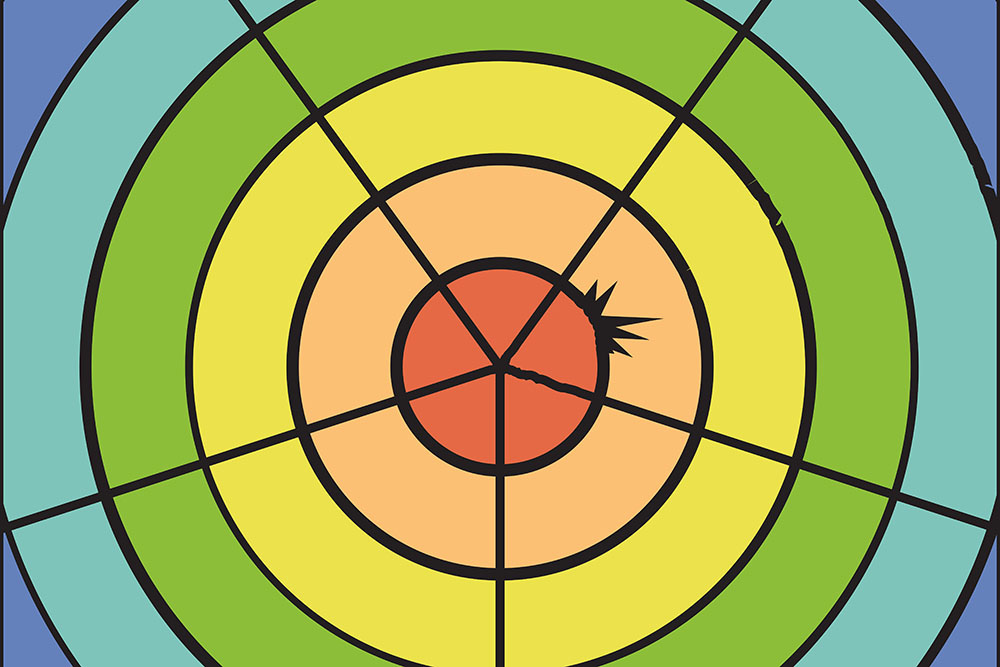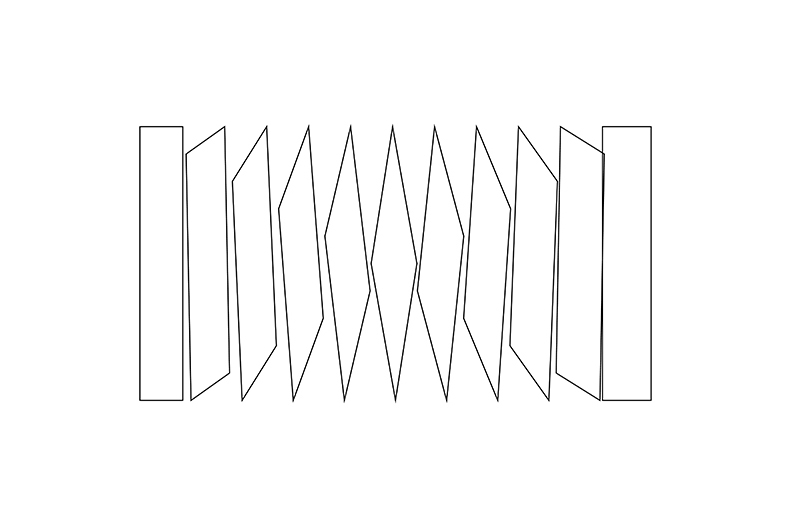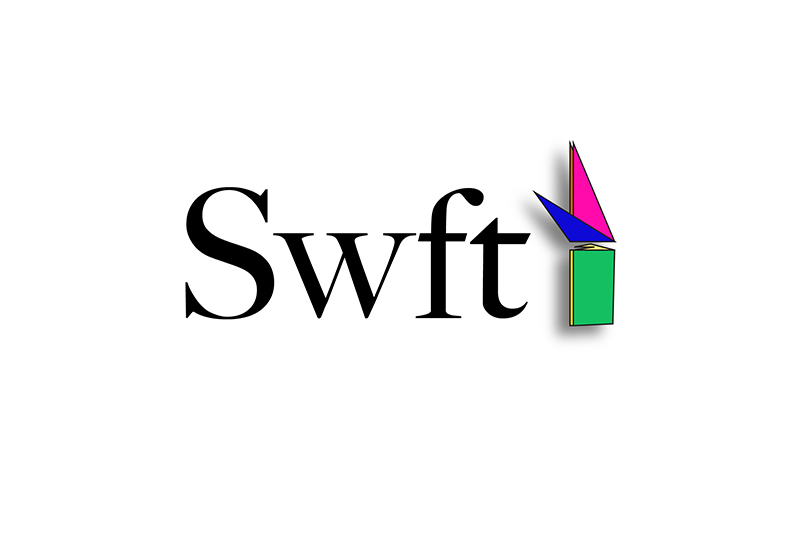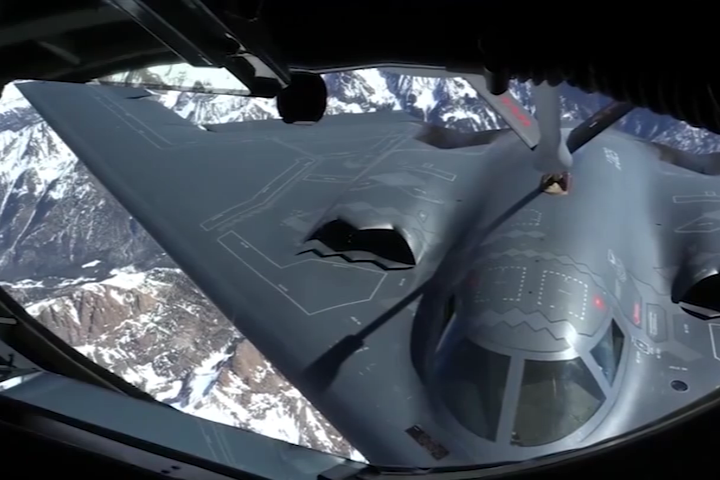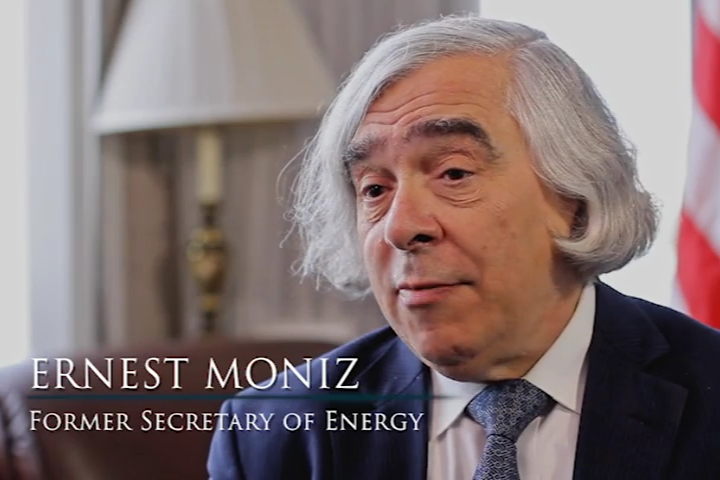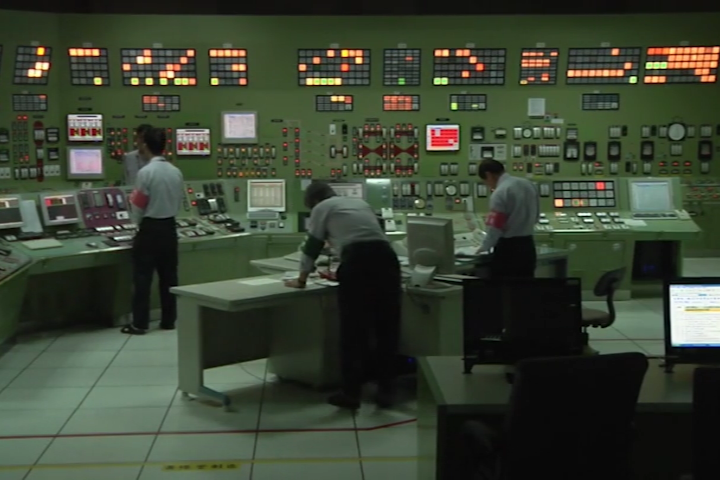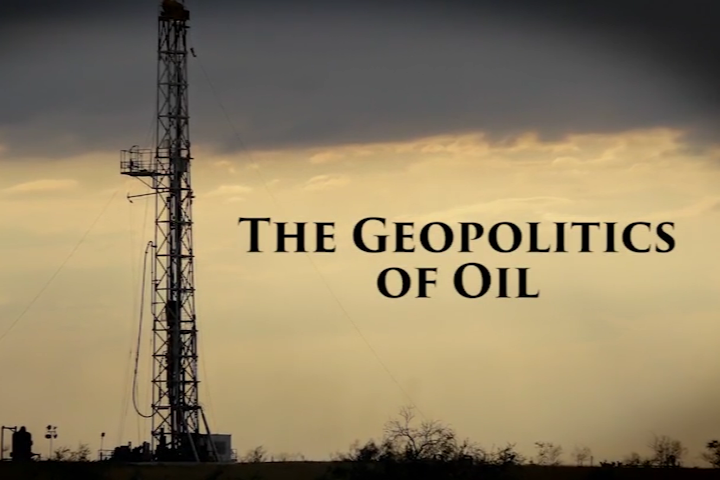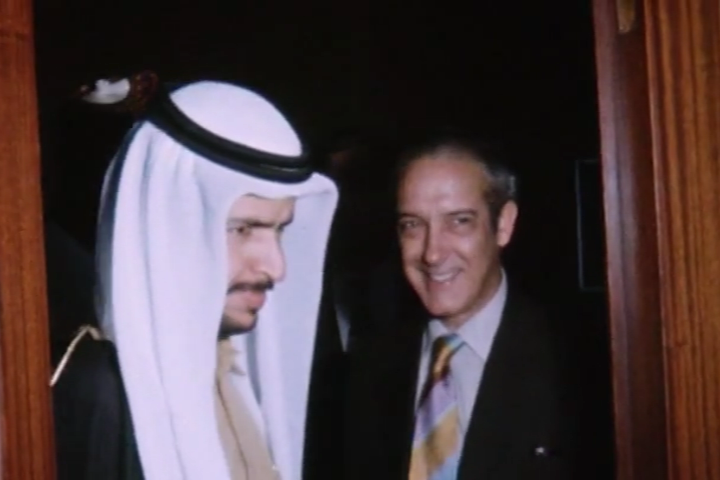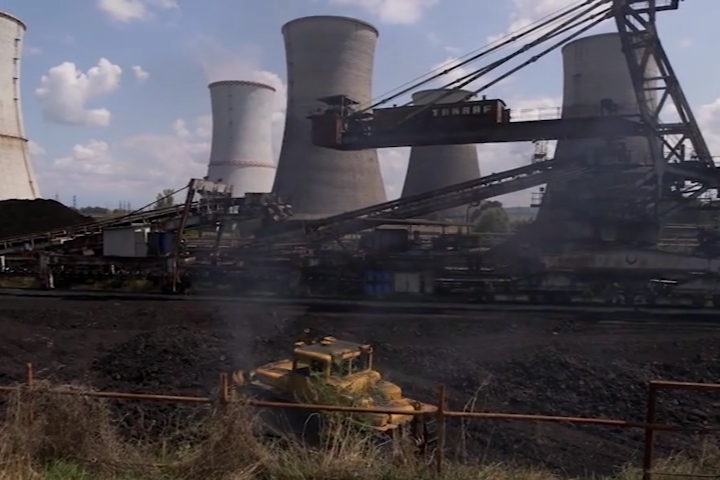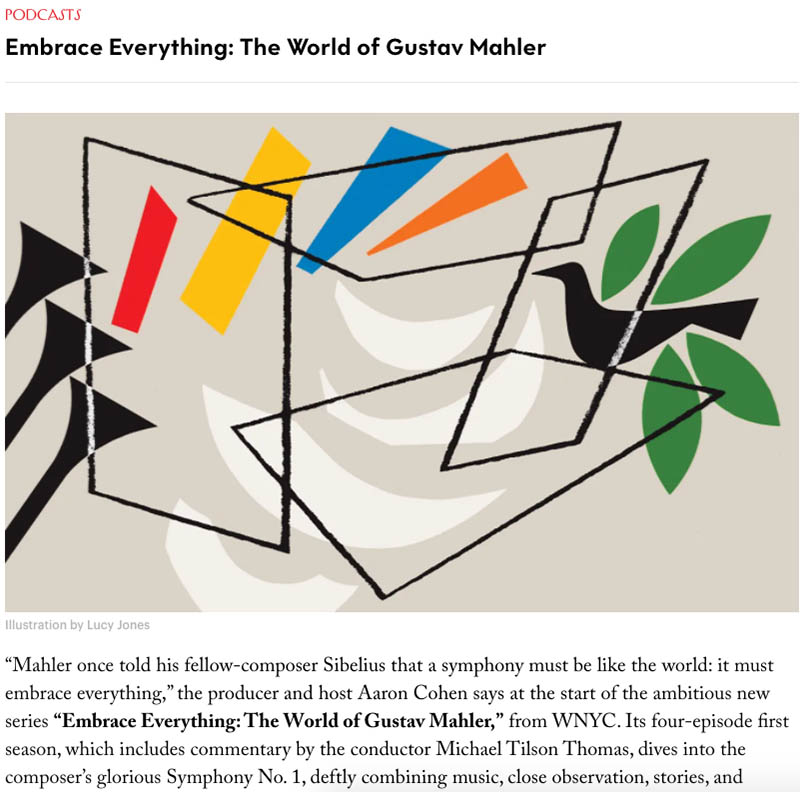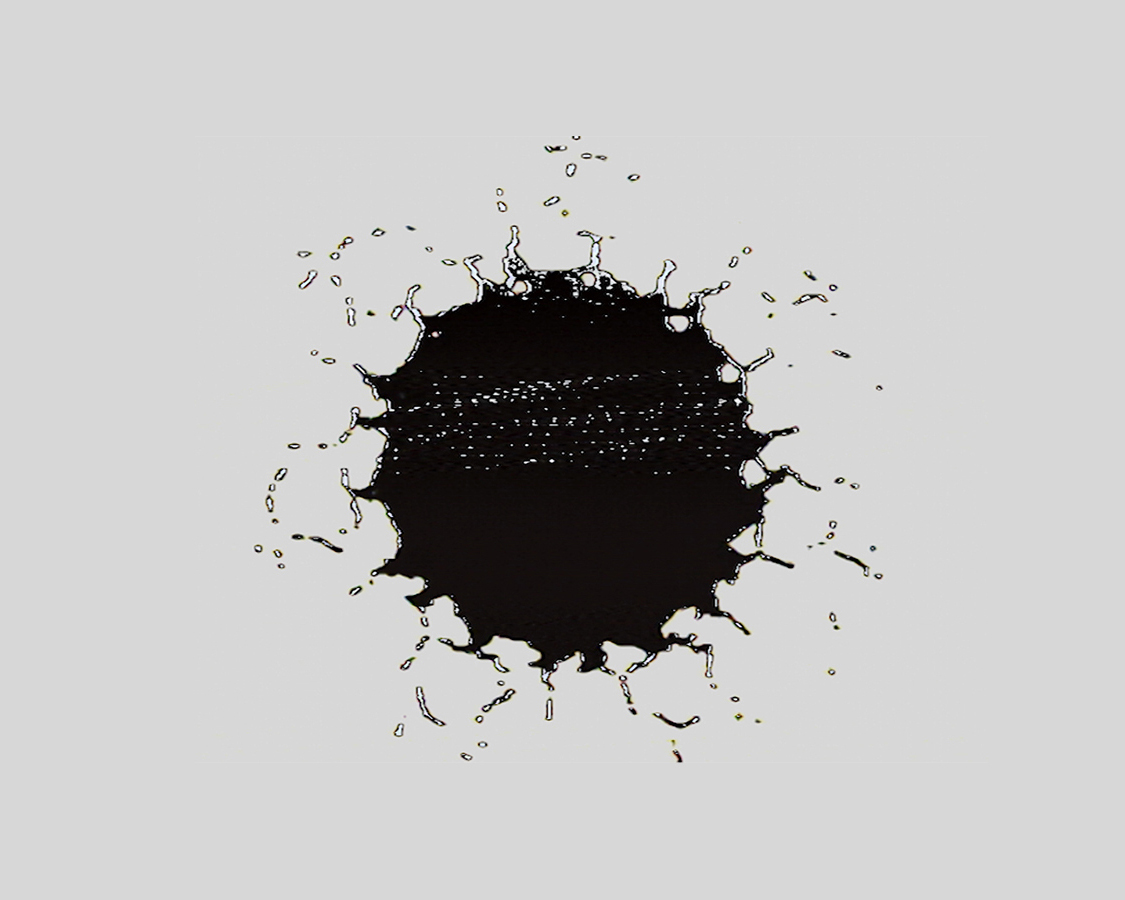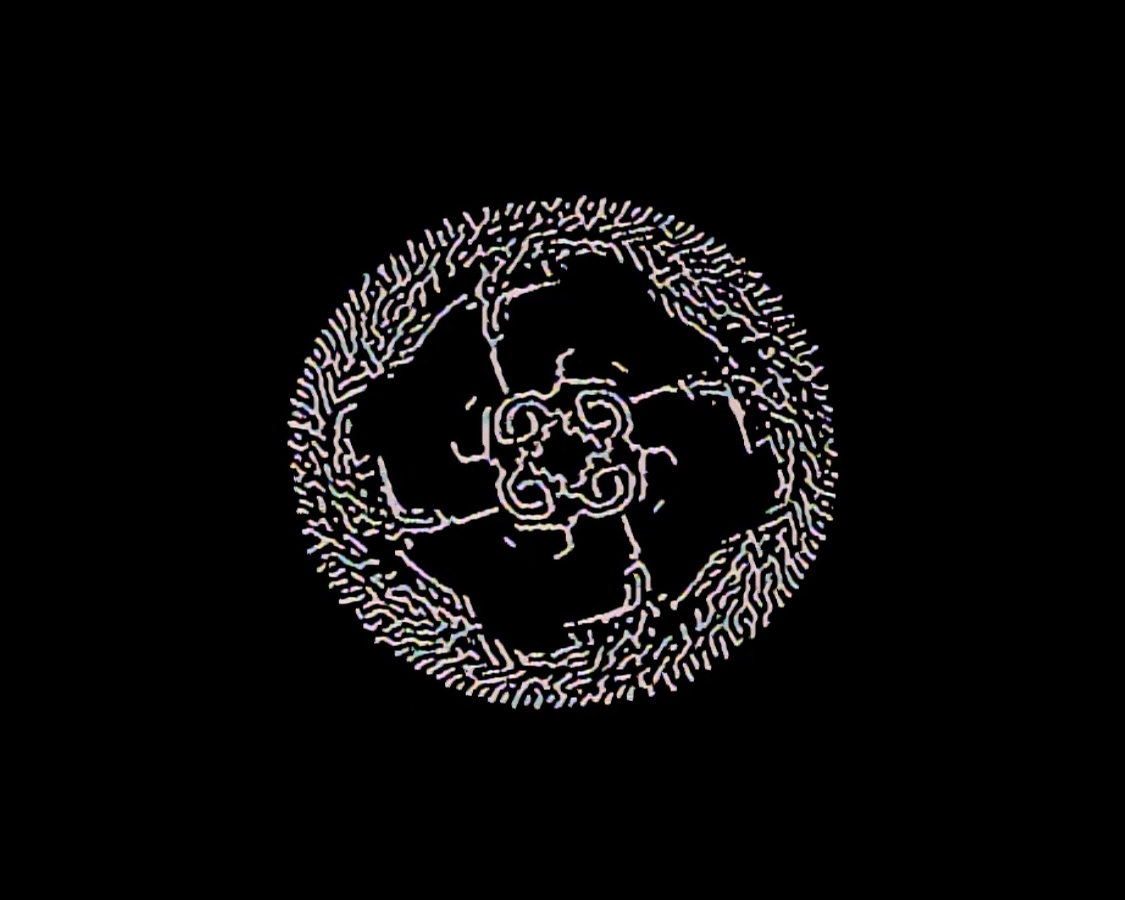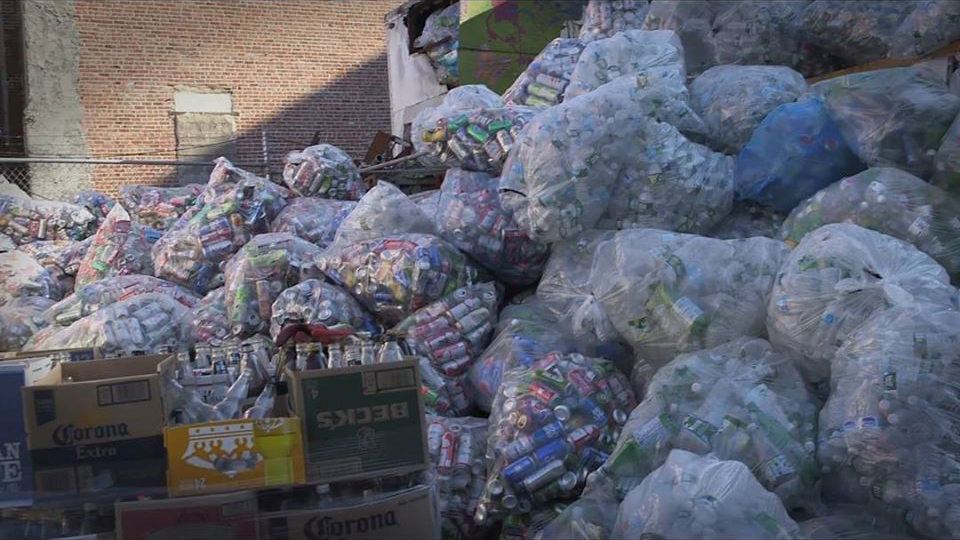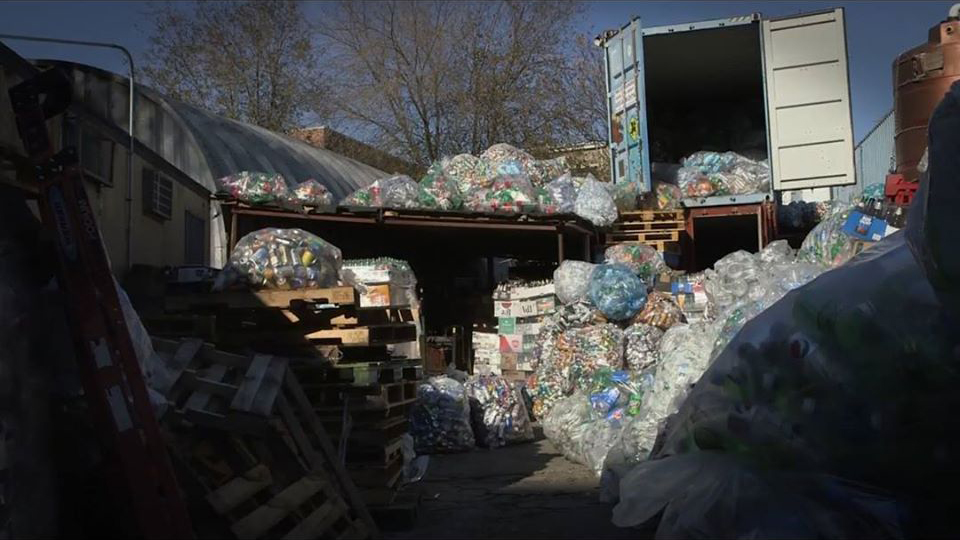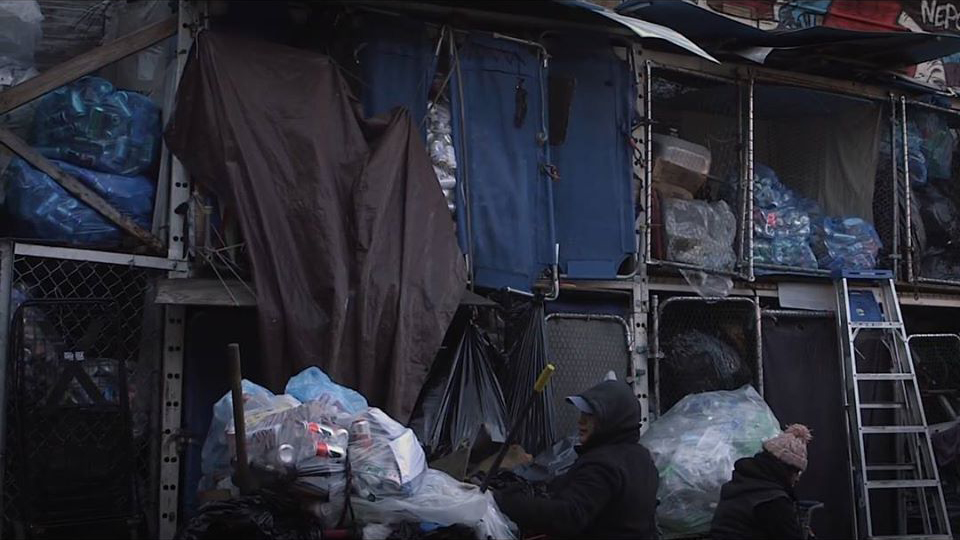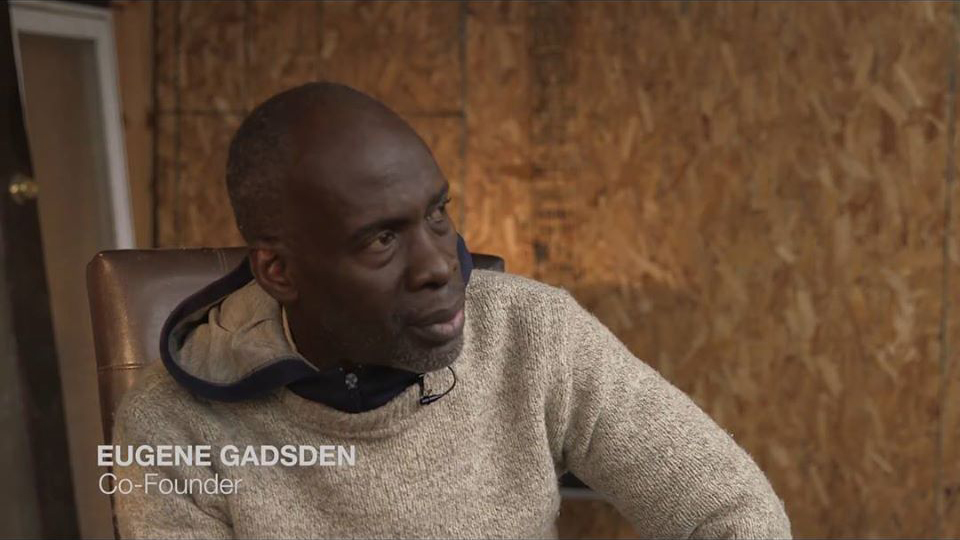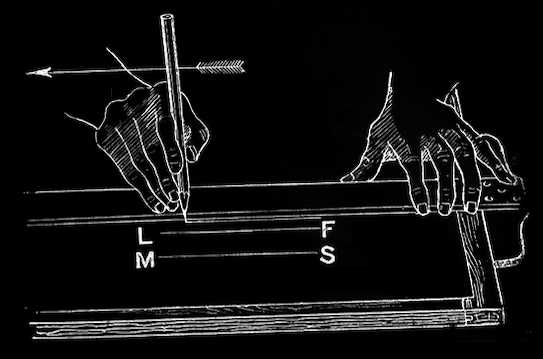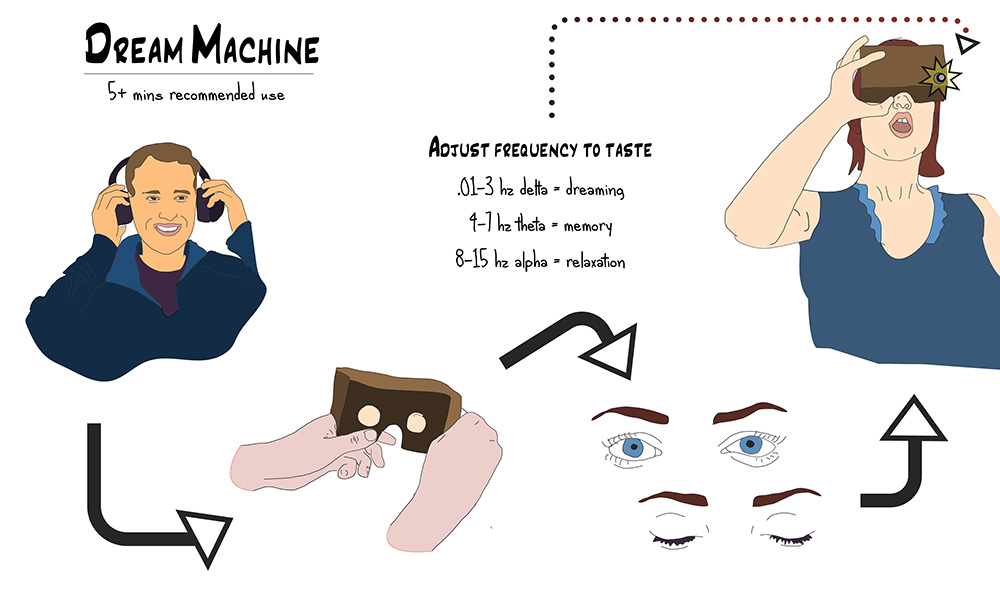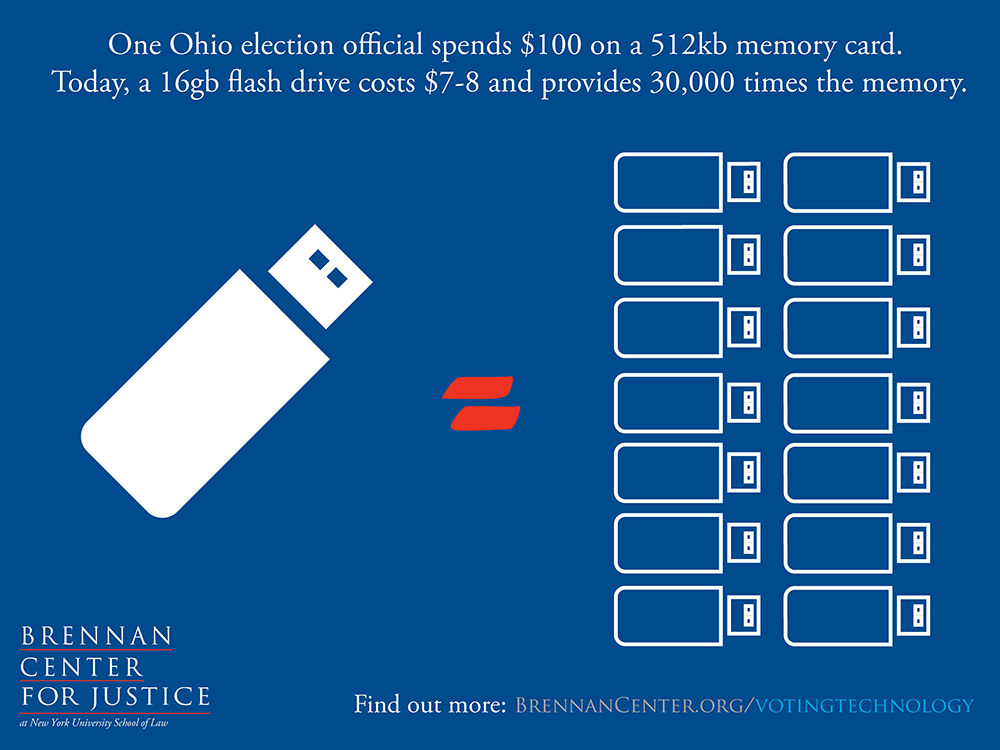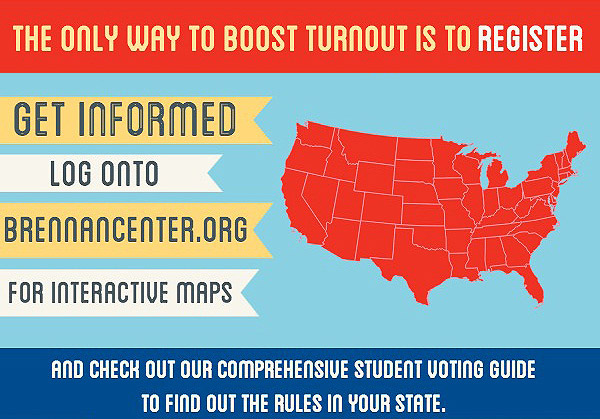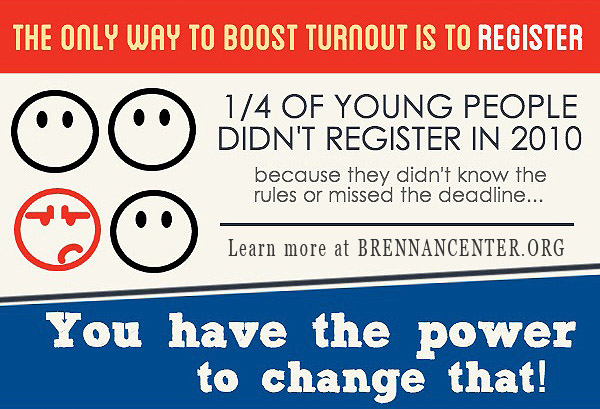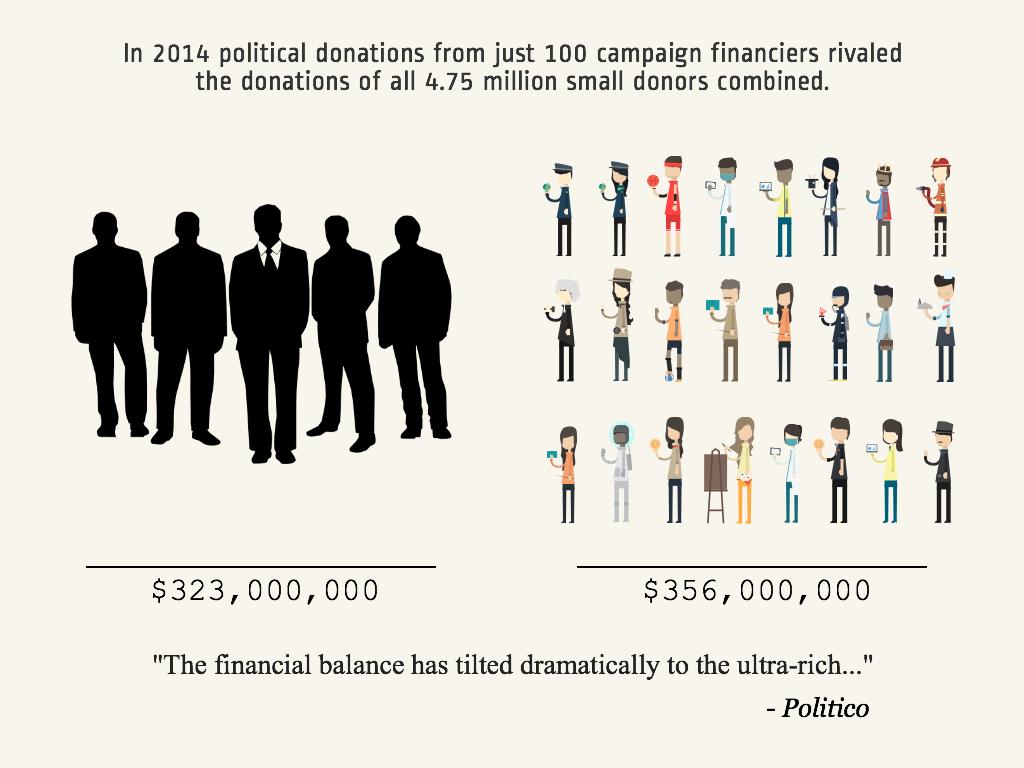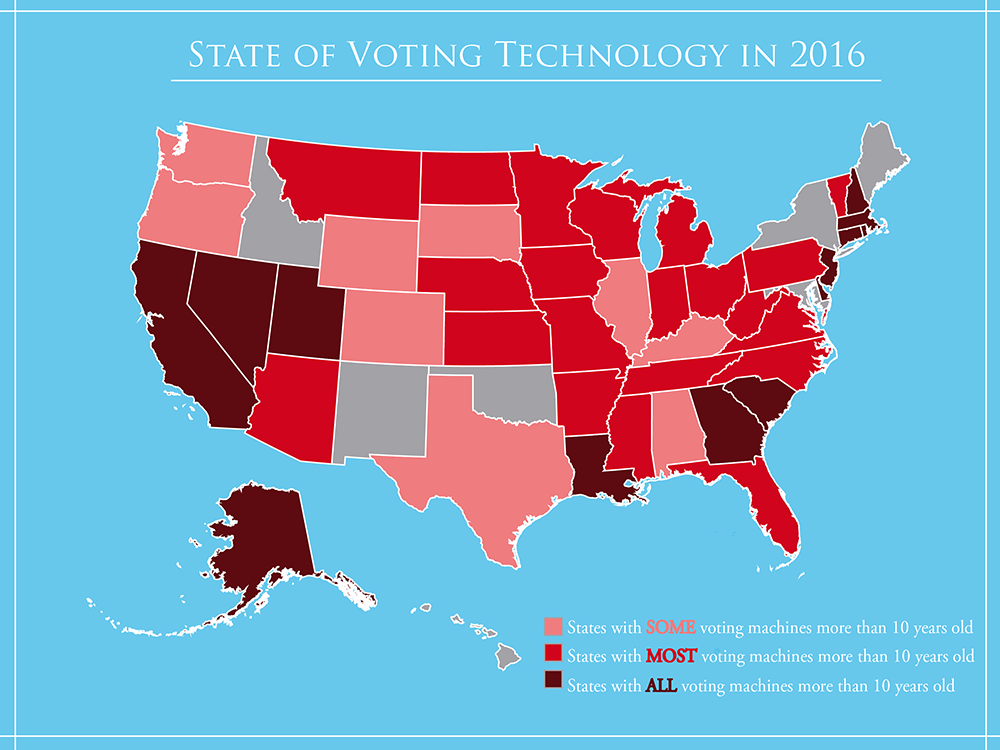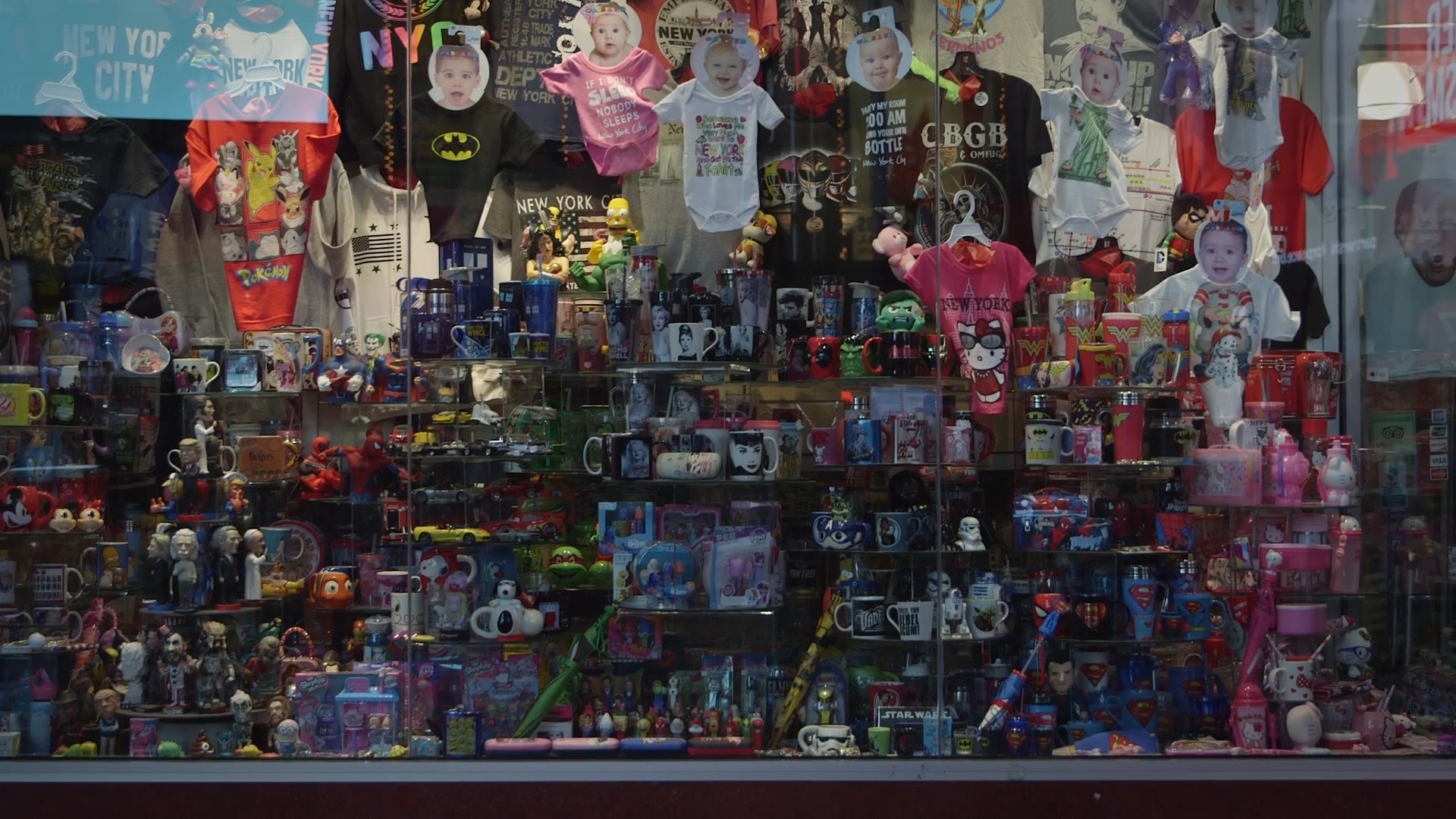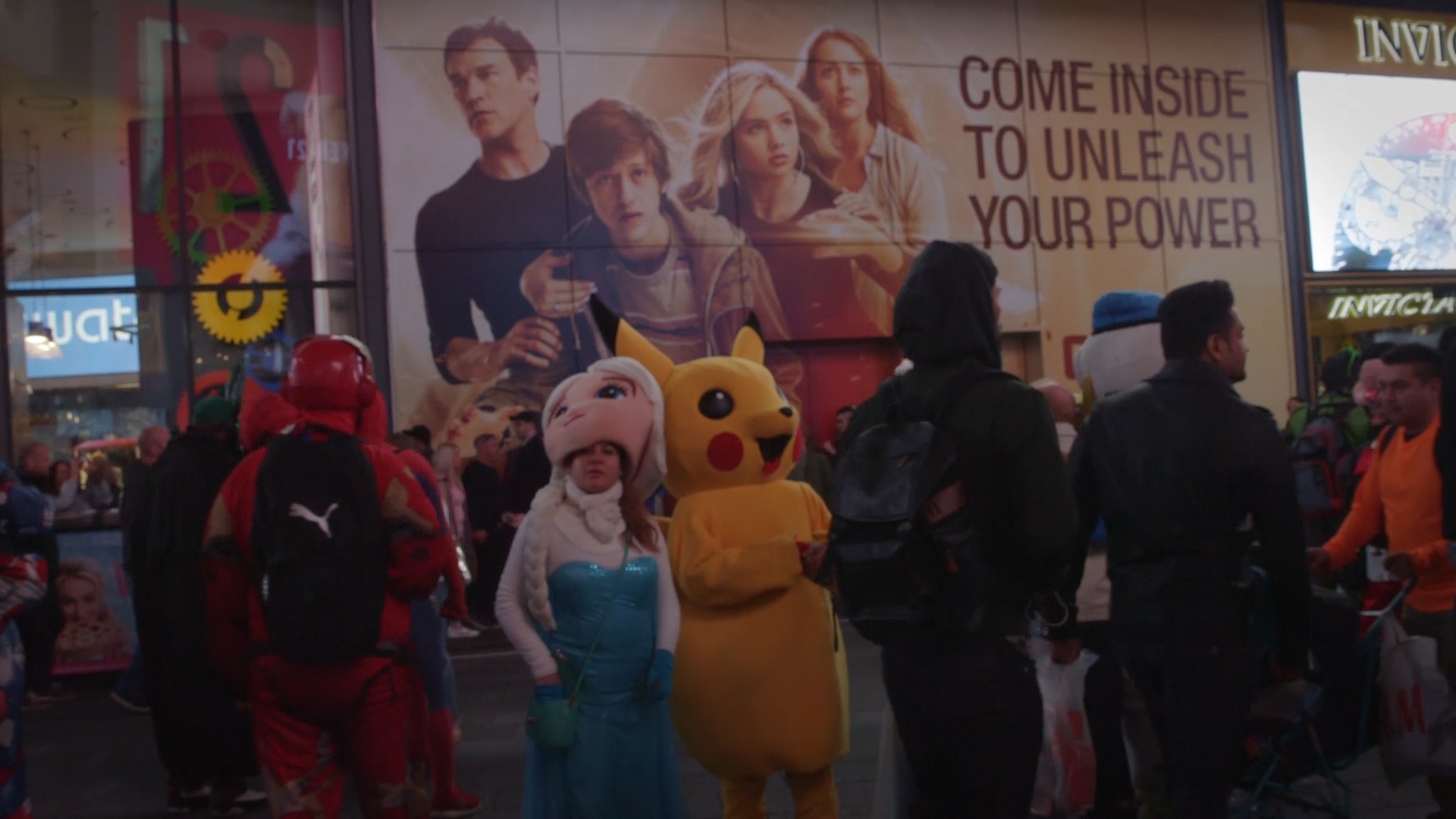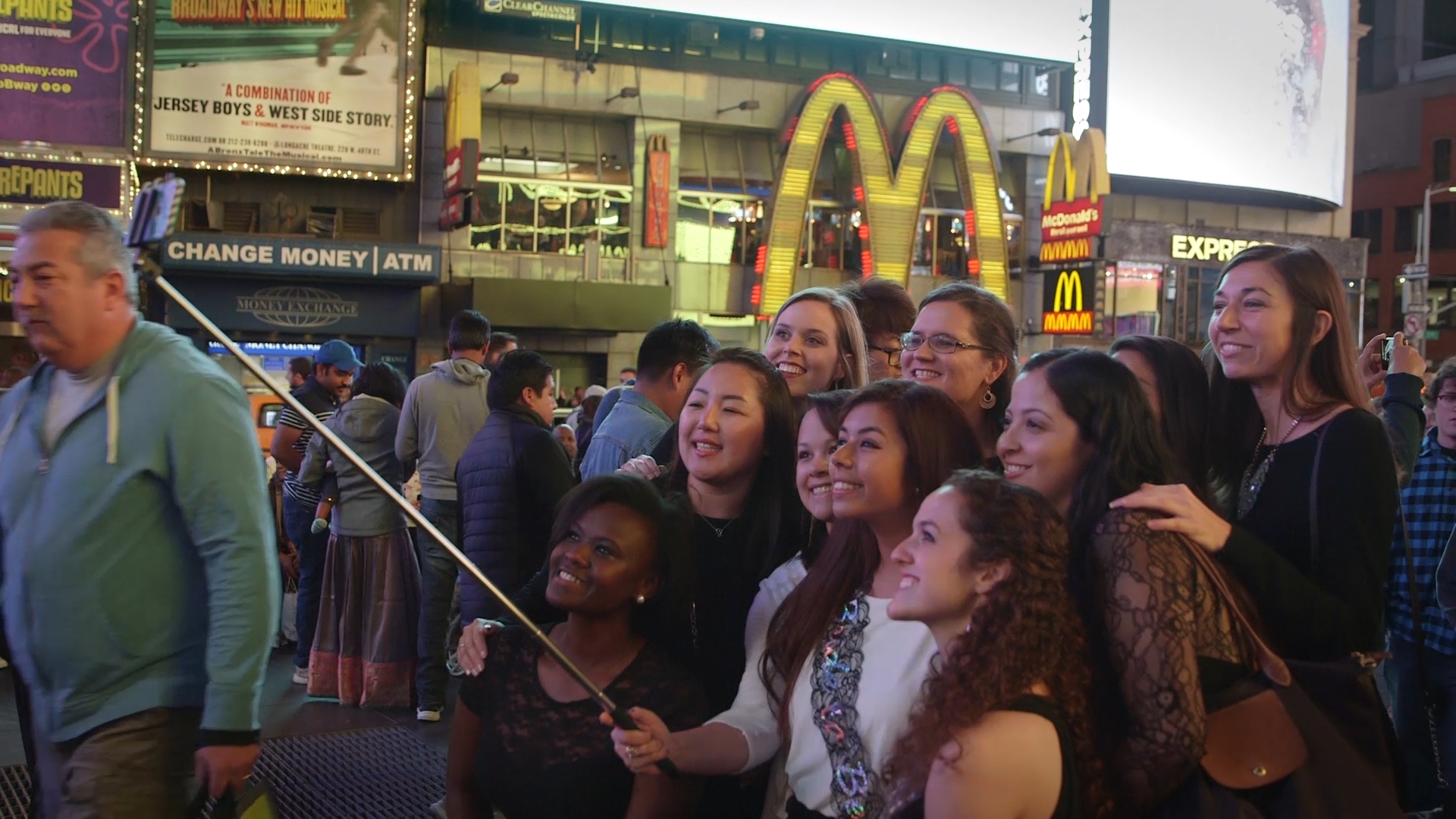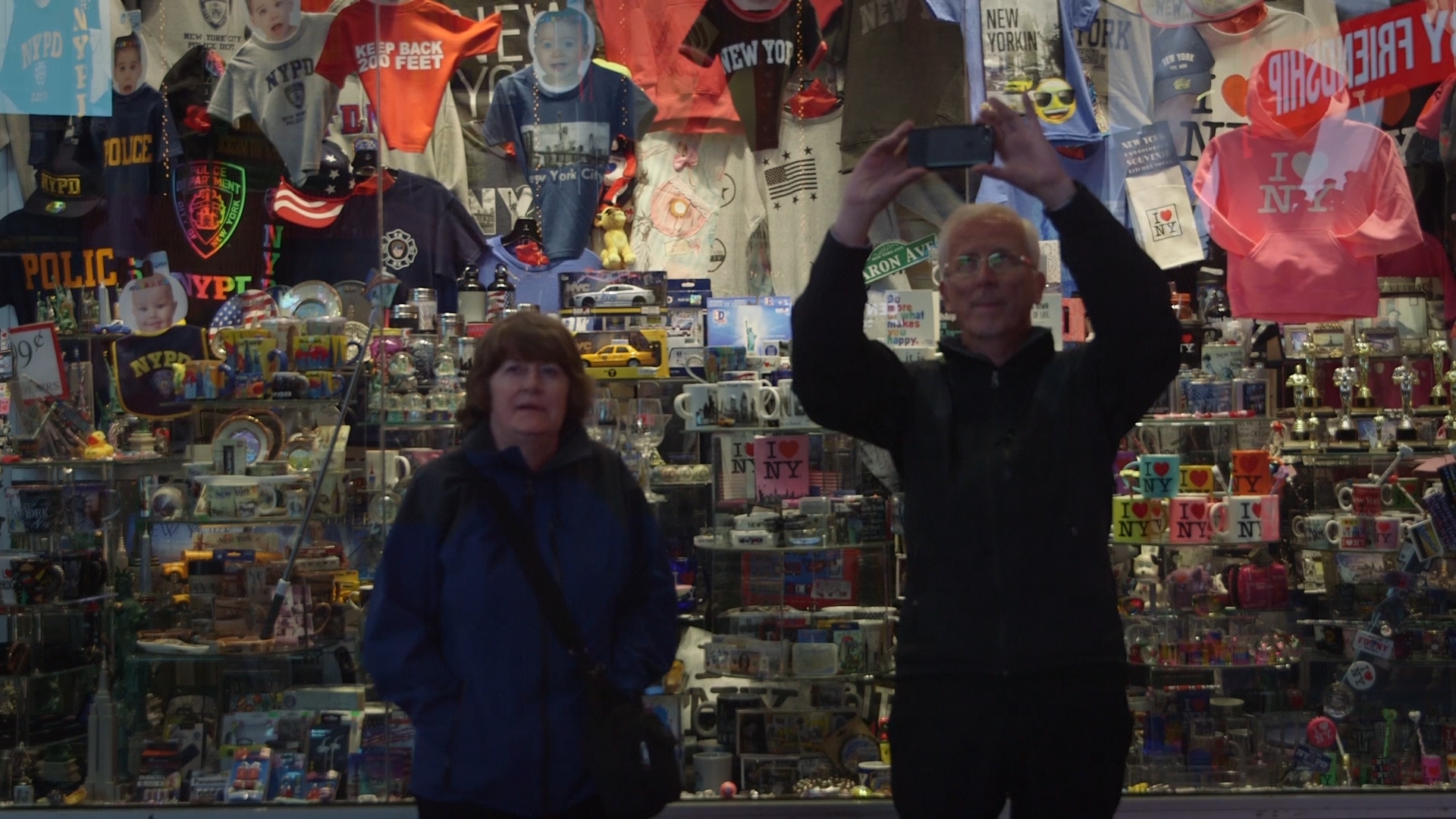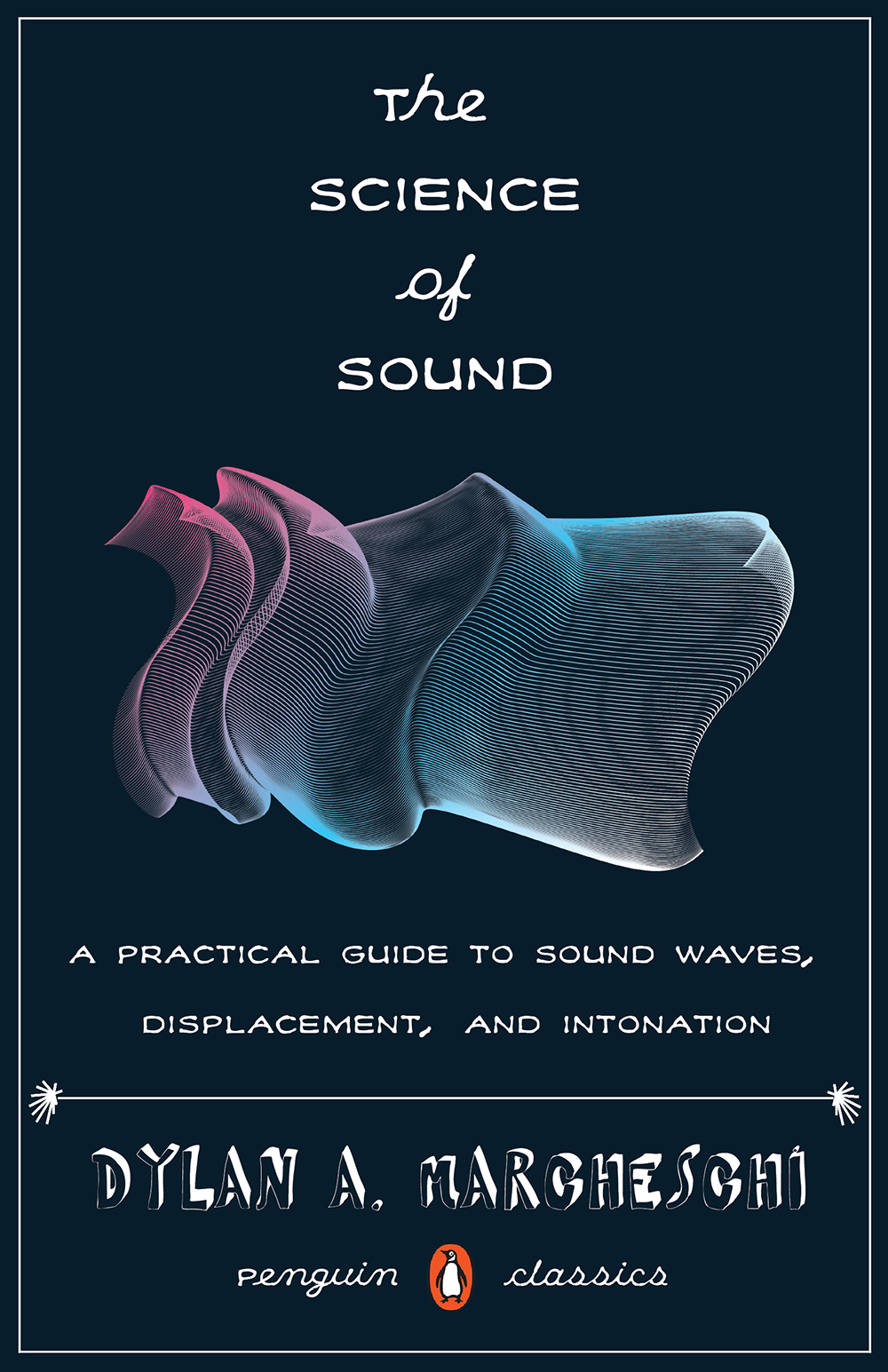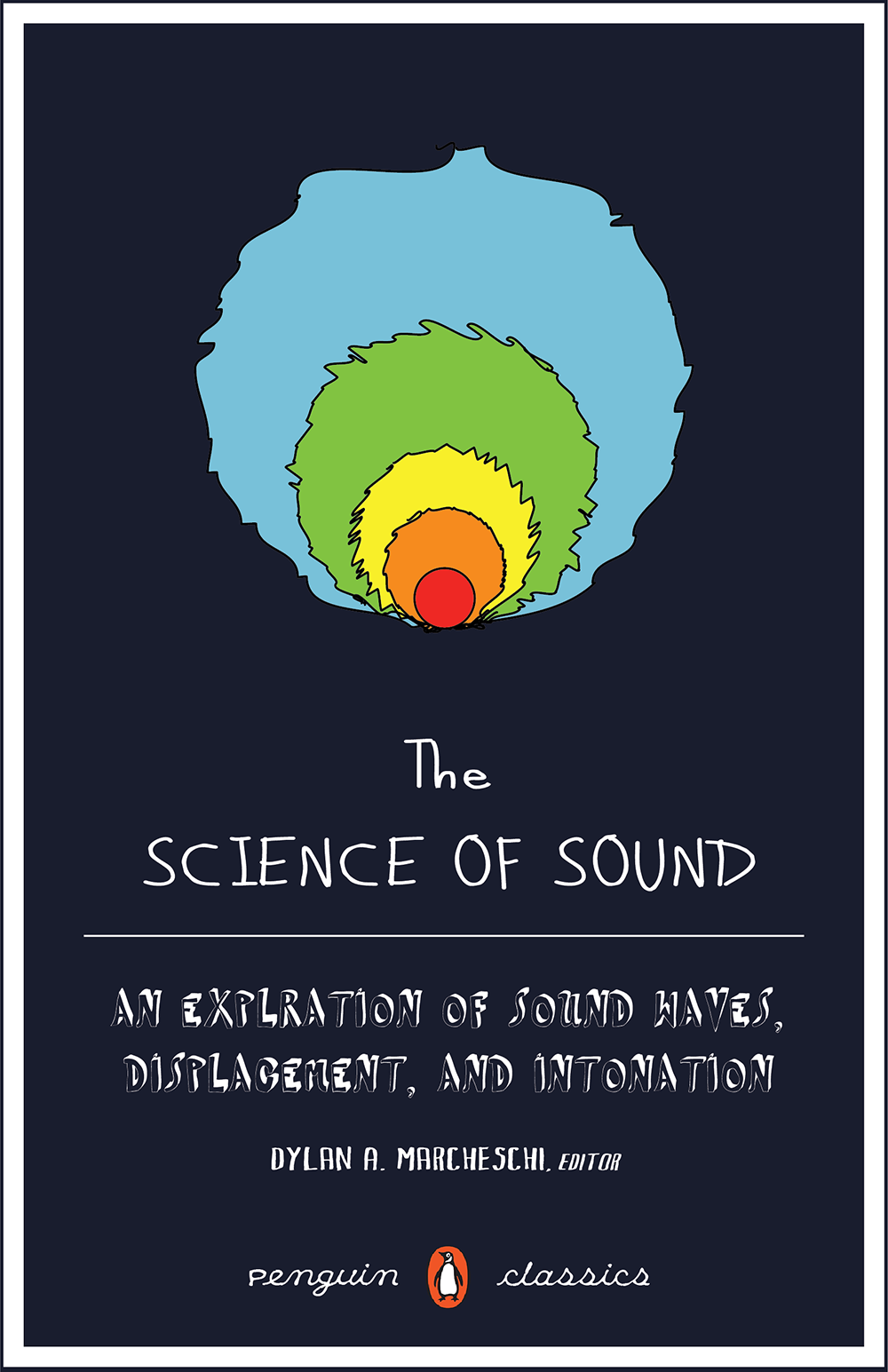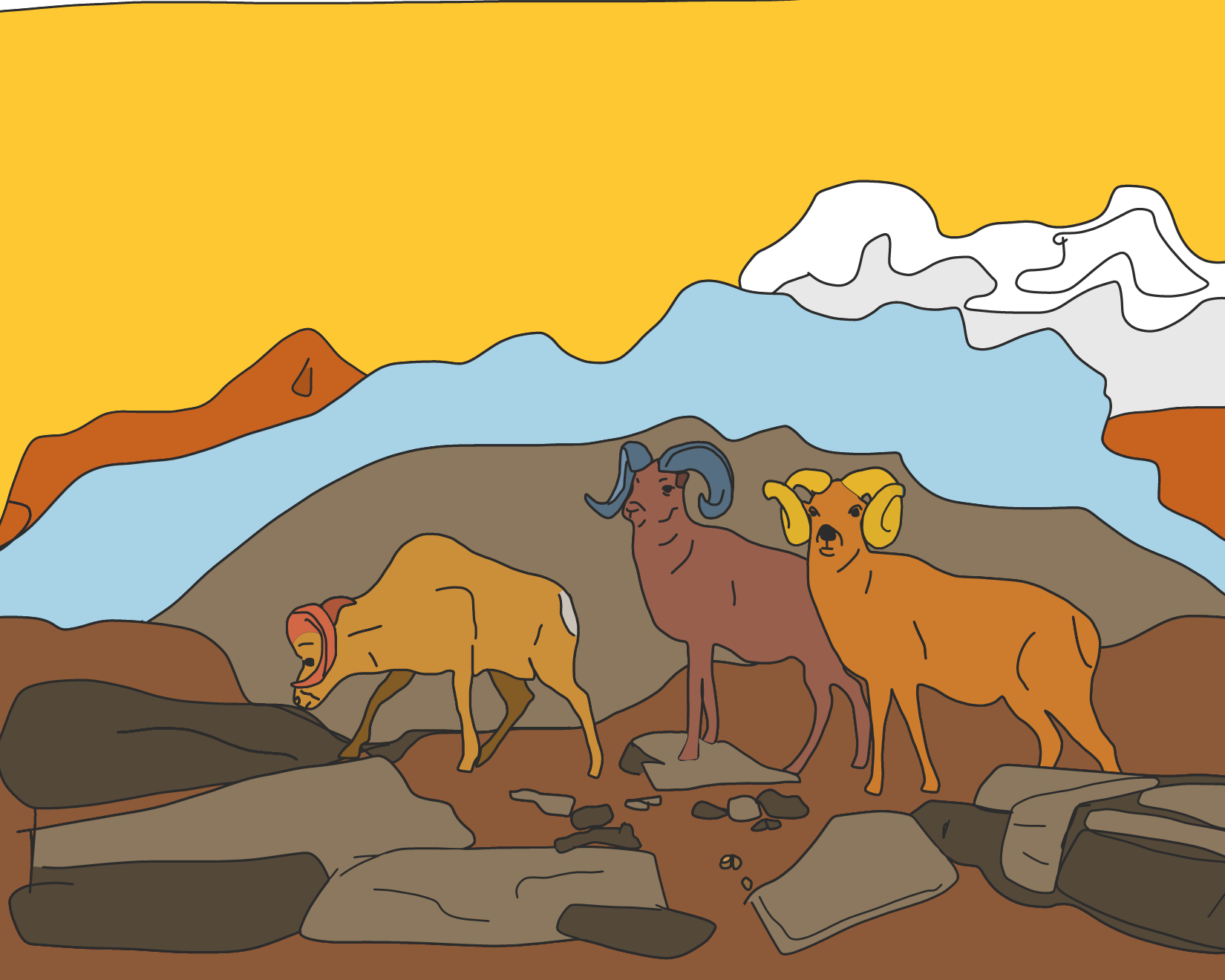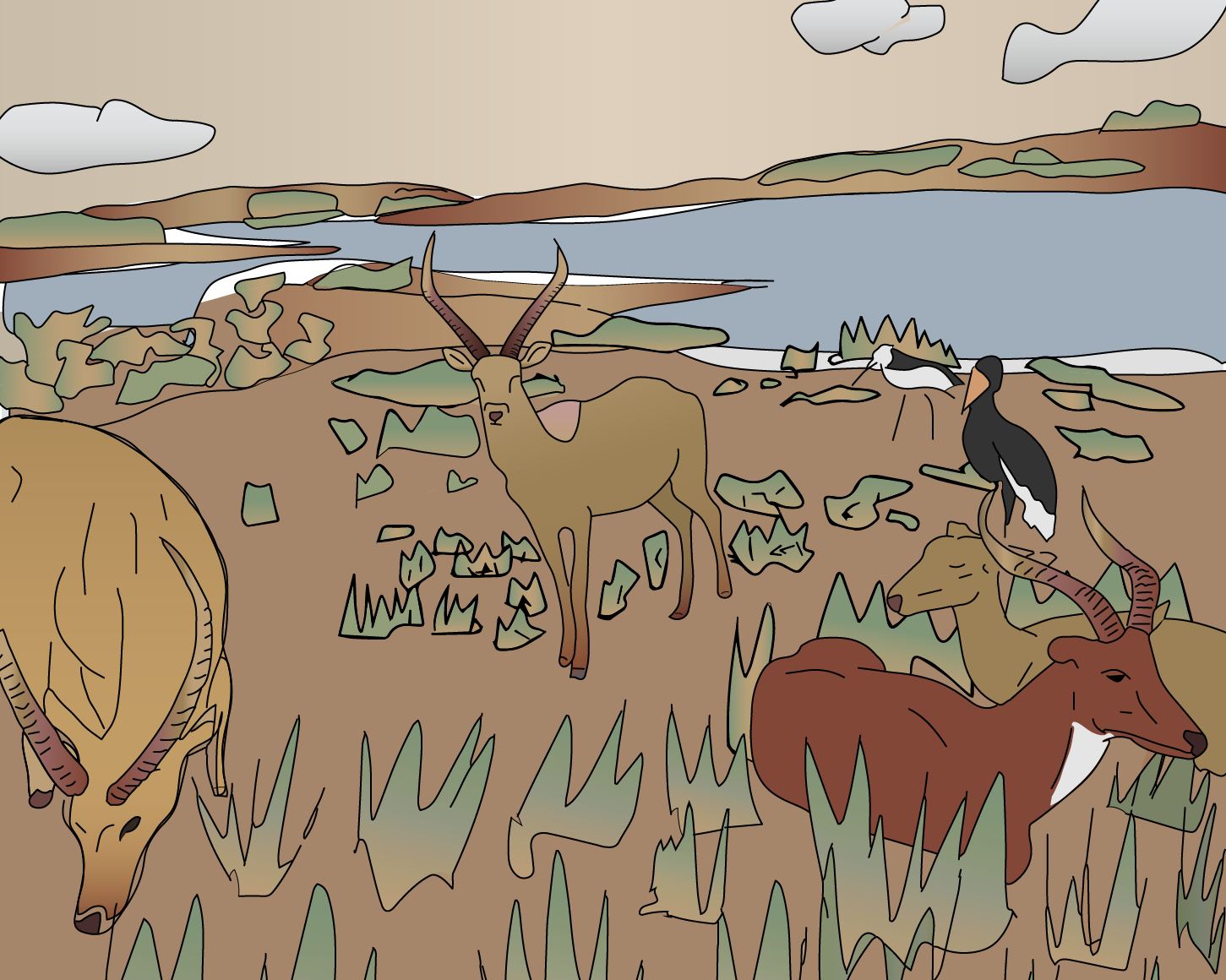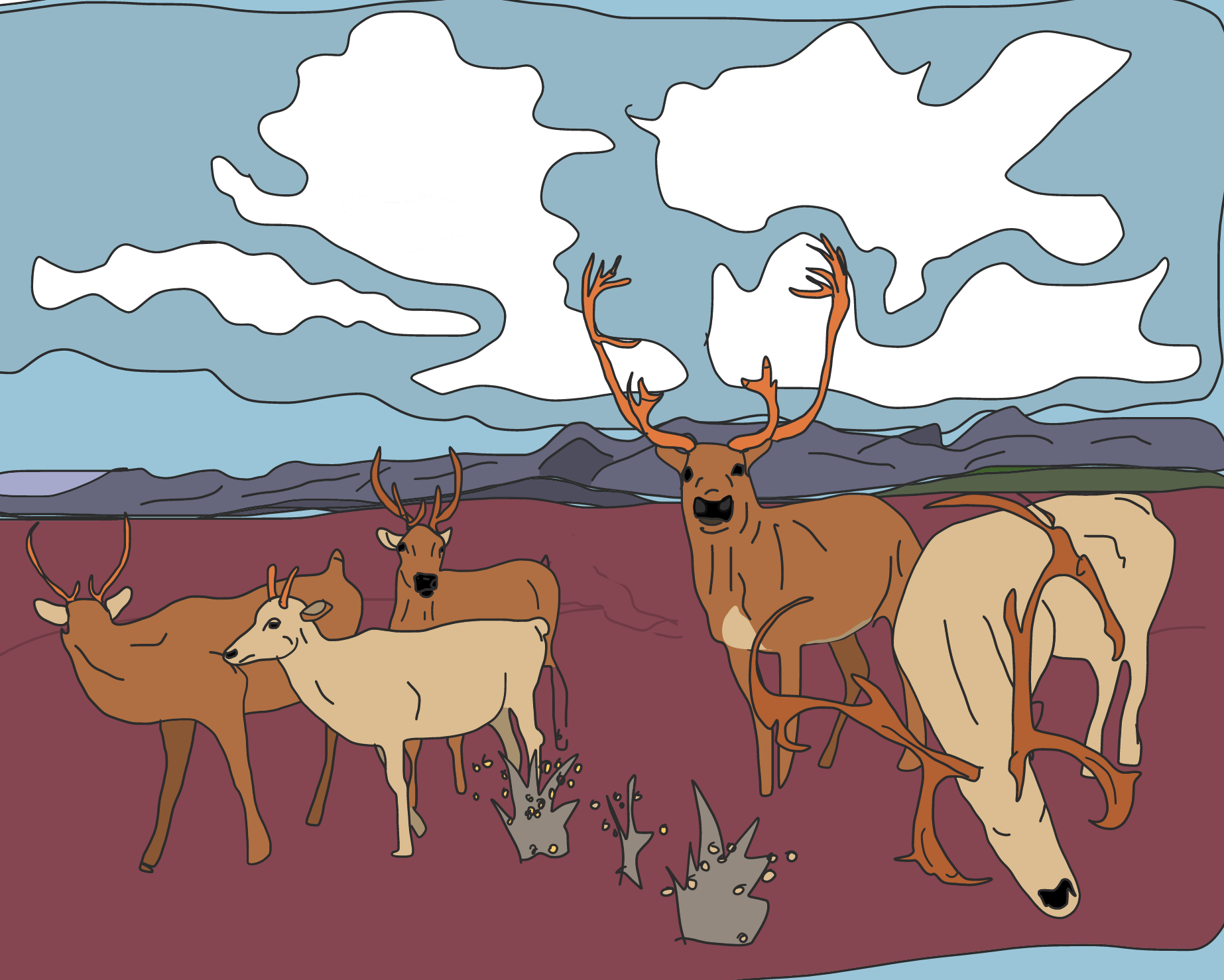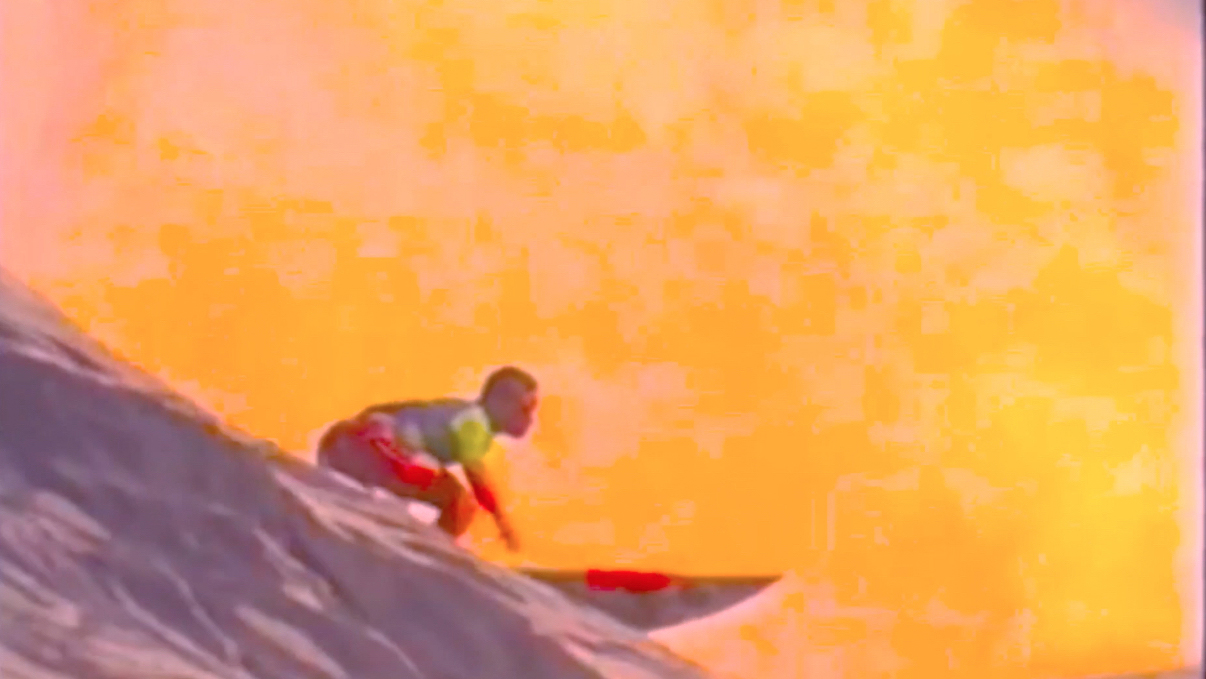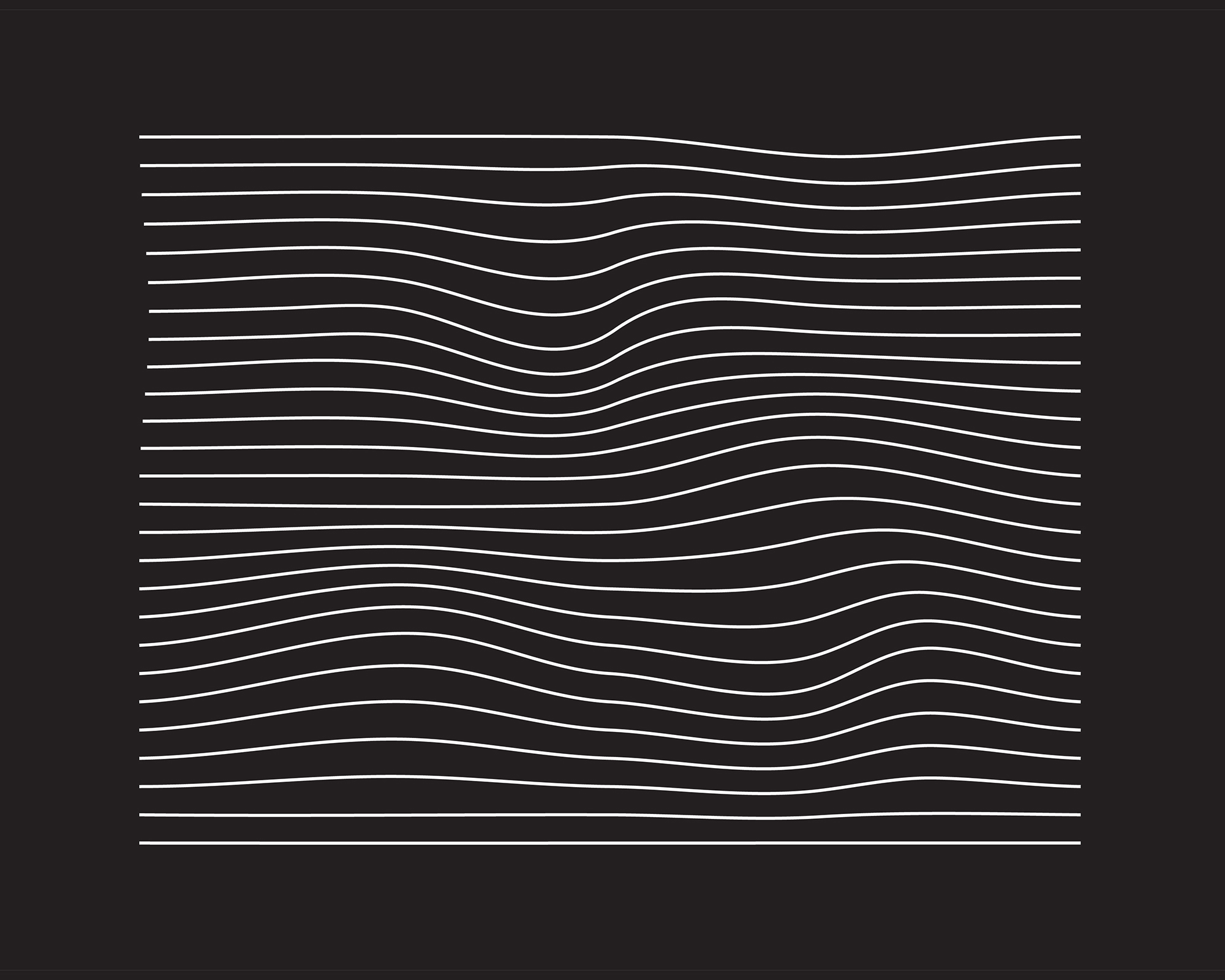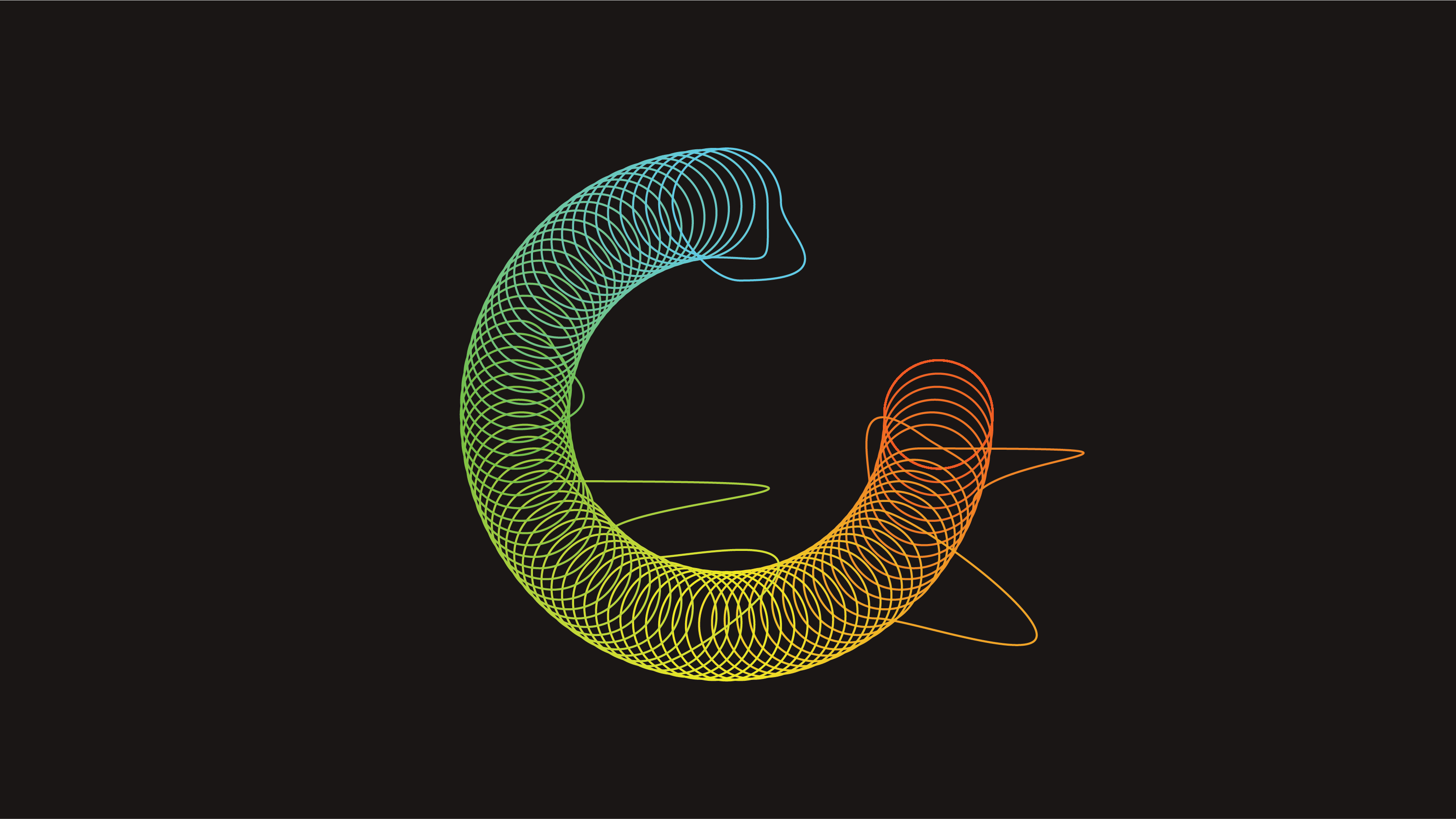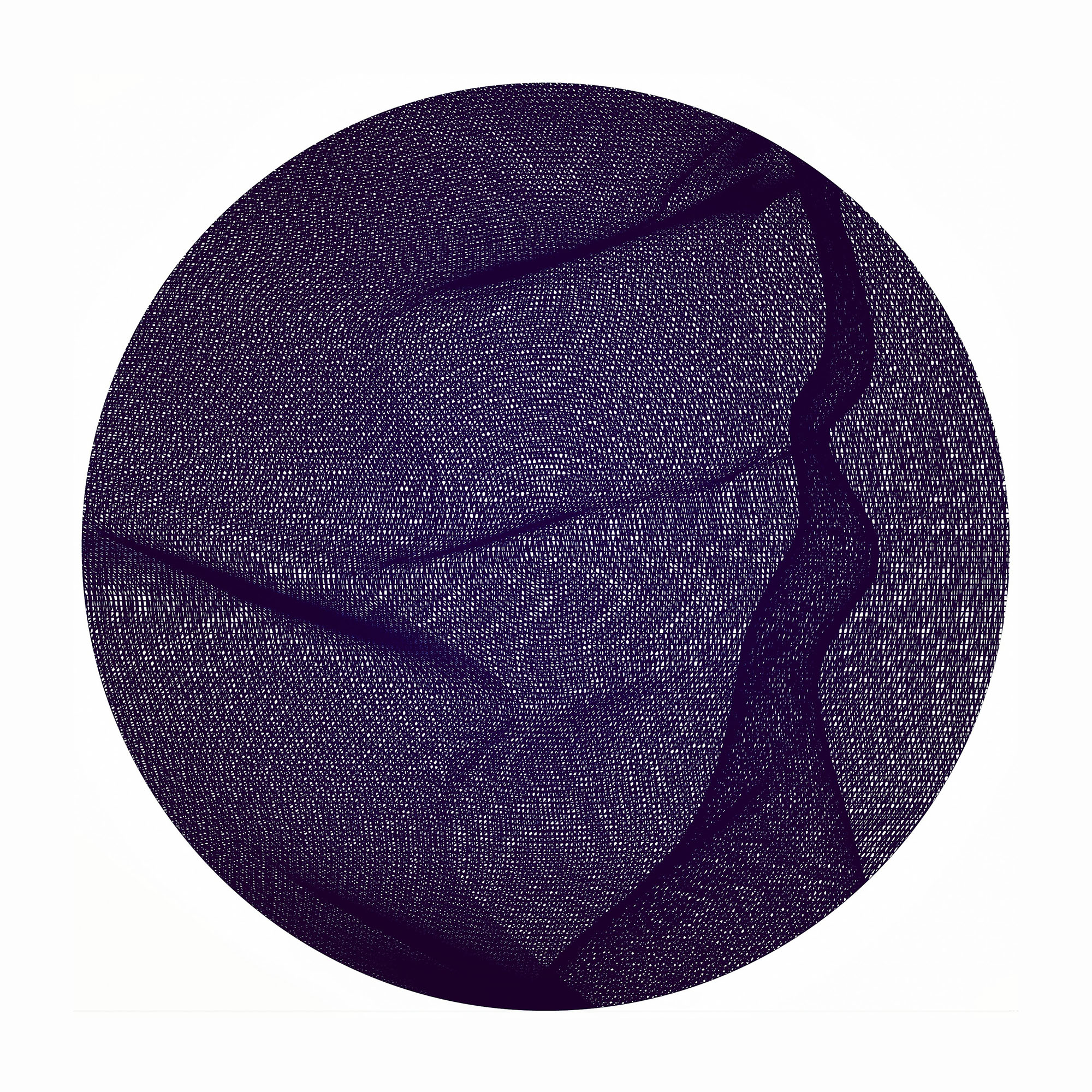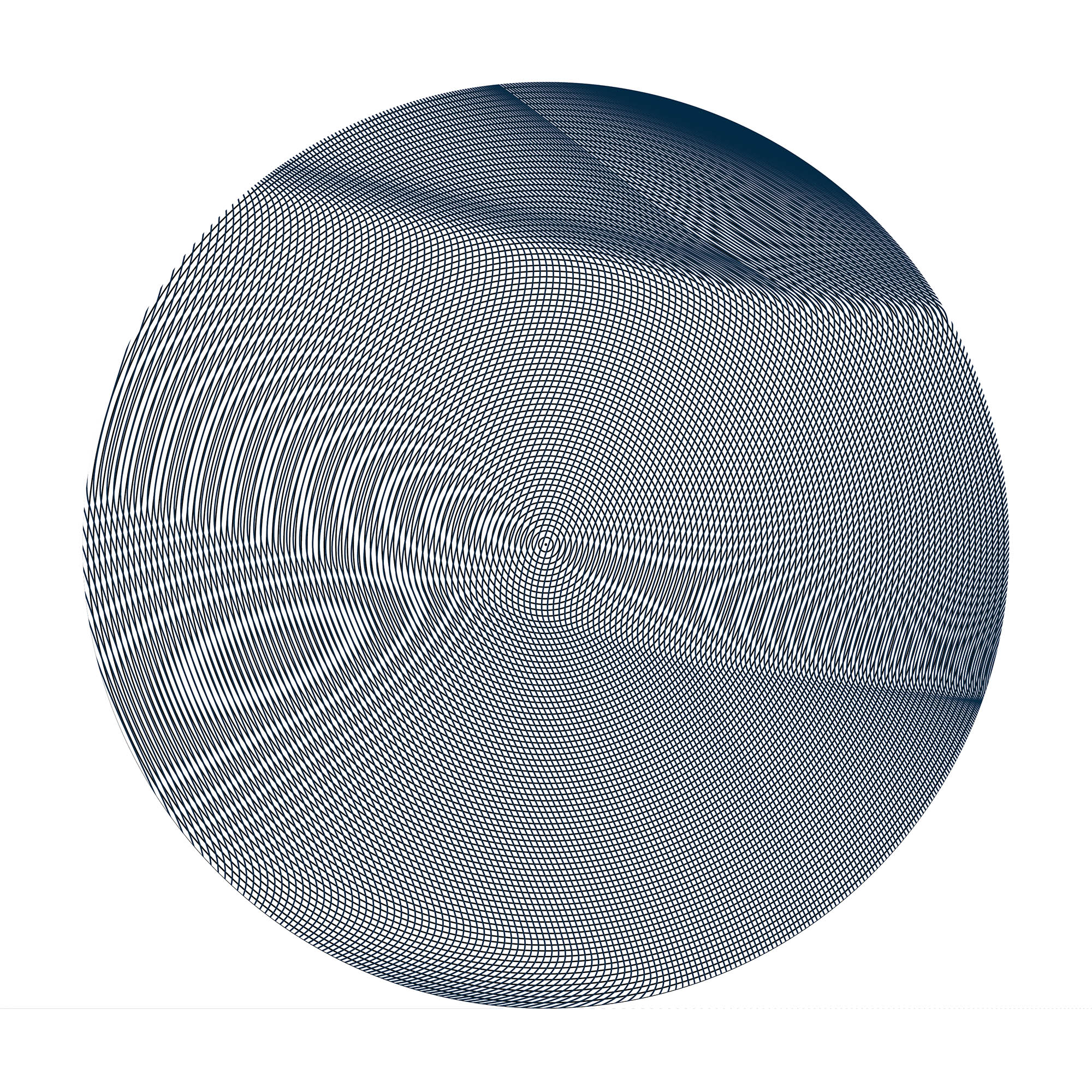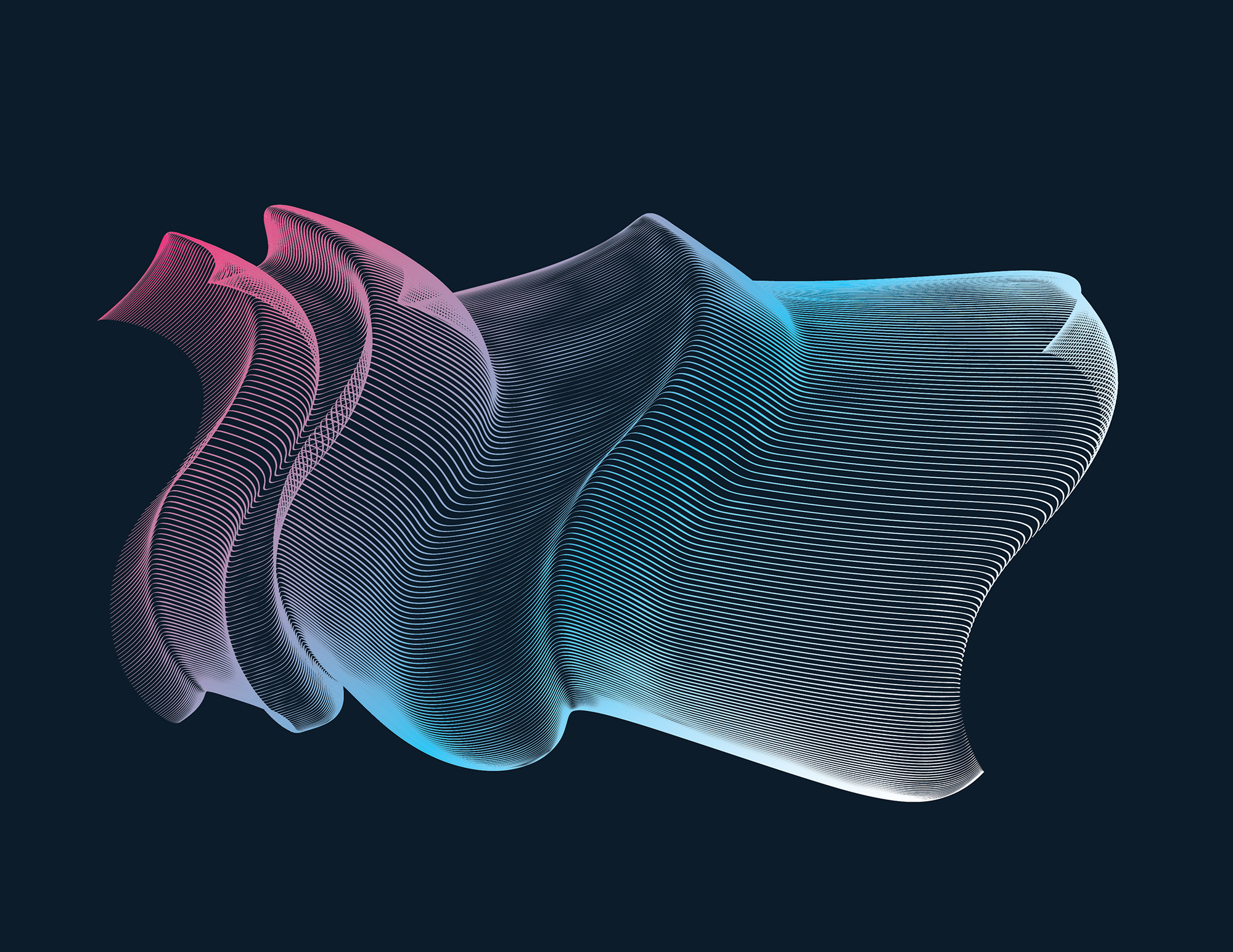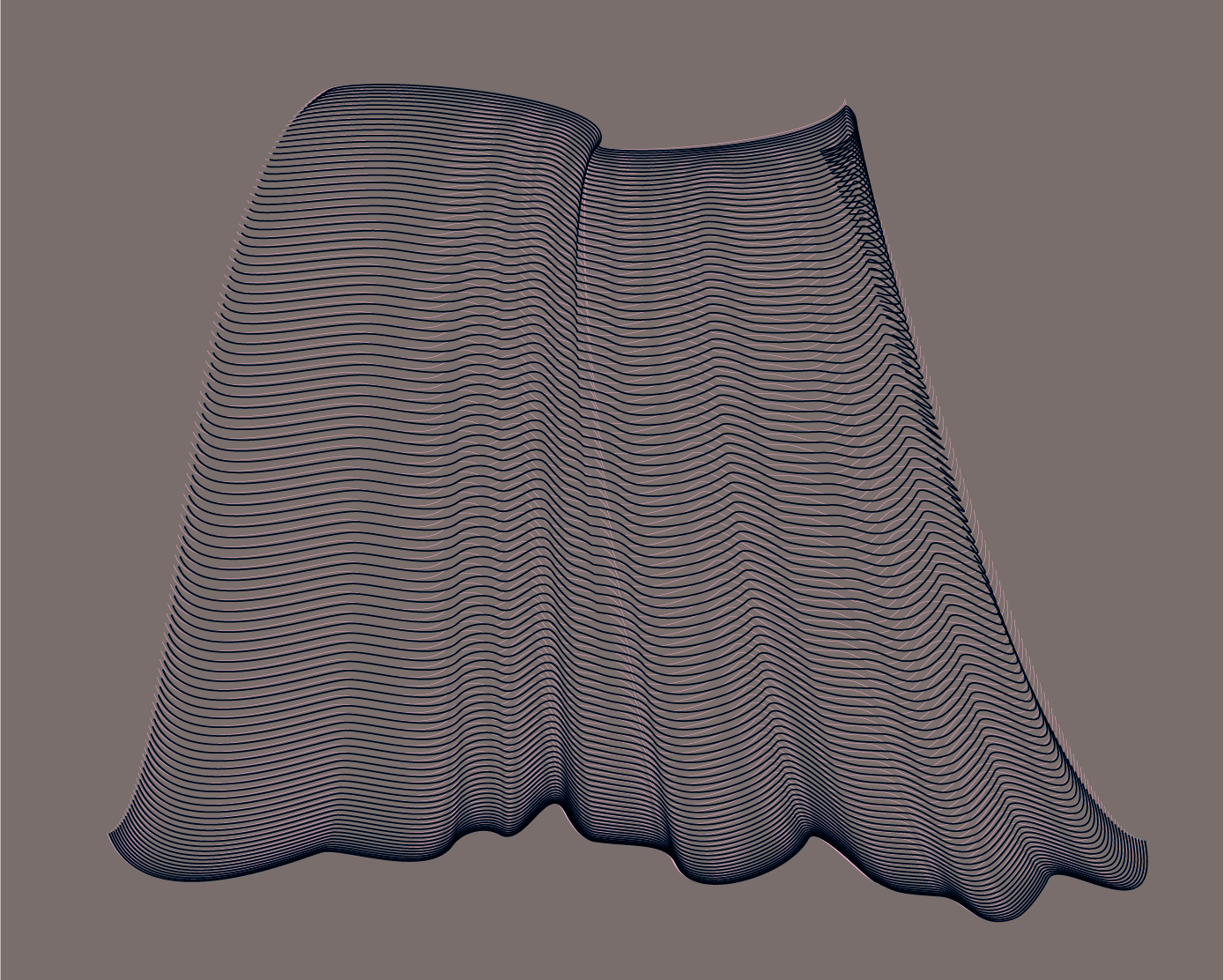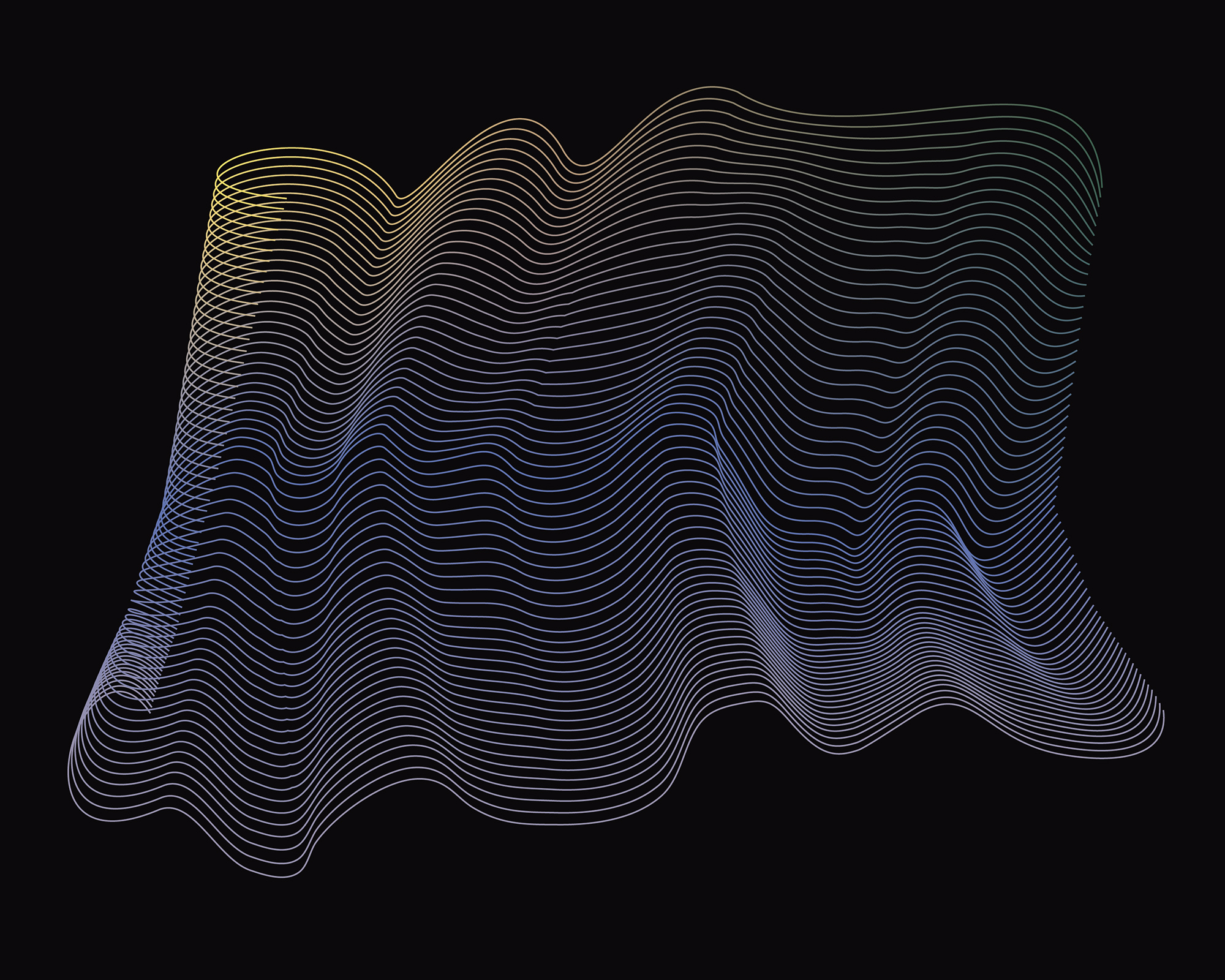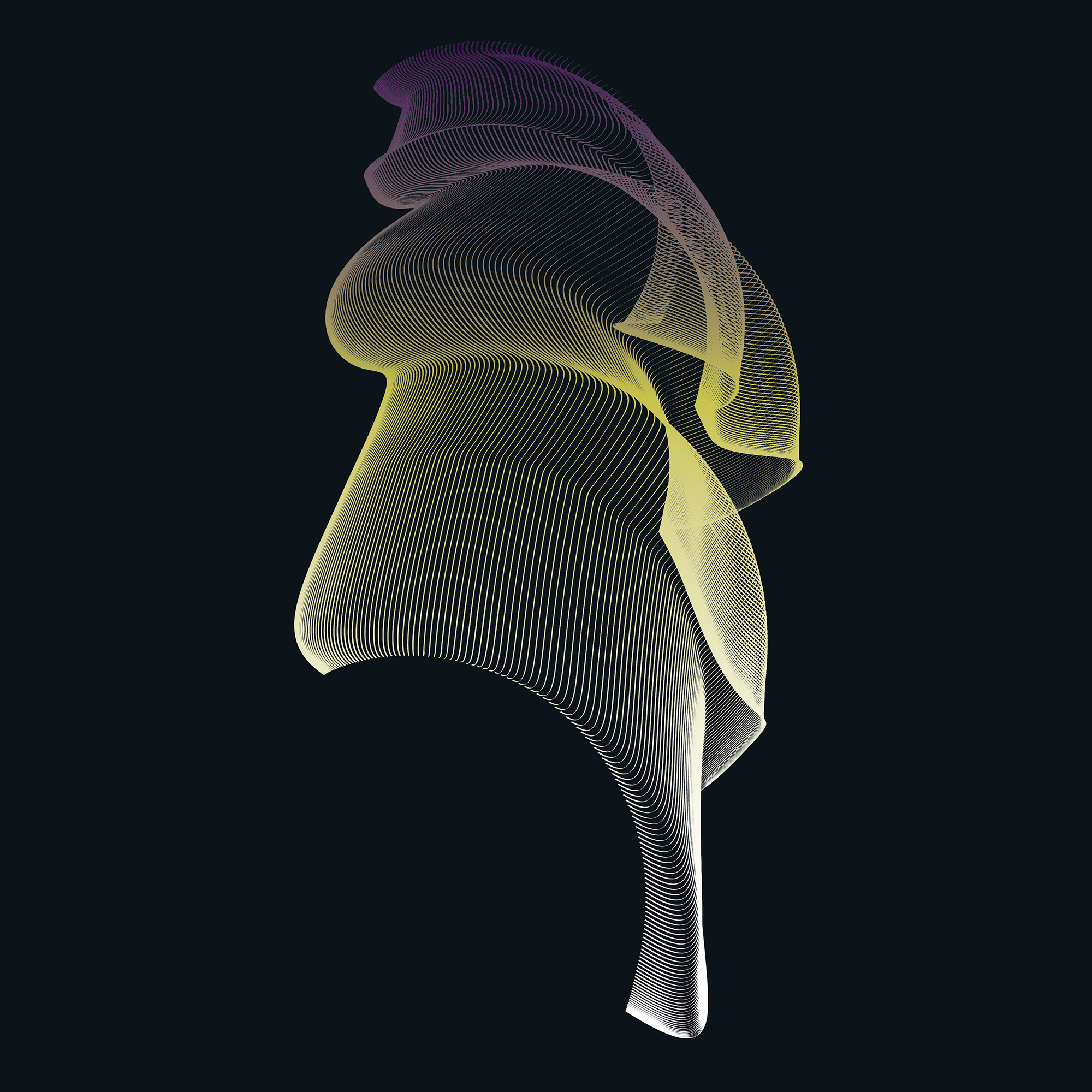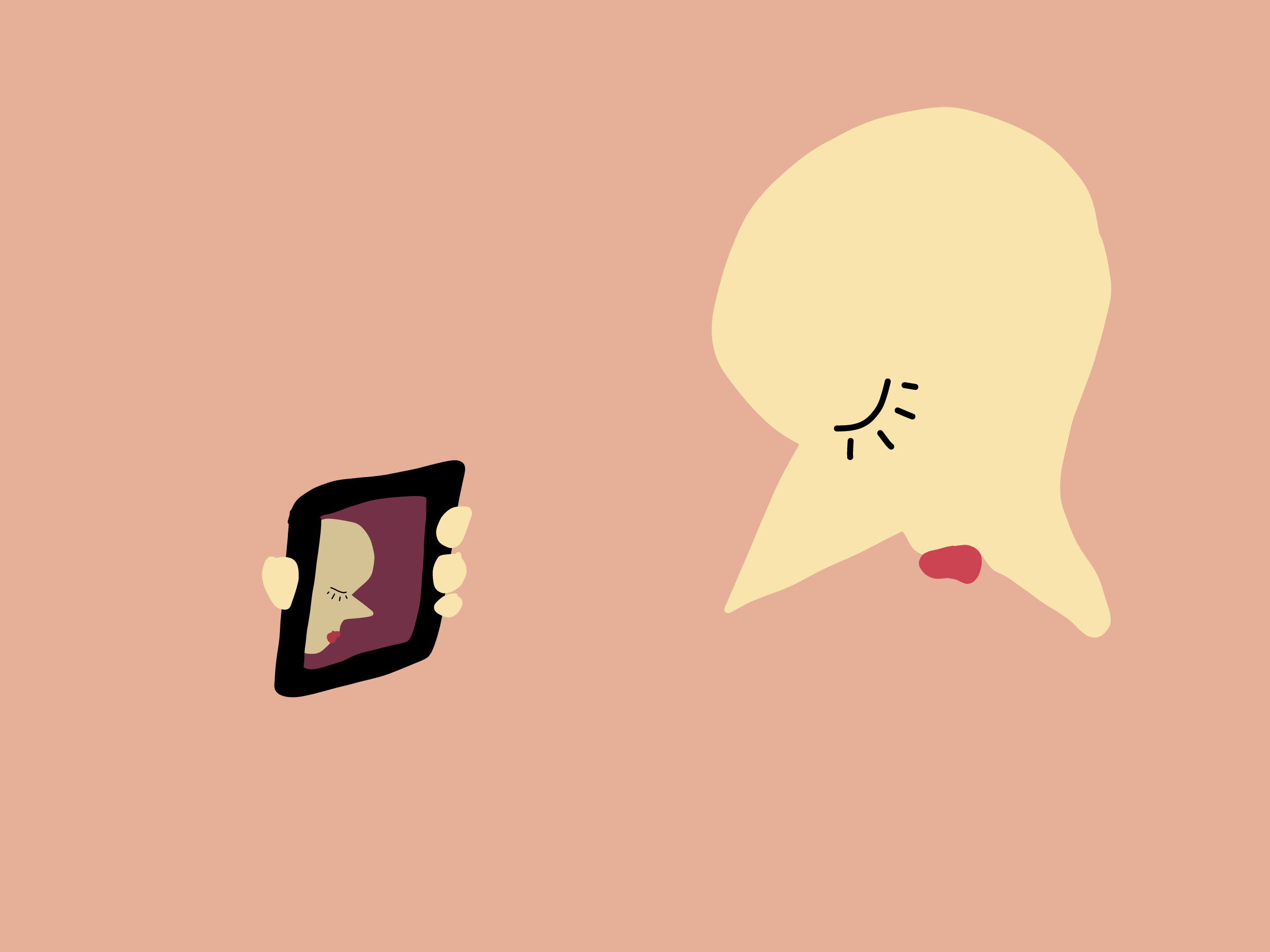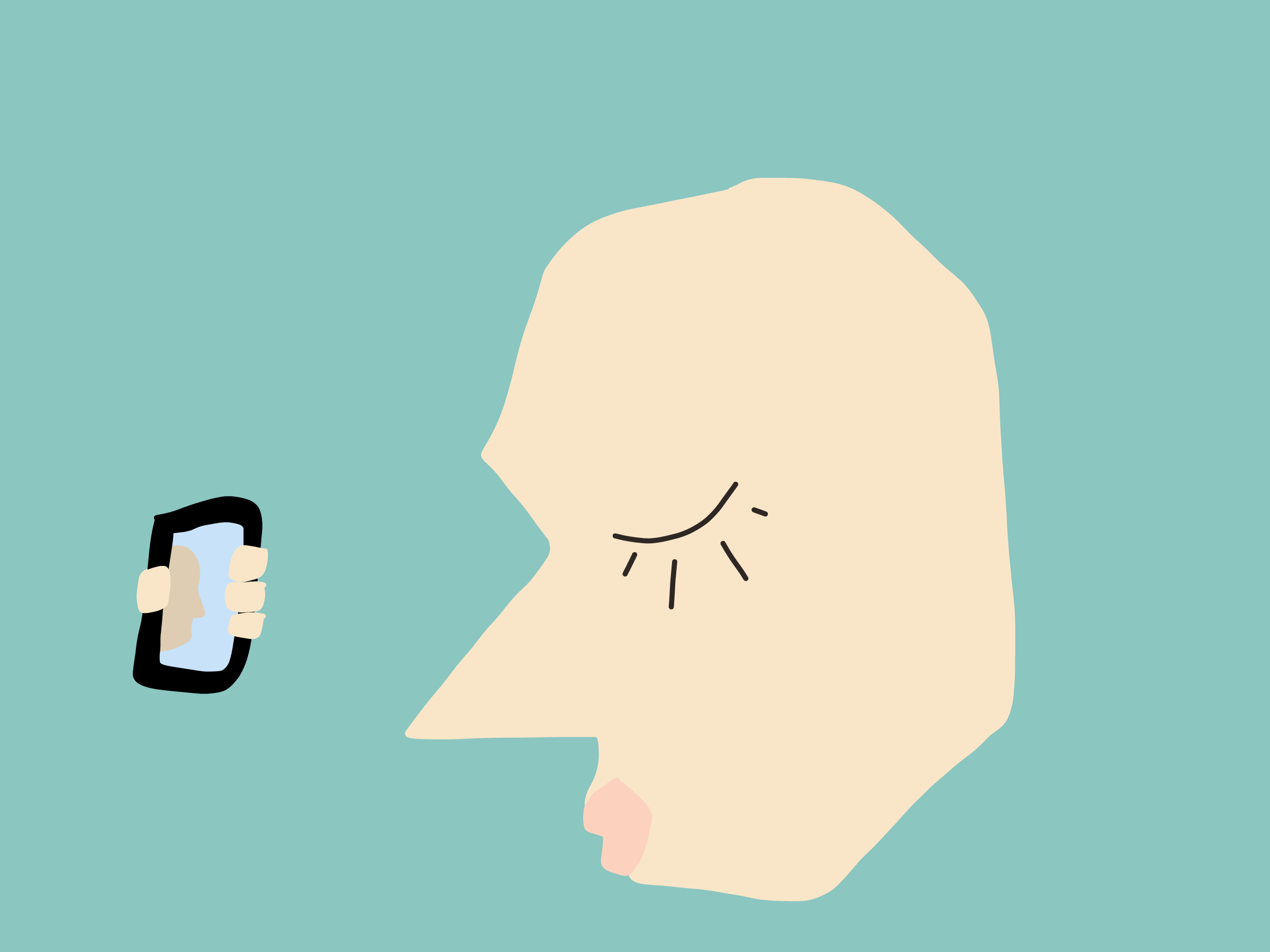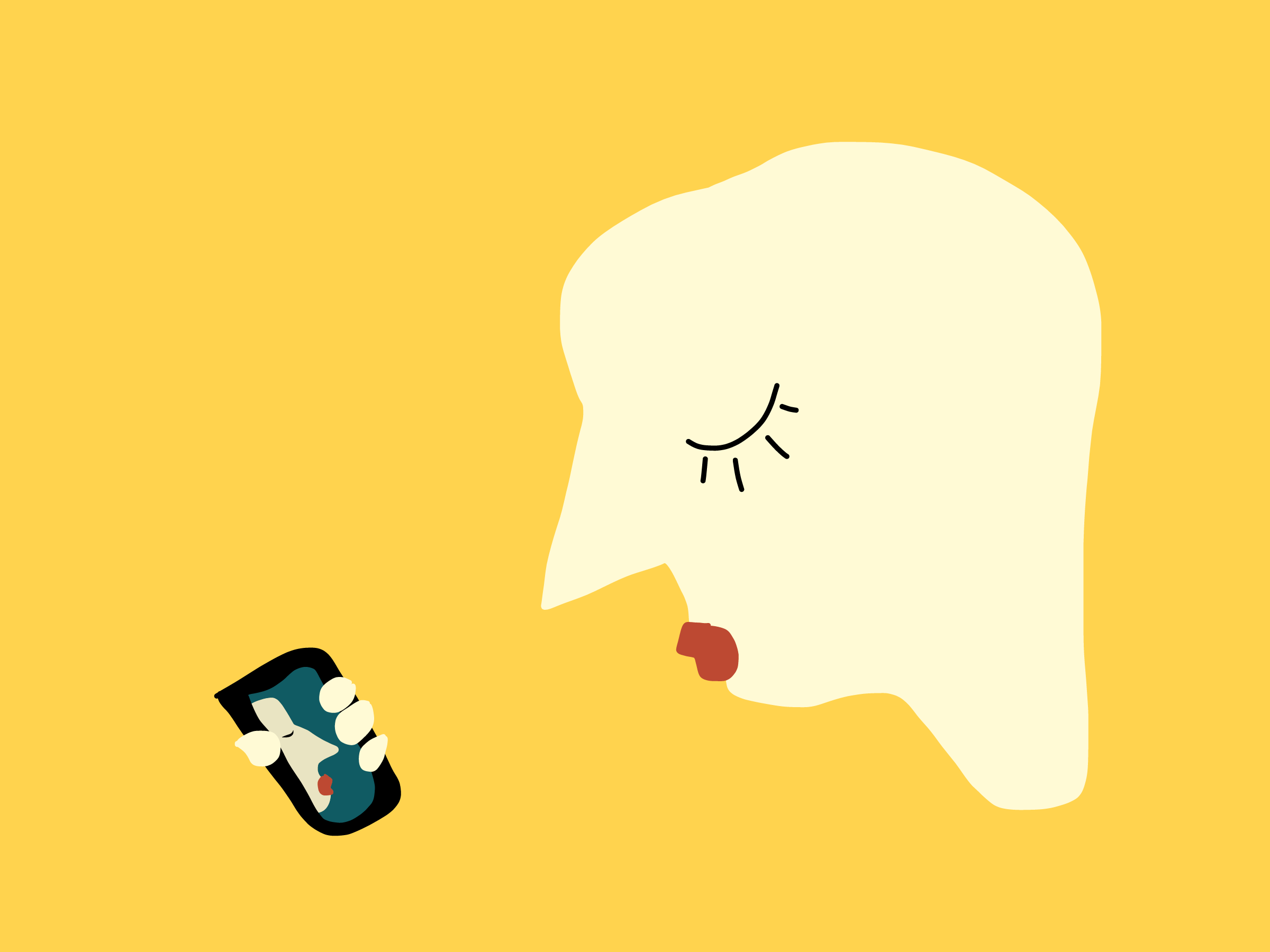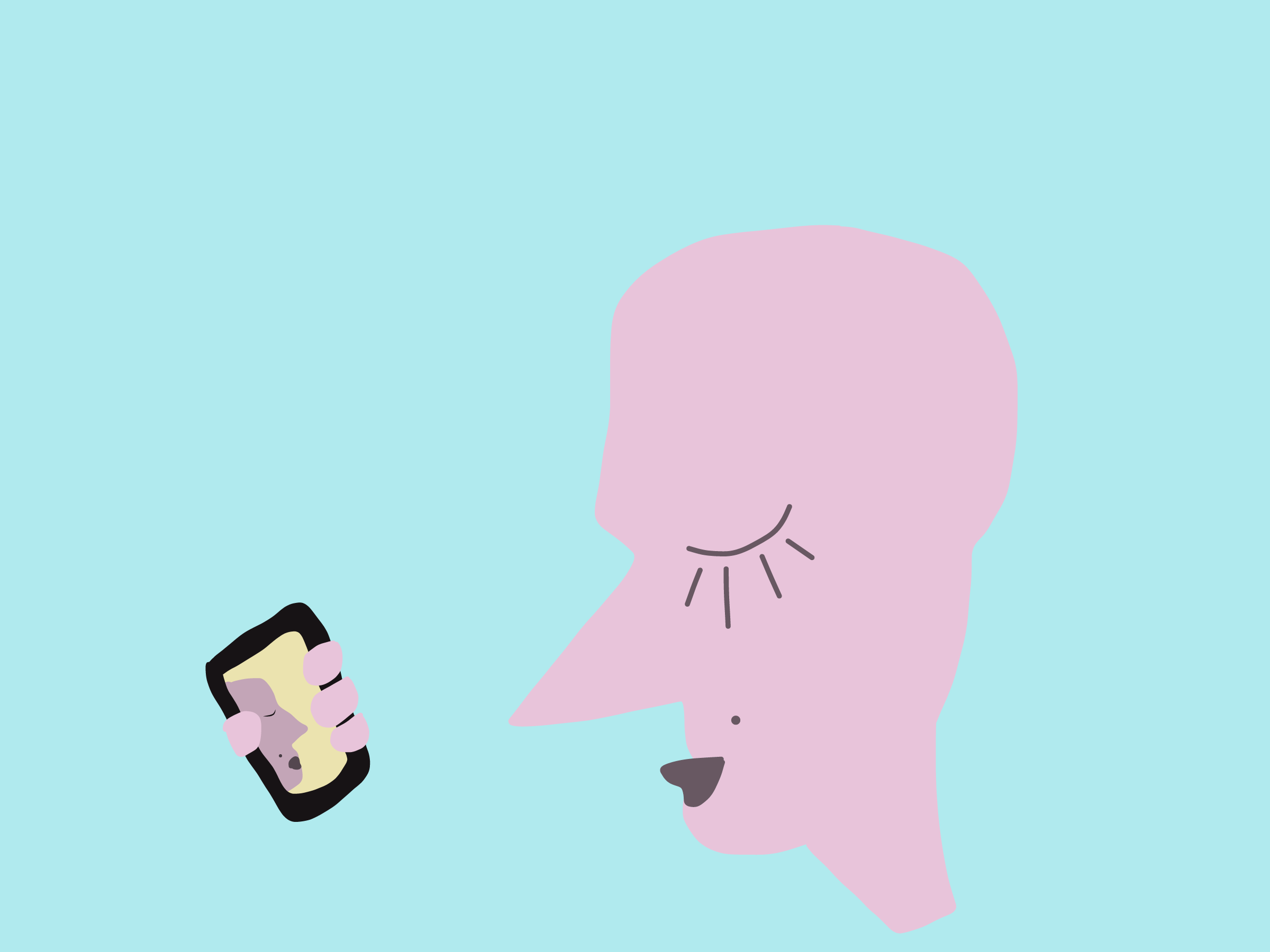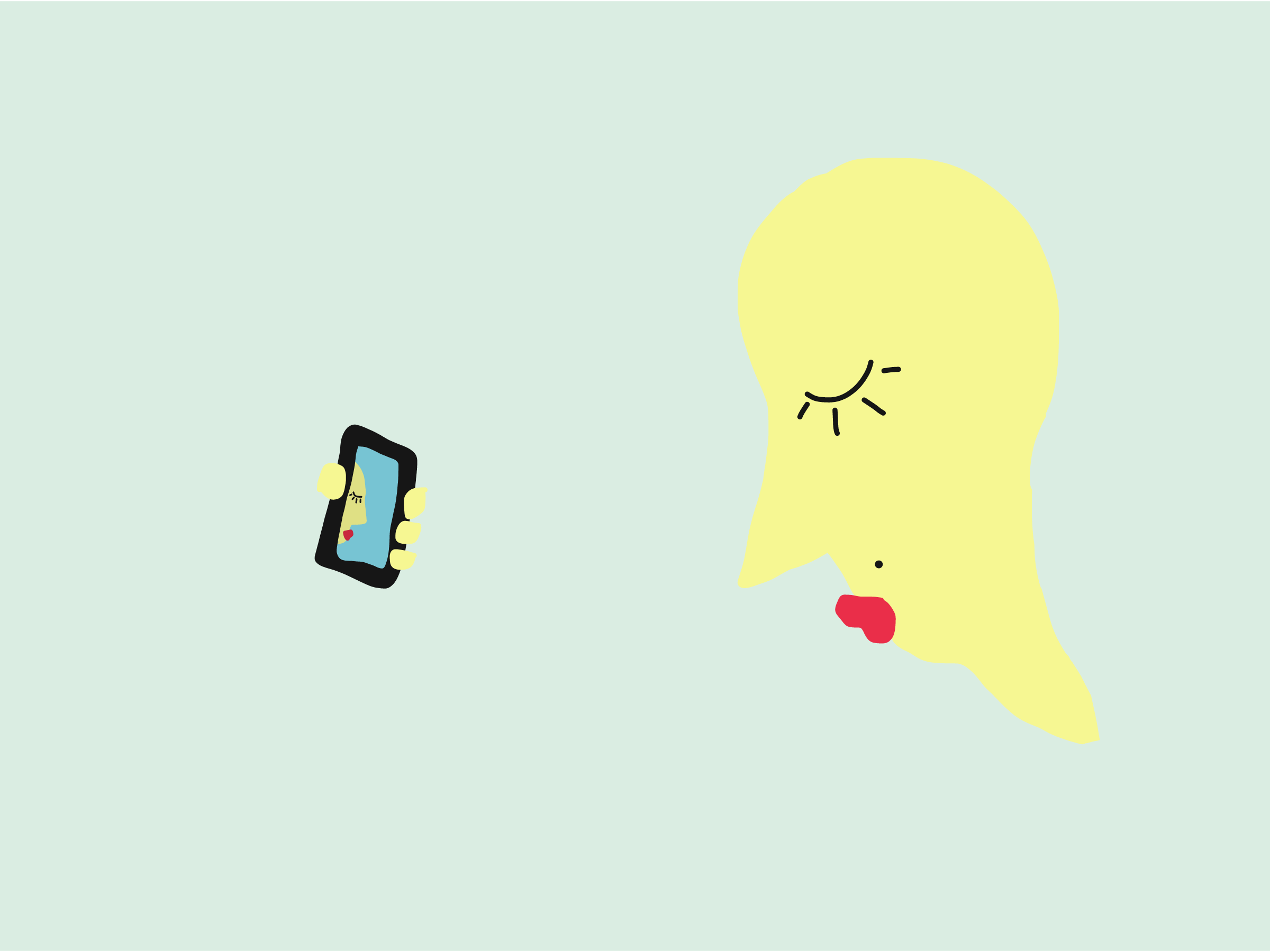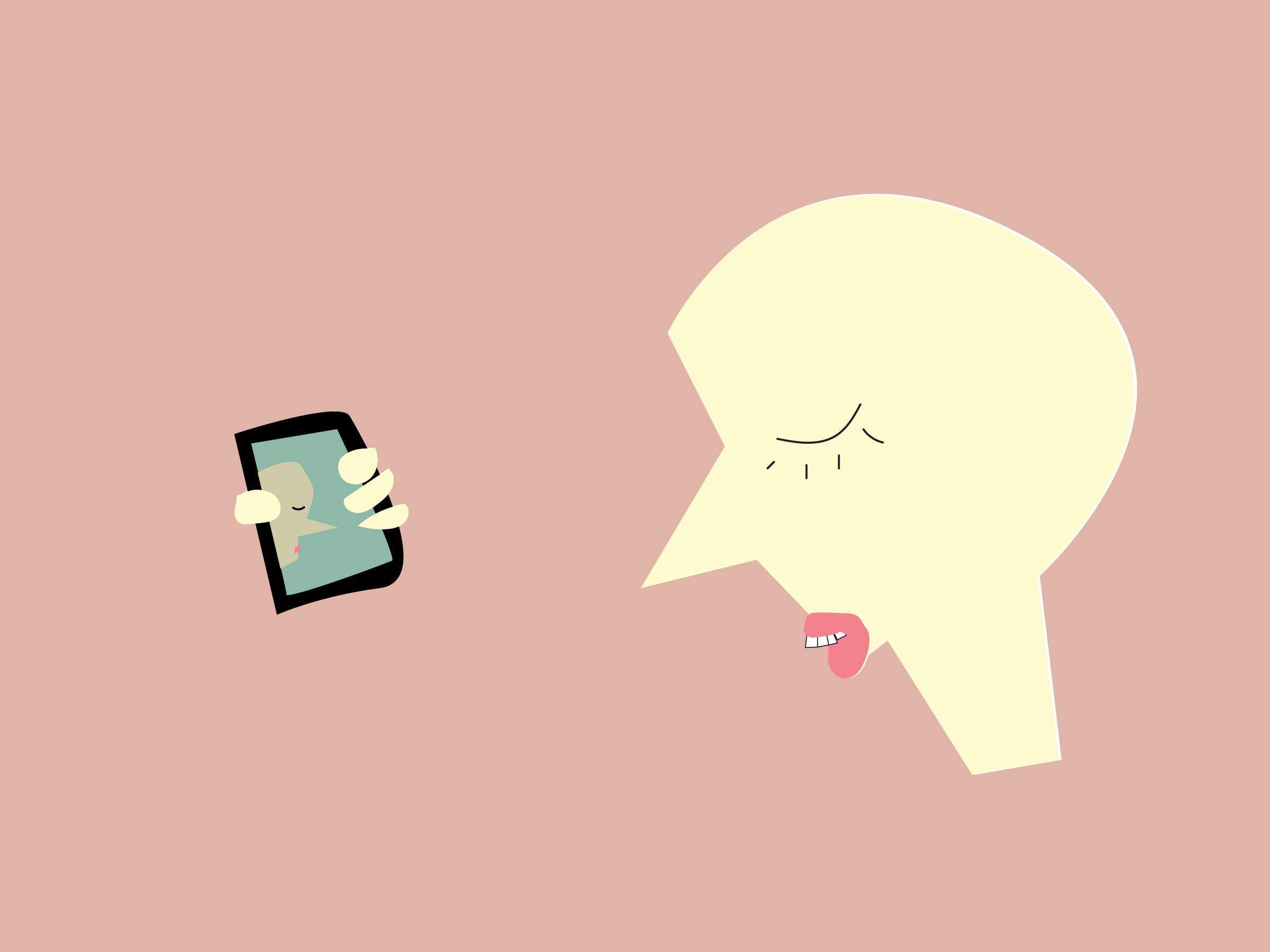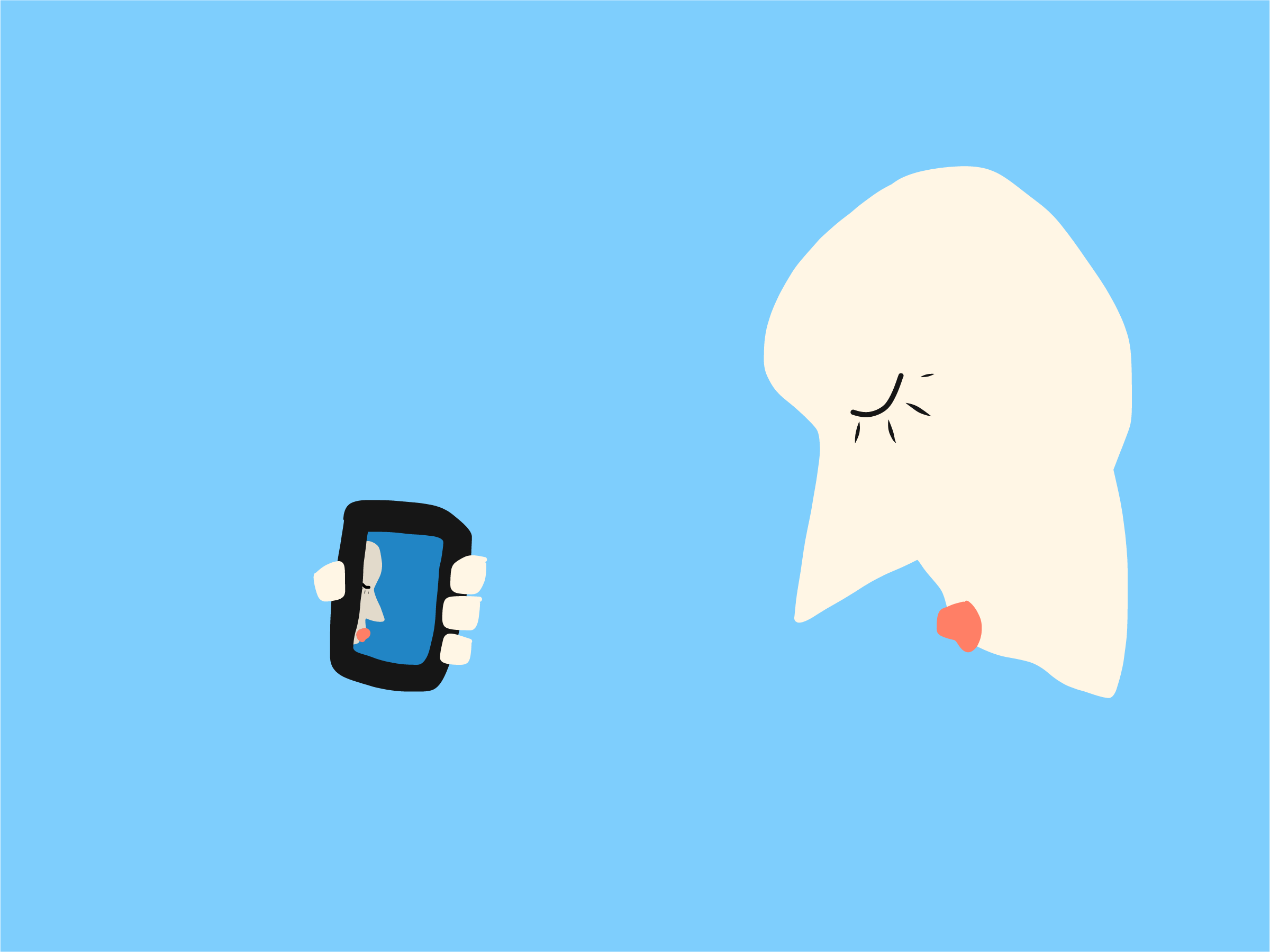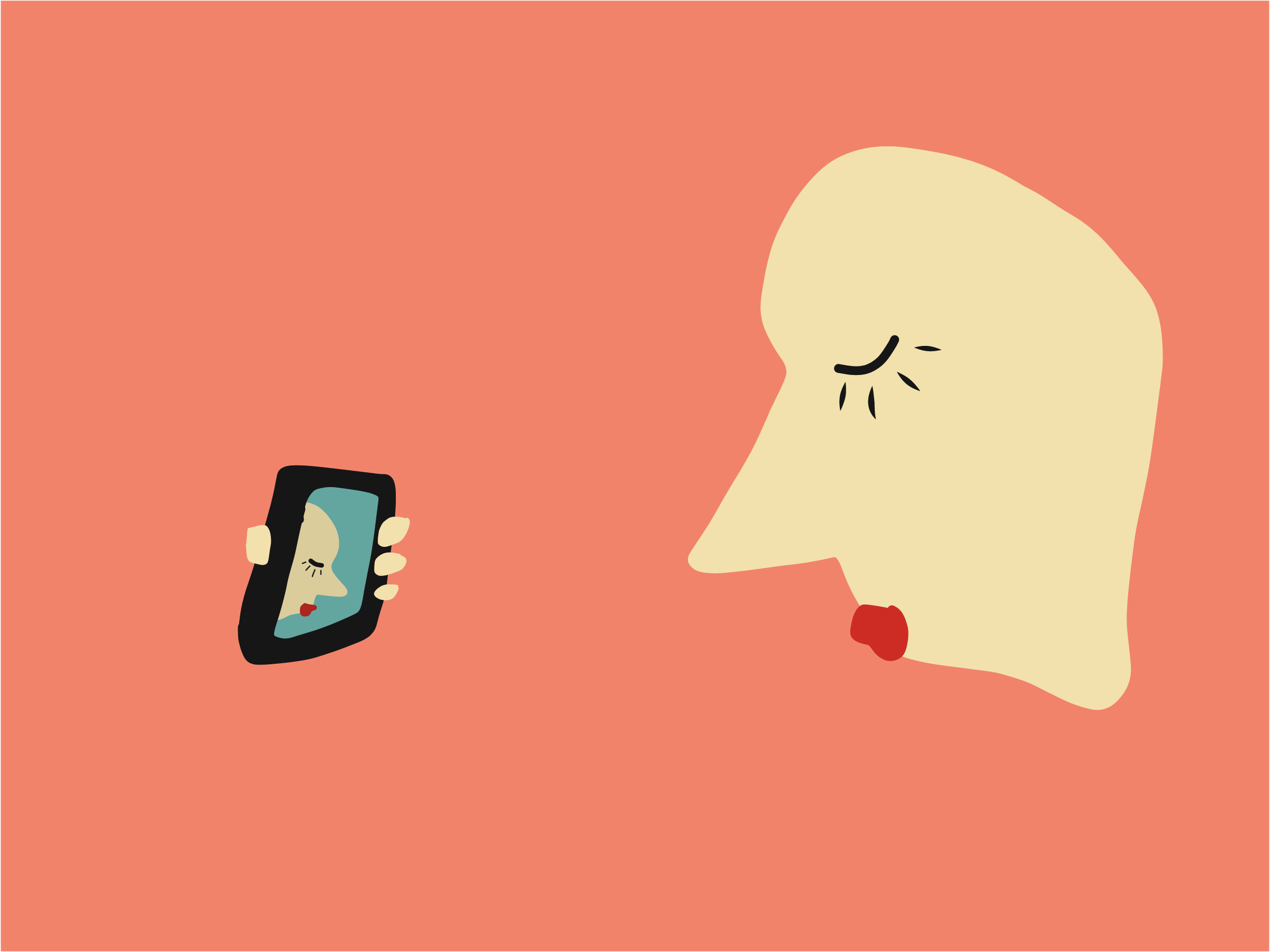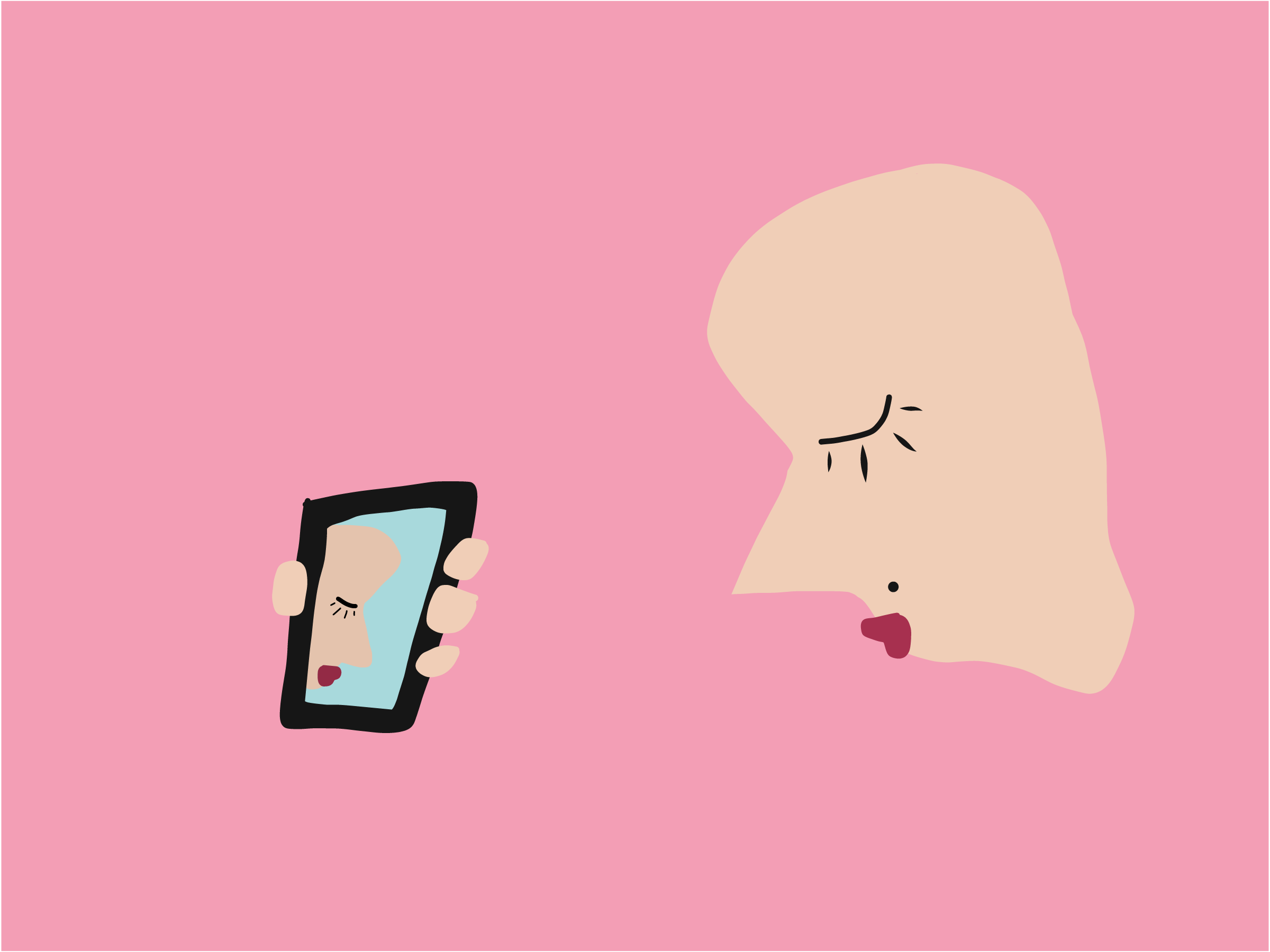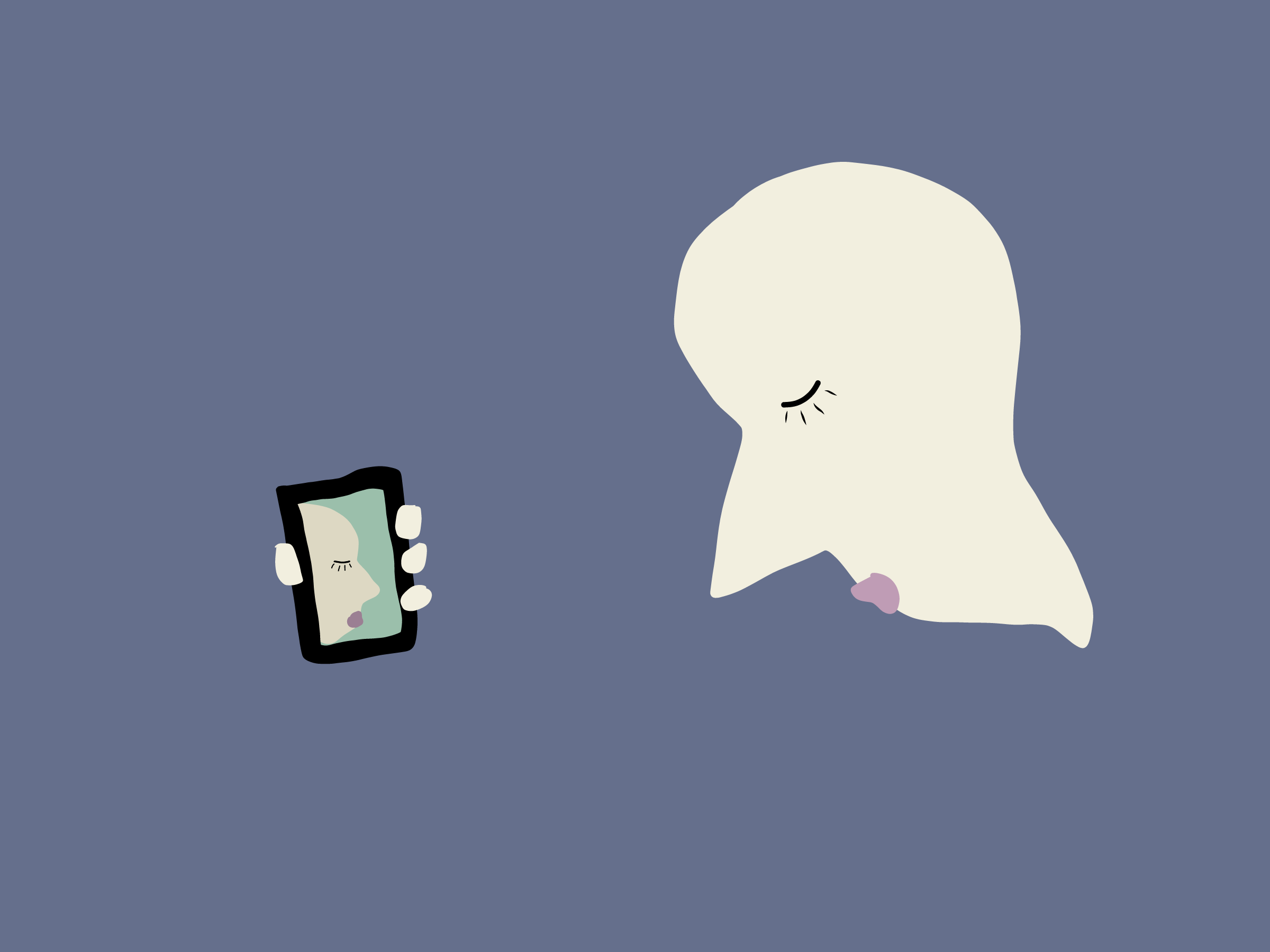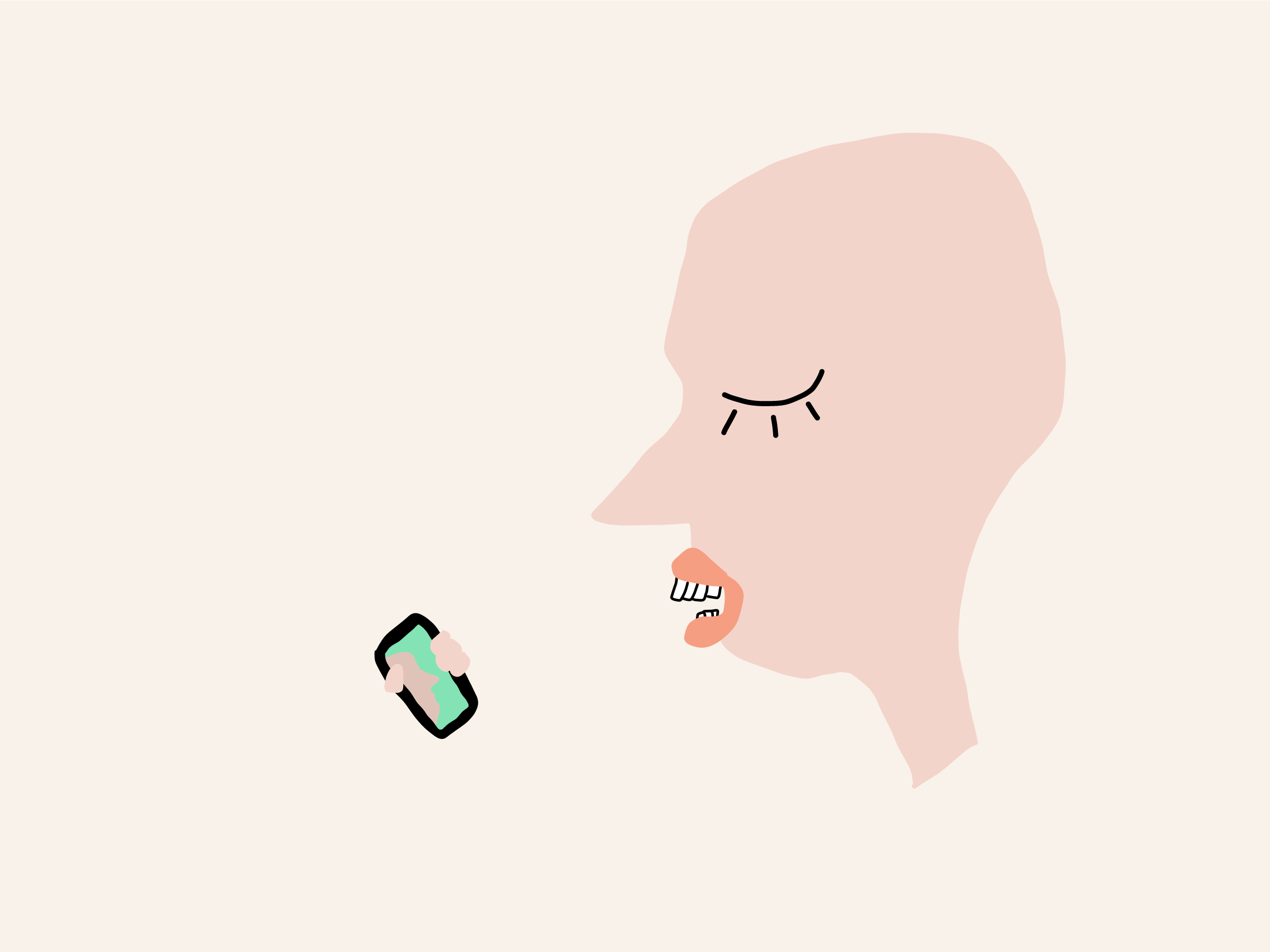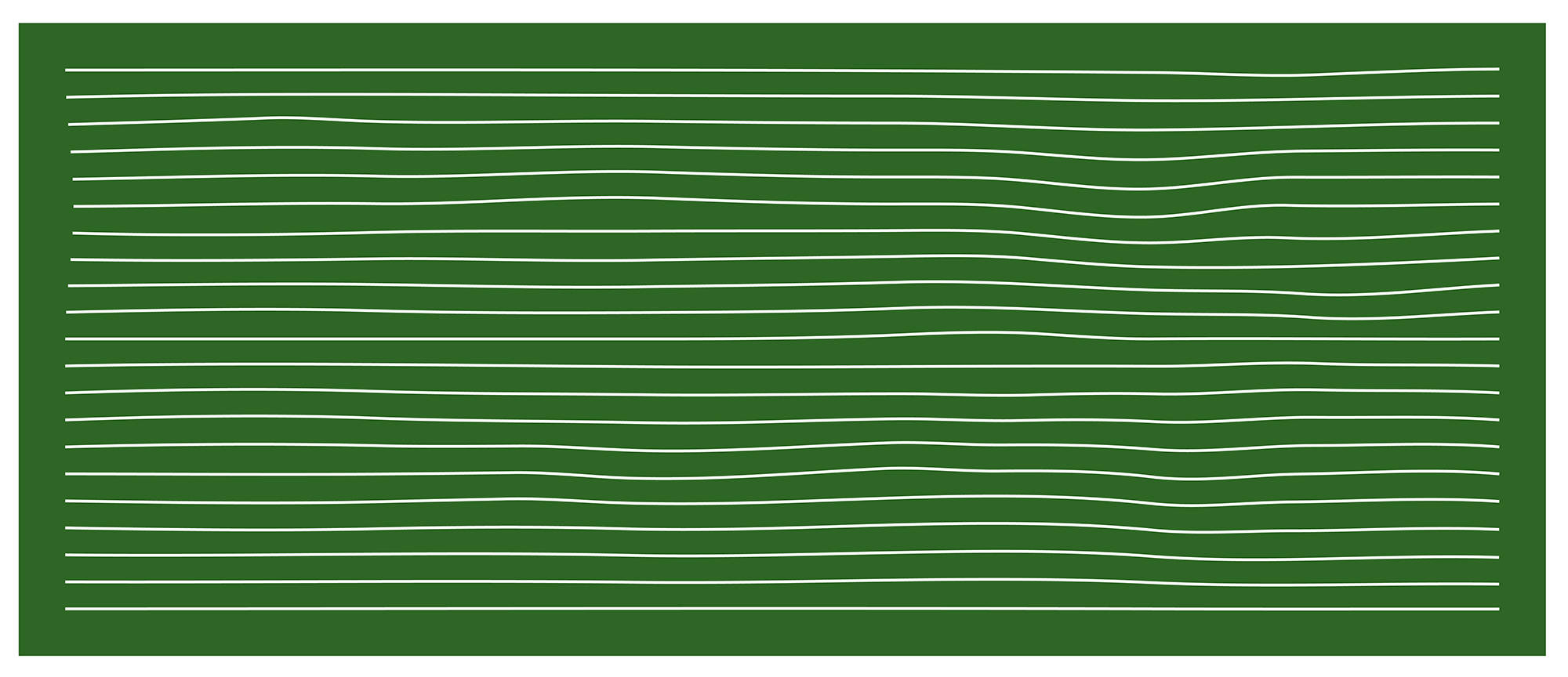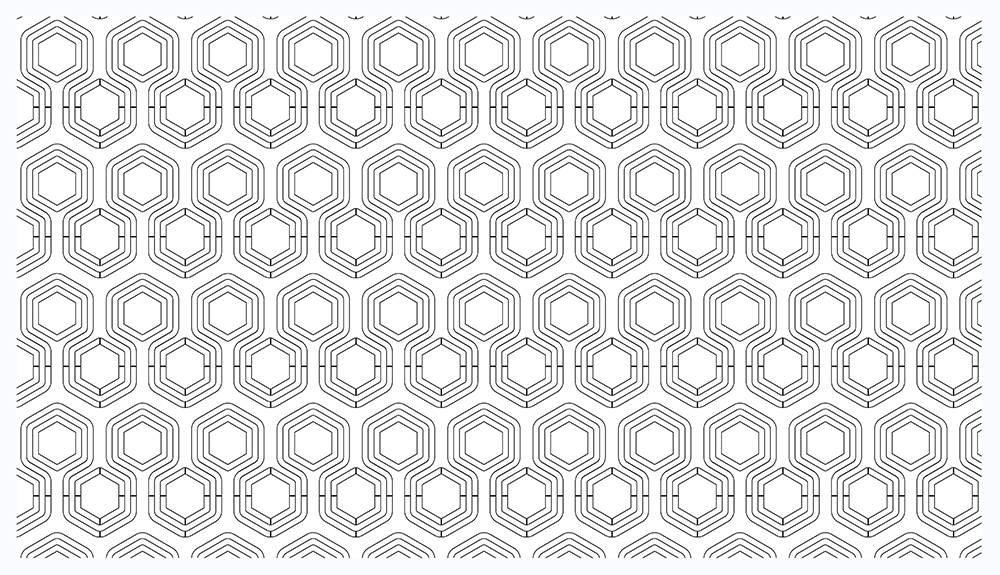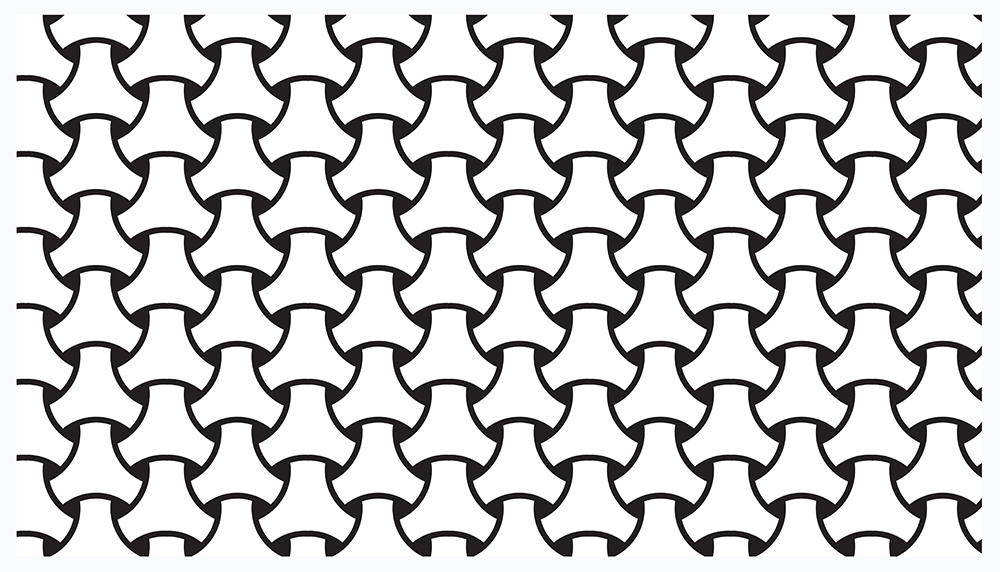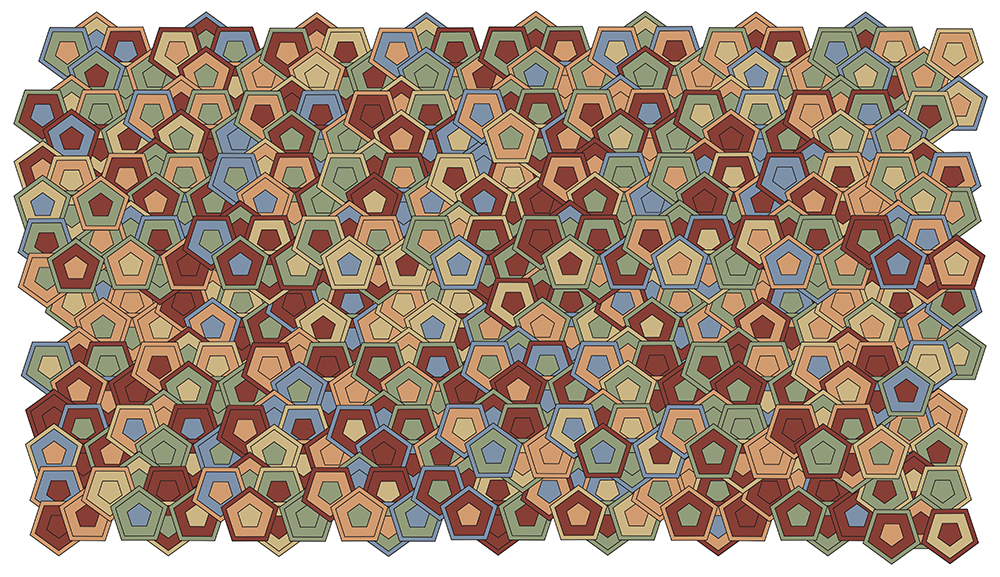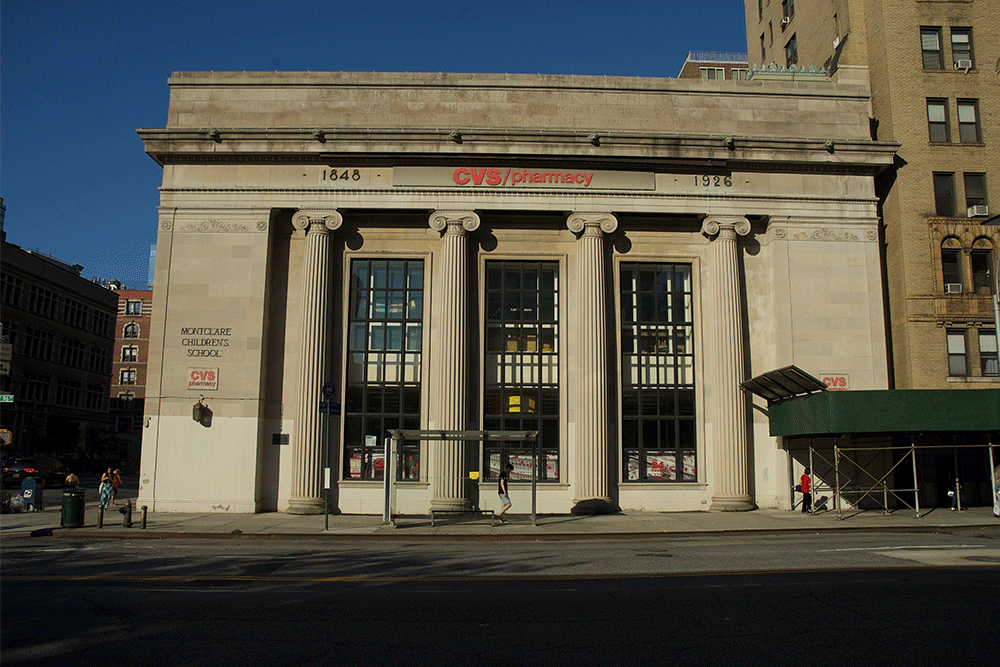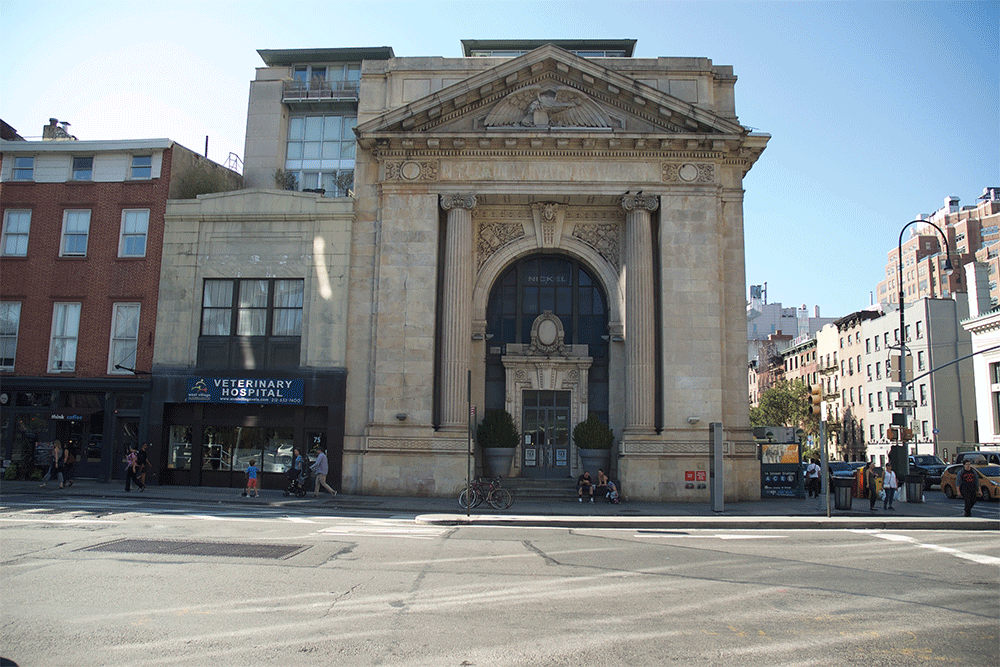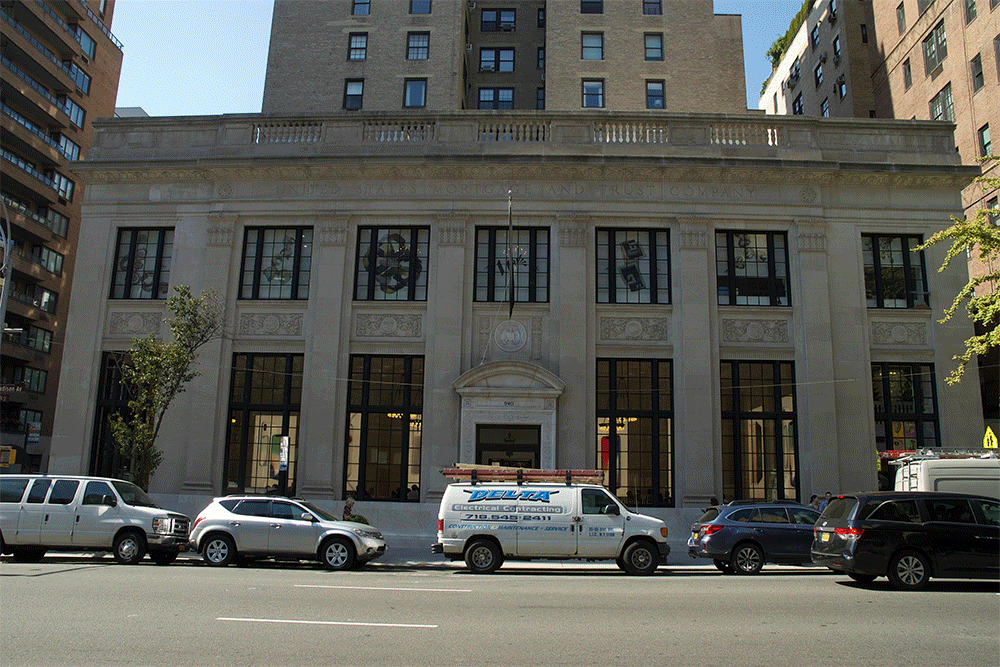Dylan A. Marcheschi is an interdisciplinary artist who has been active in New York for over a decade working across a range of audio/visual arts, most prominently film, sound art, expanded cinema, animation, generative video, and psychoacoustics. He studied history and art at Columbia University where he wrote his thesis on urban development in the New York metropolitan area. While there he spent time studying sound design at the pioneering Computer Music Center. Following graduation he completed a certificate program in American Governance at Harvard, and later earned his MFA in New Media at Hunter College. He is currently active in a variety of fields, from past work on musical arrangements for a sold out production by New York’s Public Theater to most recently serving as director and associate producer on an award-winning PBS documentary series. He has curated several film and animation screenings, as well as a long-running monthly New Music series in Brooklyn. He is currently organizing a video art series in collaboration with Manhattan public access Channel 4 and Harvestworks, and hosting the decades long running Afternoon New Music show Mondays on WKCR. He is a Brooklyn Arts Council grant recipient for several years running, teaches new media as an adjunct professor, frequently gives public workshops covering a number of artistic disciplines. His work is supported by the New York City Department of Cultural Affairs and has been presented by the American Composers Forum and New Music USA. Locally he has performed and exhibited work at Outpost, Anthology, the Independent Filmmakers Project, Harvestworks, NYU, the Made in NY Media Center, the Firehouse, Silent Barn, the Park Church Coop, and Knockdown Center among others.
In addition to work elsewhere on this site a selection of freelance, grant funded, and teaching work is featured below.
My professional areas of expertise include videography and photography (both film and digital), animation and motion graphics, sound, web and graphic design. I primarily work within the Adobe suite of software and I am highly proficient at video editing, correction, and compositing using After Effects and Premiere Pro, and have an in-depth understanding of Illustrator, Photoshop, and Animate. I have utilized a diverse range of javascript libraries and APIs in my UI, frontend development and coding work, and I have designed custom e-commerce sites for circumventing expensive web plug-ins. I am proficient in all major DAWs and have worked for over a decade in analog sound design and video synthesis, and I am likewise familiar with a large selection of audio/visual software.
My artistic practice is devoted to analog audio/visual work focused on generative feedback systems of just intonation and microtonal harmonic drones. I have published an in-depth, 60 page academic review of my work available here. Past performances and exhibitions are catalogued here.
I am currently producing an expanded cinema series in collaboration with Harvestworks and Manhattan public access Channel 4 which highlights international contemporary film and video art. In the summer of 2020 I helped launch a podcast focused on the music of Gustav Mahler which subsequently charted at the No. 1 position in arts commentary, No. 10 in music overall. I currently host the three-hour long weekly Afternoon New Music show on WKCR 89.9FM, a program which has been a fixture of the New Music community for decades and is dedicated to avant-garde music of the 20th century.
I teach college level art & design courses and I frequently lead community workshops for the Brooklyn Arts Council. In my teaching work I enjoy helping students learn to use the tools of their trade and to tap into the vast online resources available to them in order to democratize media, develop self-expression, bolster employment prospects, and effect change in the 21st century. To that end I seek to foster interest in the power of emerging media while situating it in proper historical context. In the classroom I look for ways to develop introductory projects with real-world applications, and to teach the process of refinement through iteration.
Documentary Series
Great Decisions is a long-running, award-winning PBS documentary series which seeks to unpack complex foreign policy topics for a general audience. I served as director of two episodes, Nuclear Security and Oil, and associate producer on six additional episodes.
Director: Concept and development, lead on research, interviewing, editing, b-roll, motion graphics, filming, soundtrack, project management.
AP: Filming, interviewing, assist on research and development.
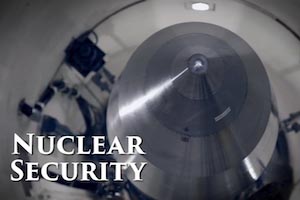
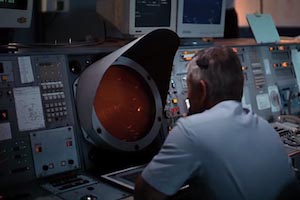
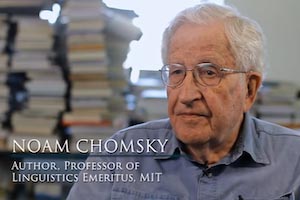
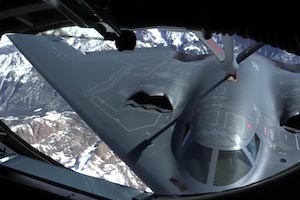
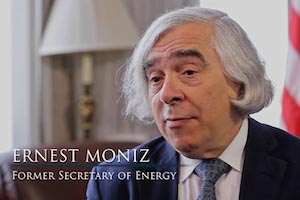
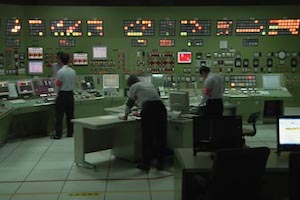
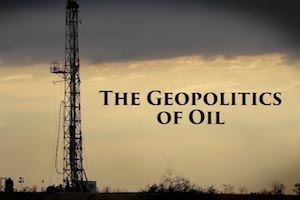
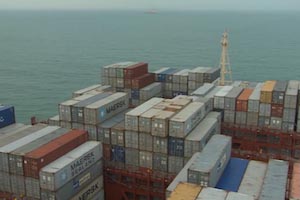
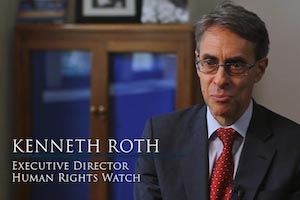
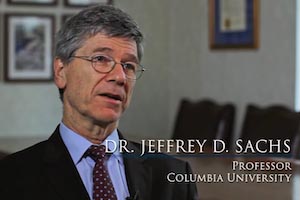
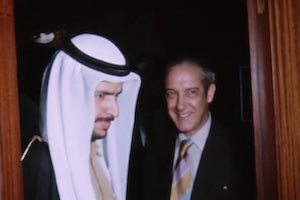

"Embrace Everything"
A podcast exploring the work and personal life of the Romantic Era composer Gustav Mahler. I worked with the producer as a consultant on design, launch and web-presence. The series charted at the No. 1 position in arts commentary, No. 10 in music overall. It won the Gold Award at the New York Festivals Radio Awards, has been included for study at the HILR Institute at Harvard, and promoted by the world's top symphony orchestras. Season 3 was released in 2022. Read more at the New Yorker »
Signal to Noise
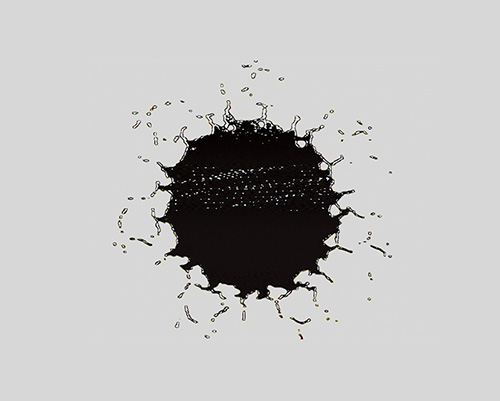
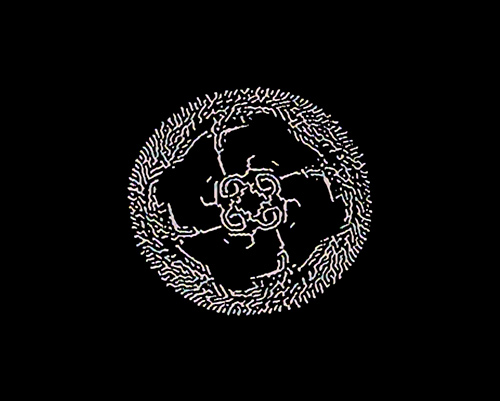
Signal to Noise is a collection of long-form microtonal sound compositions and corresponding audio-reactive videos. The project constitutes an analog audio/visual exploration of historical tuning systems and temperaments. Most contemporary Western audiences will seldom if ever encounter harmony outside of post-Renaissance tuning conventions. This material highlights some of those pre-orthodox harmonic relationships which existed throughout most of history, and continue to exist outside of the sphere of Western influence. The corresponding 60 page research paper, Harmonic Temperaments and Patterns of Interference, documents that history, as well as recent correlates in advances of acoustic ecology and sound as therapeutic intervention. Presented in partial fulfillment of the requirements for the degree of Master of Fine Arts Hunter College, City University of New York.
"Sure We Can"
A short film examining an independent recycling center in NYC, primarily operated by homeless bottle and can collectors, and founded by a nun who oversees the workers. The film looks at the nuances of can collection and municipal recycling efforts, as well as the work of the can collectors, a diverse community of local residents and immigrants.
Director: Research, filming, interviewing, editing.
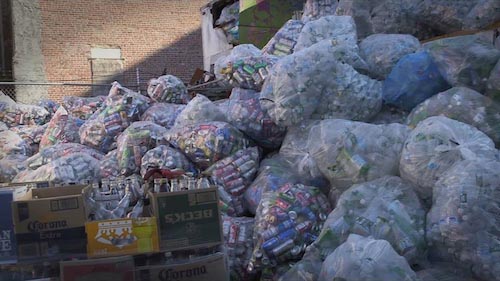
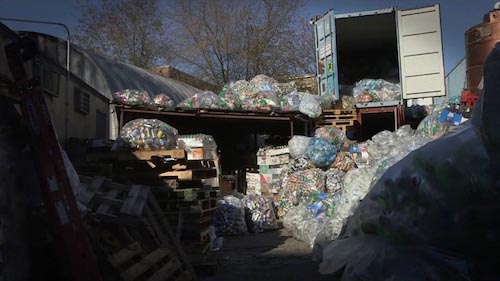
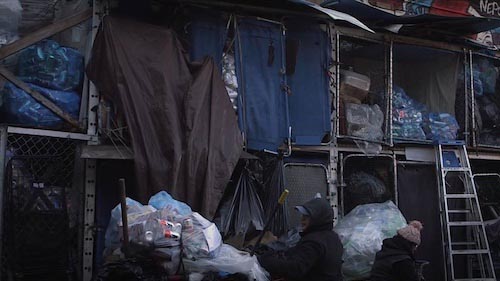
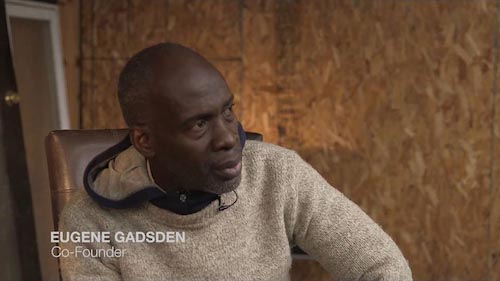
Nine Channels
A multi-channel analog video installation presented at the Made in NY Media Center throughout the month of July 2019. An excerpt can be viewed here.
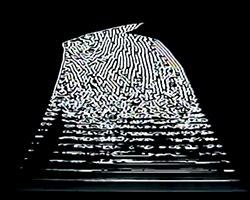
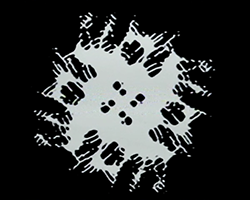
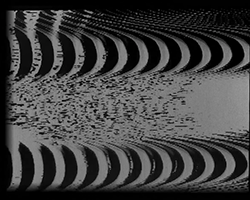
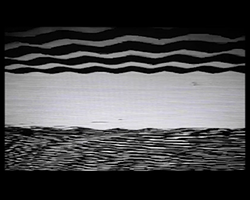
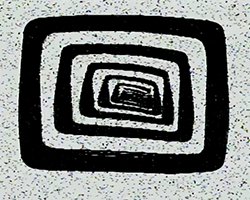
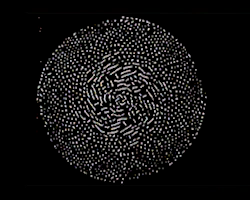
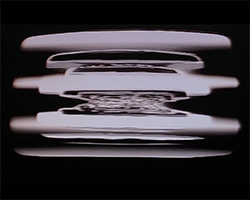
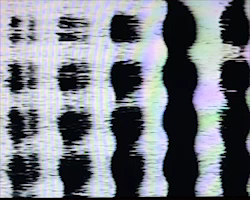
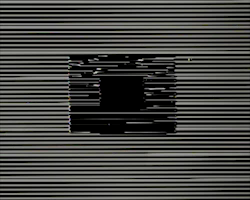
A subsequent series of postage stamps and an accompanying essay featuring stills derived from the original installation are linked below. All proceeds benefit the Southern Poverty Law Center as part of a fundraising campaign to support their voting rights initiatives.
Read more »
Beyond
A recreation of Zoe Beloff's original 1995 interactive CD-ROM and website. Collected in archives and museums around the world, Beyond is a mysterious virtual world which predated the ubiquity of interactive web art by several decades.
Conceived and presented in a spirit of philosophical inquiry, it explores the existential paradoxes of technology, desire, and the paranormal posed since the birth of mechanical reproduction, as the phonograph severed the voice from the body, photography captured the soul, and cinema was resurrecting the dead. The project draws from the works of Baudelaire, Sigmund Freud, Walter Benjamin, metaphysics, ancient conjuring practices, early scientific and telepathy experiments, and 20th century science fiction.
Originally launched as a web serial in 1995, Zoe Beloff created Beyond as an interactive CD-ROM for Macintosh 0S9. By which point it had grown to an extensive virtual world. In 2021 it was recreated from scratch by Dylan A. Marcheschi and rewritten in Javascript.
Enter here »
Interactive Animation
An educational, interactive animation which takes the participant through a series of questions in order to provide basic information and clarify the law as it pertains to issues of Immigration and Customs Enforcement. Made during the height of the immigration raids of 2016-2020.
Conceptualization, research and design
Assets created in Adobe Illustrator & Photoshop
Animated in After Effects
Interactivity: HTML5/CSS/Javascript
View here »
Mapping Narratives
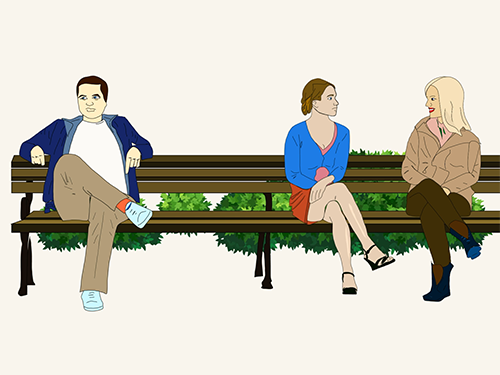

An interactive map and media-archeology project utilizing the Google Maps API and comprised of NYC “Missed Connections” animations based on stories posted anonymously to the Craigslist subforum.
Assets created in Adobe Illustrator
Animated in Character Animator
Google Maps API
HTML/CSS/Javascript
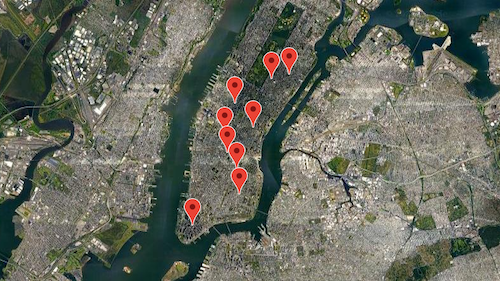
View here »
Geocache Sound Walk
Documentation of the electro-magnetic fields present in and around Union Square. This project took the form of an interactive web-app featuring site specific recordings.
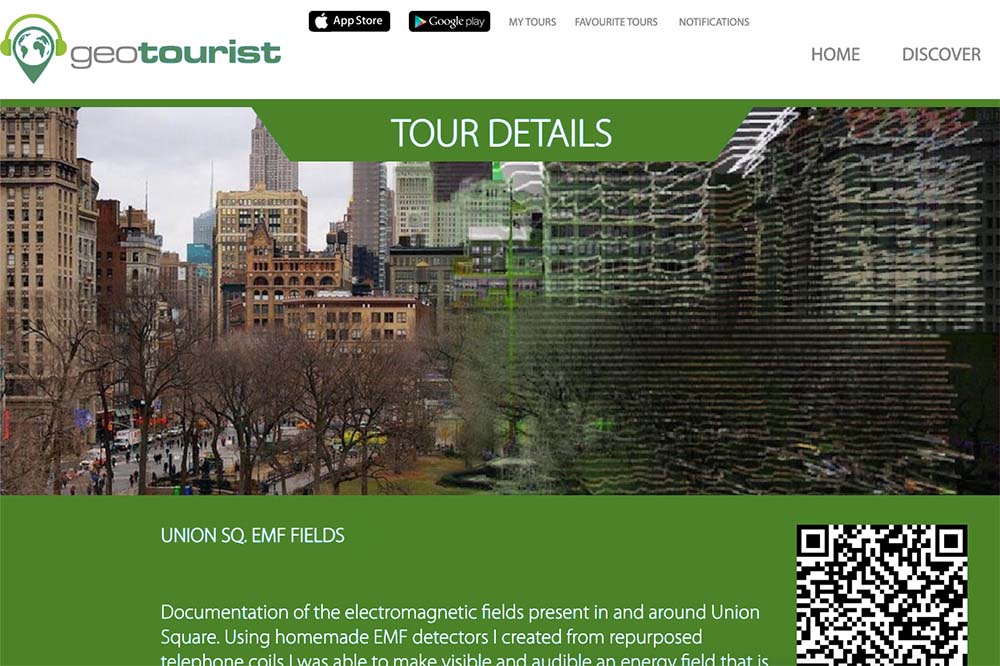
This project provided documentation of the electromagnetic fields present in and around Union Square. Using homemade EMF detectors which I created from repurposed telephone coils I was able to make audible the electromagnetic energy fields that are fundamental to our daily lives. This project took the form of an interactive web-app featuring site specific field recordings activated by geospatial data collected from end-user cellphones. Read more: ↴
EMF radiation is a controversial topic. Low to mid-frequency EMF radiation (300Hz to upwards of 300GHz) is generally believed to be non-ionizing, i.e. non-cancer causing. However, in America much of the research supporting this field of study is considered to be compromised, due in part to conflicts of interest regarding funding sources, which typically originate with the telecommunication industries themselves. As a result the topic is prone to conspiracy theories and misinformation.
It is known that dielectric burning can result from standing in close proximity to the same radio towers that are emitting the types of EMF radiation that are thought to be safe in lower doses, but it is akin to the type of burning produced by microwaves. Though the RF fields dissipate as they radiate out, the perceived negative health effects experienced by residents living in close proximity to radio and cell phone towers are well documented. The World Health Organization is still considering the potential negative effects of EMF radiation, and after more than thirty years a wide variety of epidemiological research studies have yet to reach a definitive conclusion. While electromagnetic hypersensitivity (EHS) remains an officially unrecognized medical diagnosis, with analyses focusing on secondary pollution and environmental factors, claims of EHS are widespread and have prompted offical government responses. In 2017 an Italian court issued the first ruling in favor of a plaintiff who claimed that cell phone use contributed to the development of a brain tumor which ultimately caused him to lose his hearing. While this was the first ruling of its type, the WHO does advise users to keep devices such as WiFi routers at a distance, and cautions that cellular technologies such as mobile phones should not be placed against your head or carried near your body. In California, the state government has issued official guidelines warning of the potential biological damage cell phones may cause, a move vigorously opposed by the telecommunications industries, while elsewhere so-called "quiet zone" communities have begun forming around the country which seek to limit the amount of EMF radiation present in the environment. With these factors in mind, my project seeks to make audible the electromagnetic fields present in public spaces, and to highlight the prevalence of a form of radiation which the scientific community has been unable to reach a consensus on, but which private industry has already made an indispensable part of our daily lives.
View here »
Stop-Motion
A stop-motion music video for Brooklyn based band the Starlight Girls.
Create stop-motion assests & film
Key and mask
Design backgrounds in Illustrator
Composite & animate in After Effects
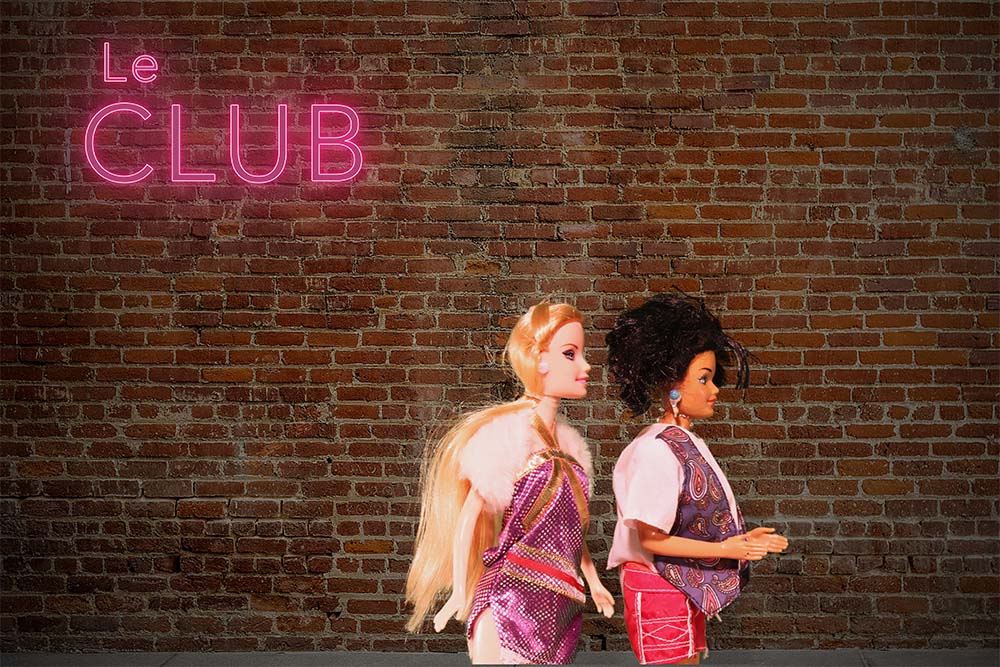
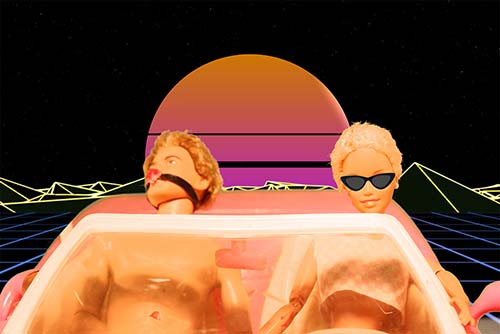
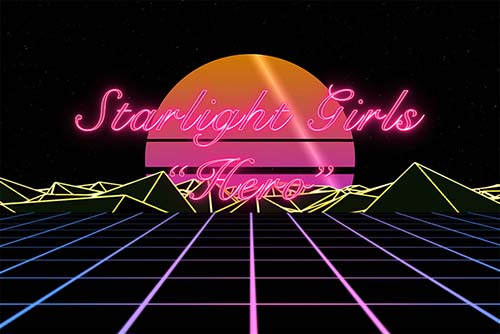
Arduino A/V
A low-cost, DIY audio/visual device which provides the user with an opportunity to interact with the psycho-acoustic properties of sound waves in ratios normally inaccessible to the general public, as well as to experience those interference patterns presented at the visual cortex and to explore the principles of brainwave entrainment.
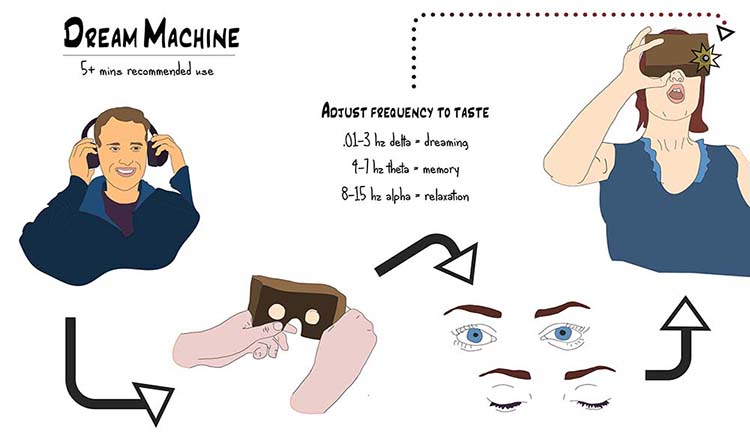
The participant wears headphones and through the use of hidden technology explores the range of sounds existing between the smallest of intervals, commonly considered in western music to be 1/2 step of a twelve tone scale. Users are presented with hands-on control to alter the patterns of the sound-waves and discover the consonance and dissonance that can be found between the tonal steps that are effectively built-in to most commonly available instruments. Headphones with a low frequency response have been provided for this purpose, and a custom Max/MSP patch has been created and hardwired to an analog rotary knobs allowing the participant to control the frequency and amplitude of the sound-waves. Additionally, visual representation through the use of a custom LED headset built into a repurposed Google Cardboard VR device is provided, and a custom designed Arduino interface provides the user with the ability to see the aural interference in a pronounced way as a means to highlight the sound wave displacement. Taken together, the audio/visual device can be used to invoke brainwave entrainment.
Brainwave entrainment is the way in which brainwaves adjust to synchronize with periodic stimuli, be it acoustic, visual, or otherwise repetitive. Brainwave frequencies, which is to say the frequency of neural oscillations, correspond to certain mental states and behaviors as follows: .01-3hz delta for dreaming, 4-7hz theta for memory, 8-15hz alpha during relaxation, and 16-31hz beta during activity. Related biological phenomena can be observed in the frequency following response of neural tissue, pacemakers are one example. One of the simplest ways to experience this is to control the phase of two oscillators thereby creating phase interference beating patterns which allow the end user to explore the intervals and their own biological responses that are elicited. Housing the device inside of a low-cost, frequently discarded Google VR headset is meant to be understood as commentary on the convoluted tech and finance forces behind the proliferation of VR, as well as a low-cost method of repurposing and development to achieve an effect in many ways opposite the original use case.
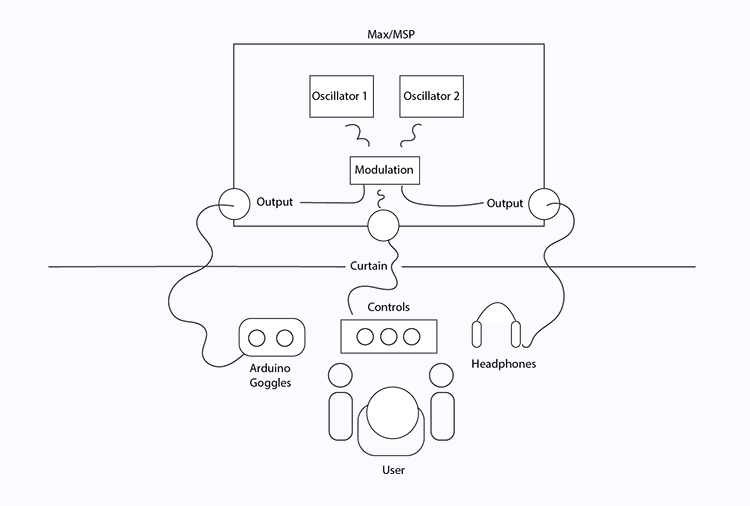
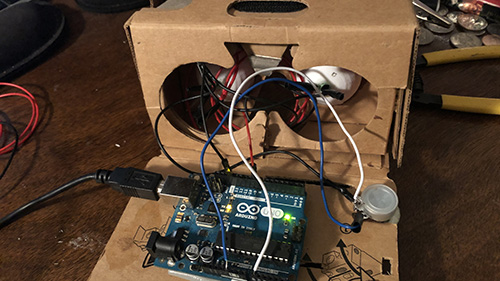
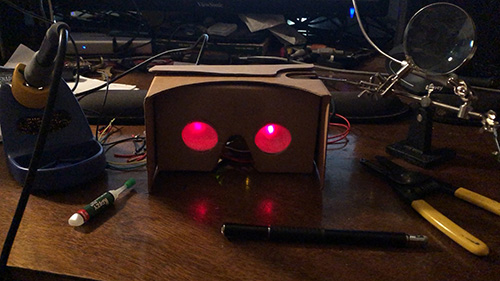
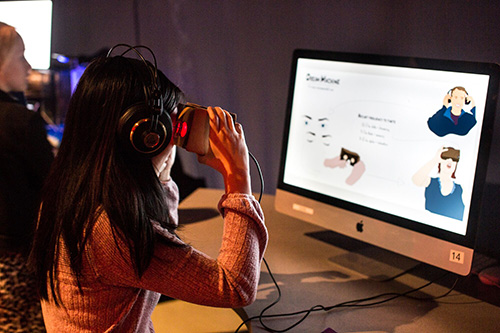
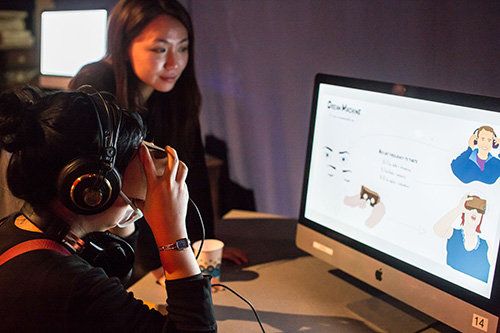
Web VR
An online exhibition organized by Matthew Gantt and Miriam Arbus:
"On New Year’s Day of 1984, Nam June Paik offered his own joyful rebuttal to dystopian futures via the 24-hour broadcast Good Morning, Mr. Orwell, a live durational media event connecting the globe through electronic sound and vision. At the close of this profoundly strange year, we hope to follow suit. WebVR has opened the door to imaginative and equitable shared digital spaces, vital with new metaphor and possibility, and this year has seen the rapid development of new online venues and new international communities as a result, and you’re invited: As guest, as digital reveler, as avatar: SUPERHIGHWAY고속도로 2020"
Assets in Blender and Adobe
Environments in Mozilla Hubs
Editorial
Graphics work for the Brennan Center for Justice, domestic and international editorial and advertising.
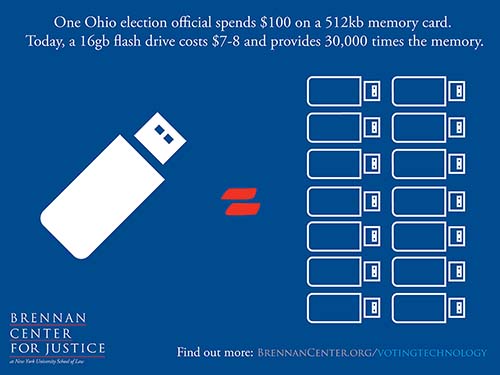

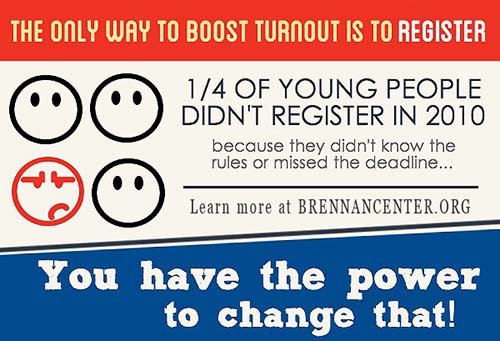
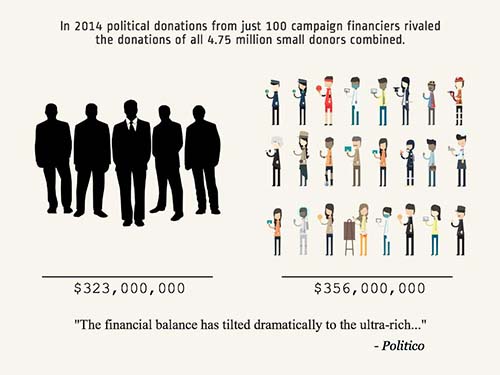
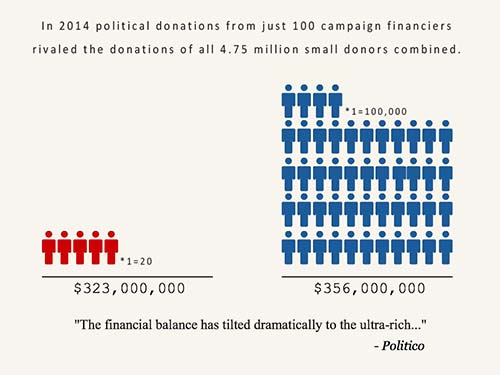
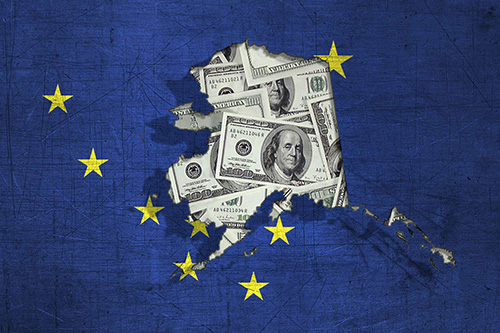
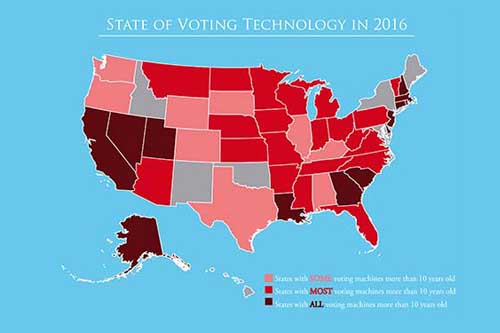
Window Shopping
An observational film documenting the tourists and crowds of Times Square. Original sound.
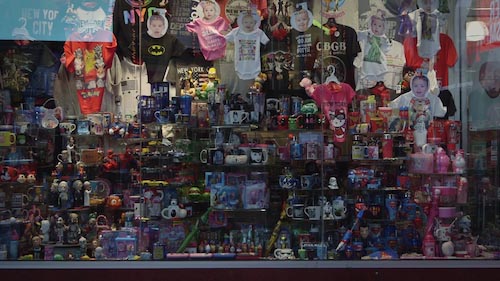
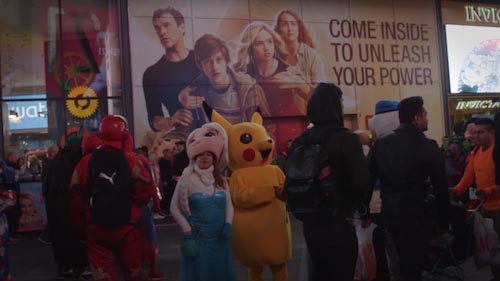
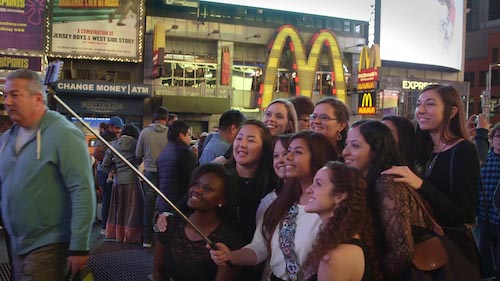
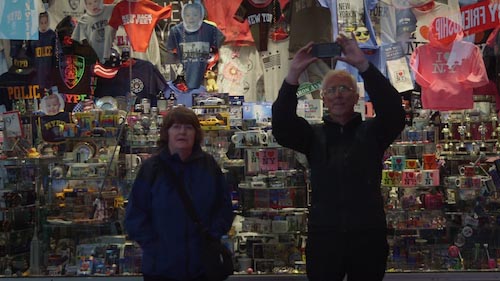
Runtime 5:16
Design & Iteration
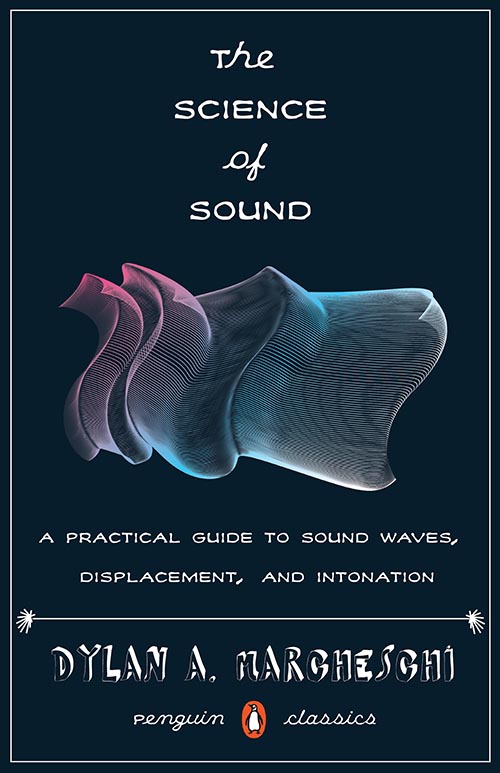
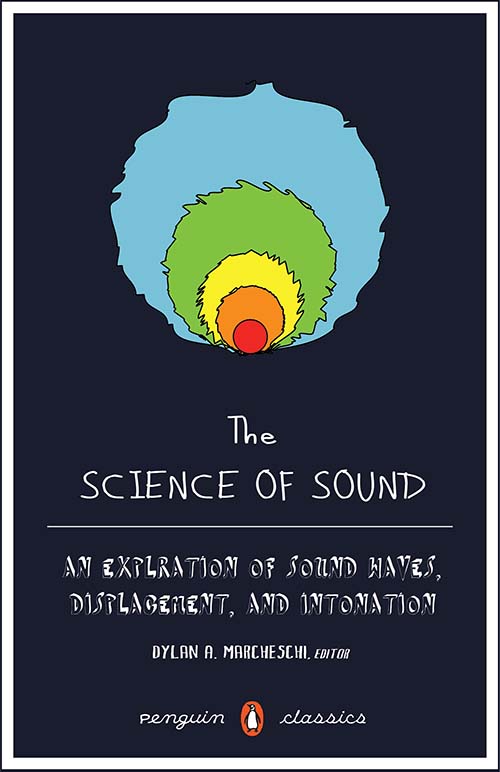
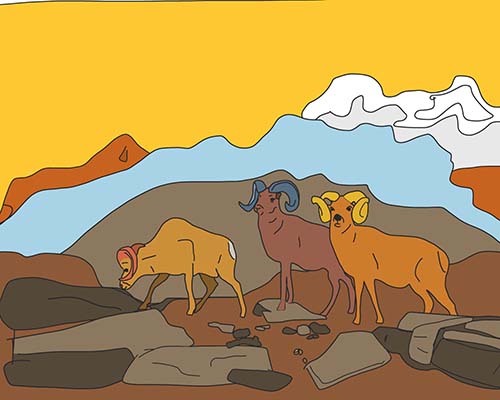

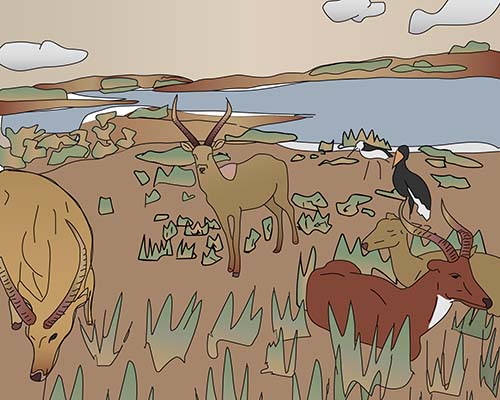
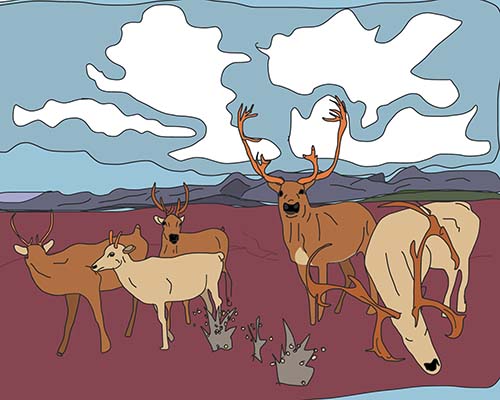
Web Guide
A web-based guide to the various tree species to be found throughout Times Square. Read more »
Hinterlands
A found-footage short film featuring heavily processed surfing films of the 1960s montaged against archival war footage. Original soundtrack.
Official Selection, City Lights Film Festival, 2015
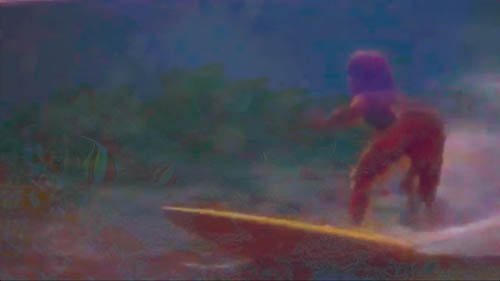
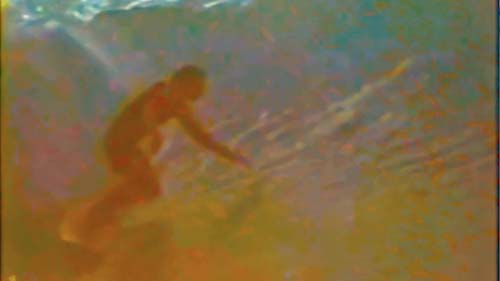
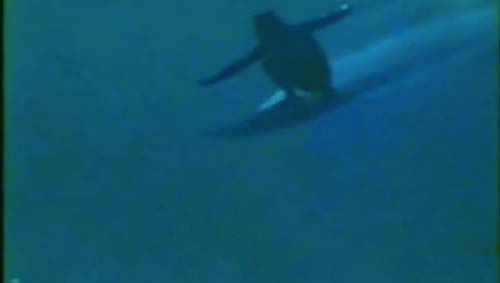
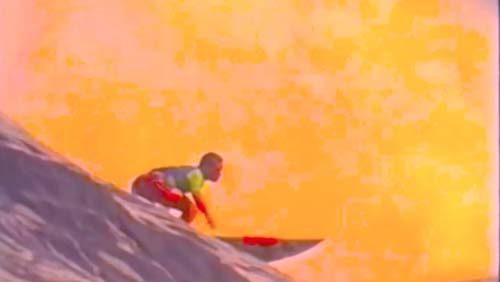
Runtime 5:28
Vector Illustrations
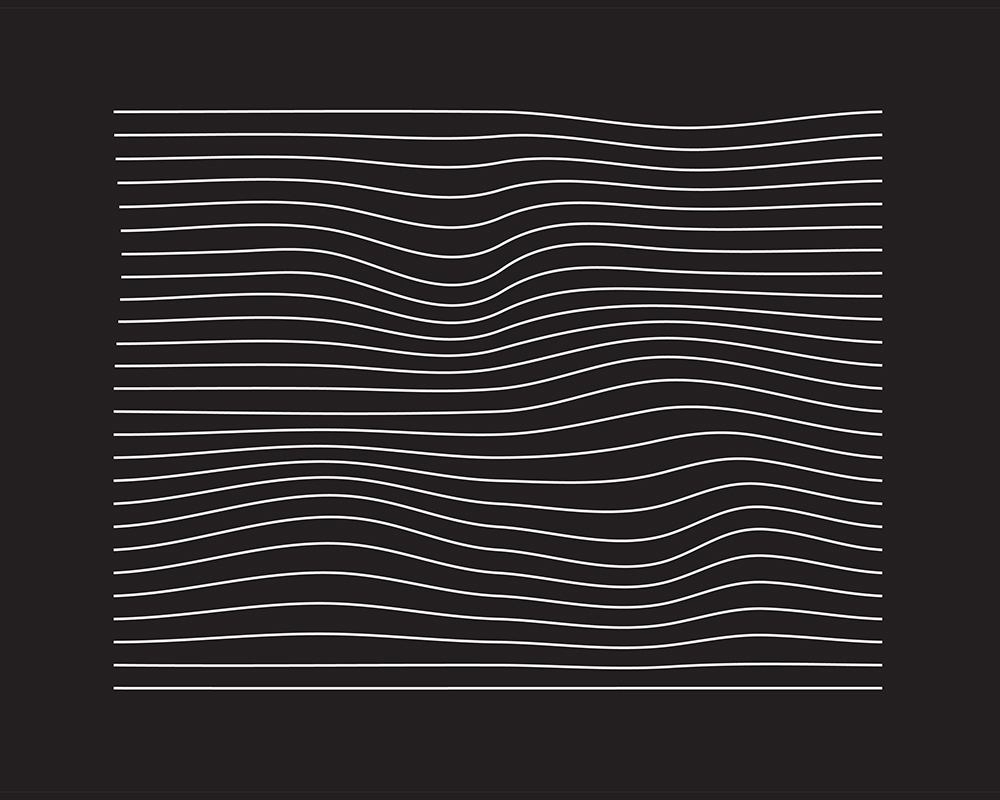
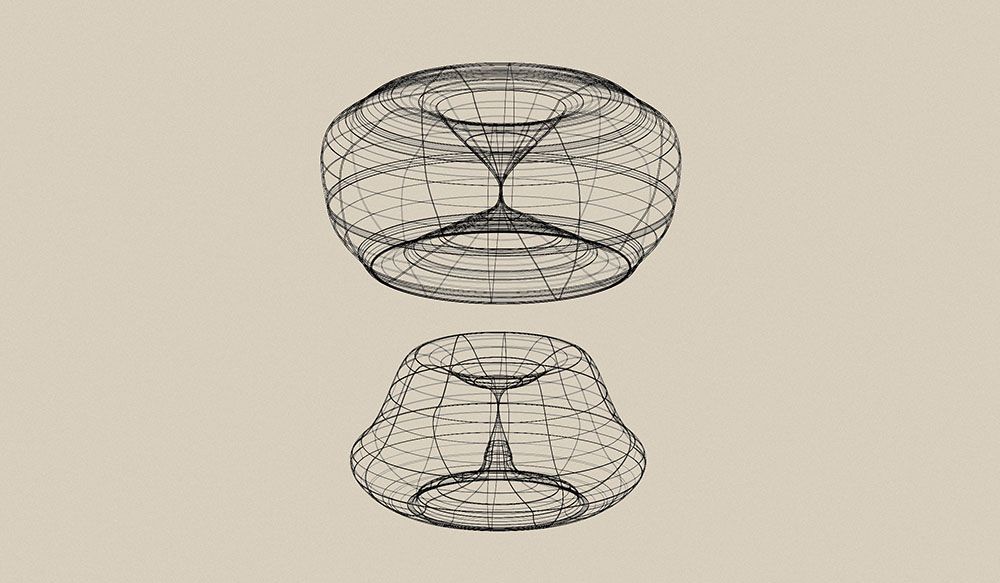
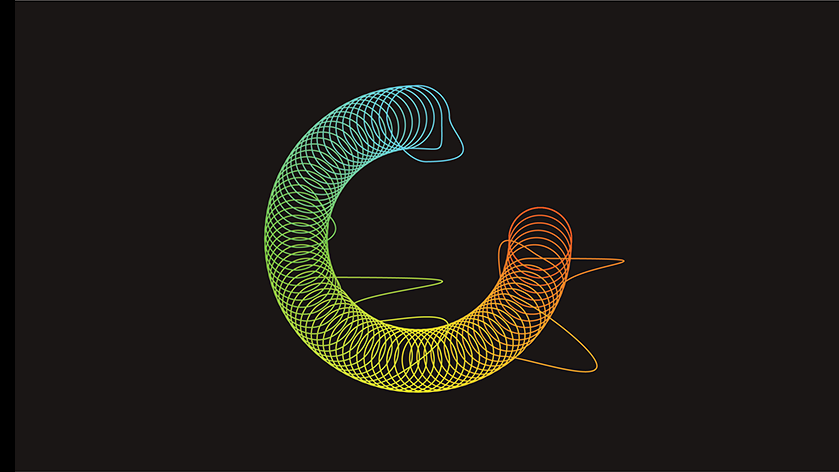
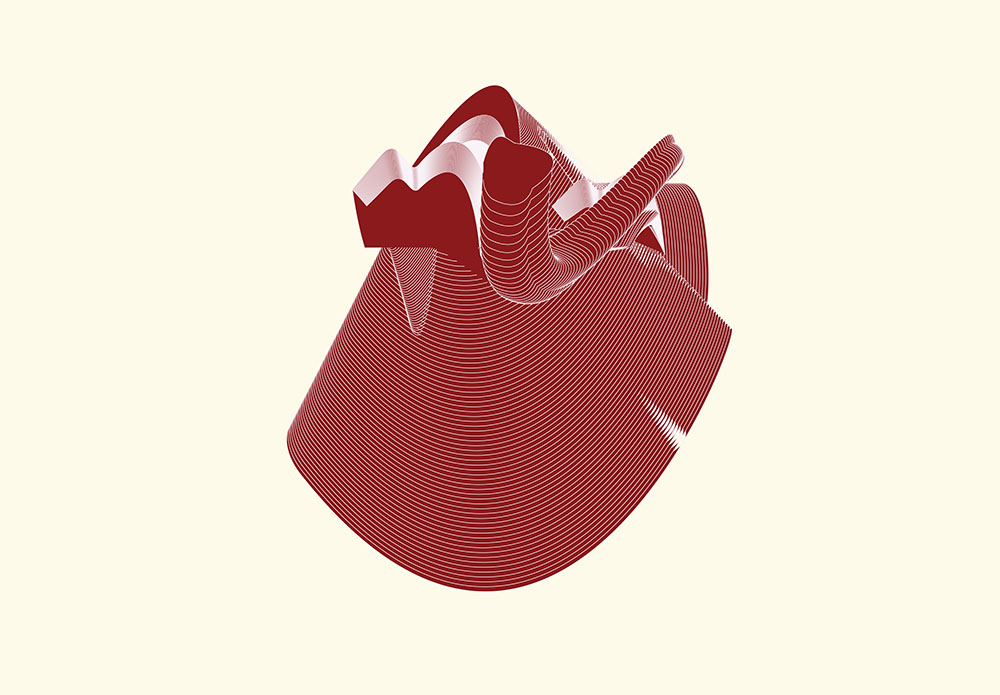
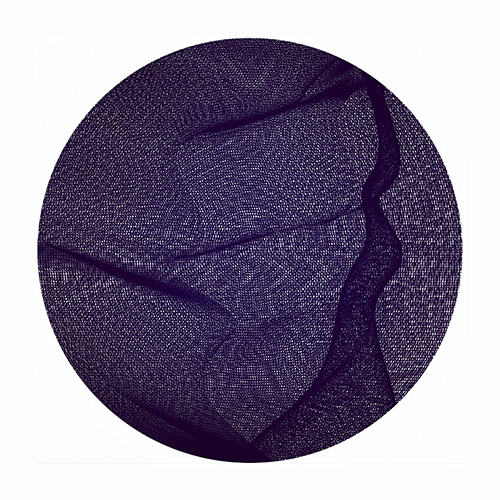
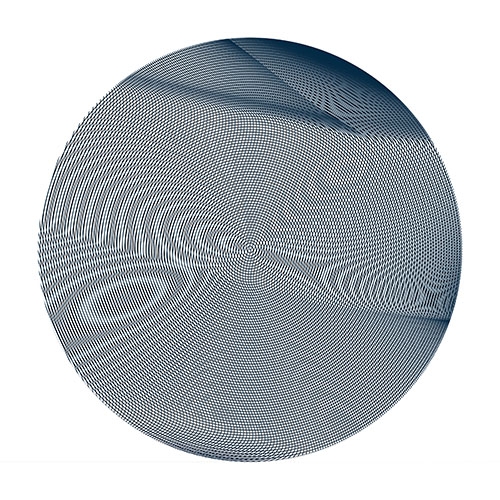
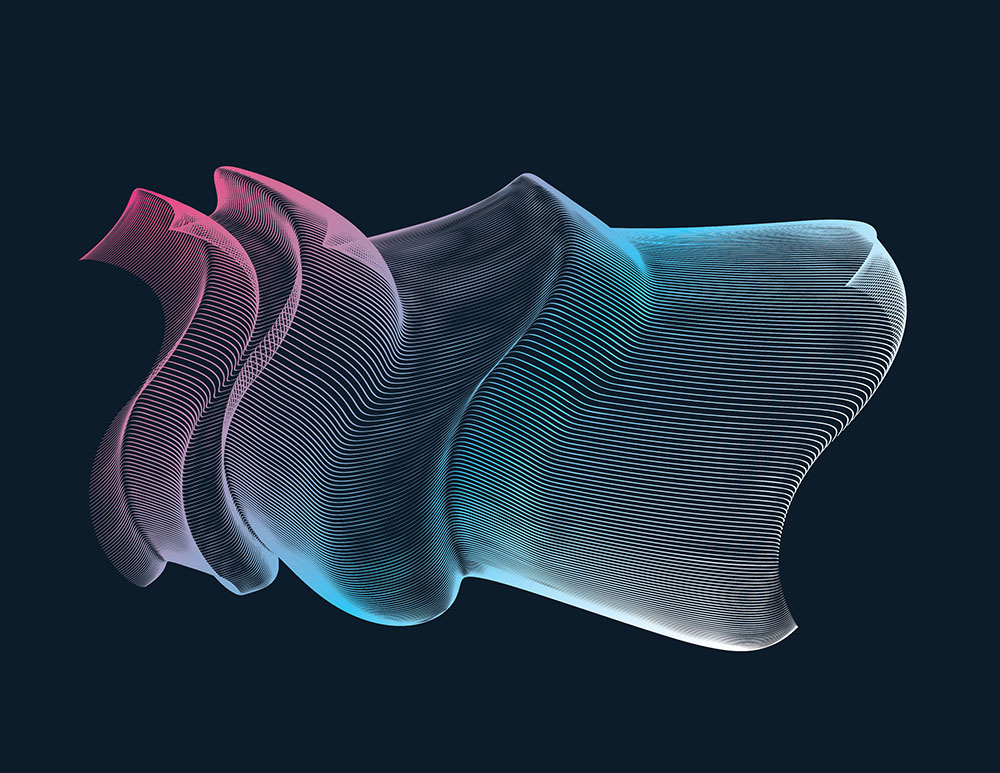
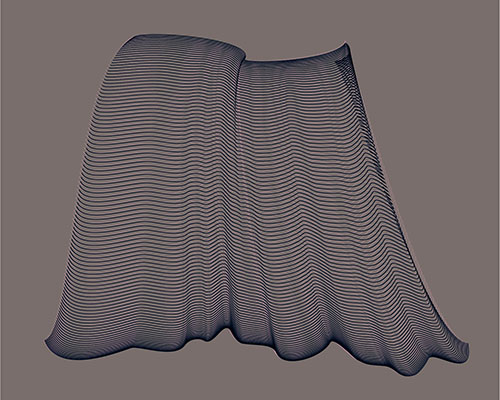
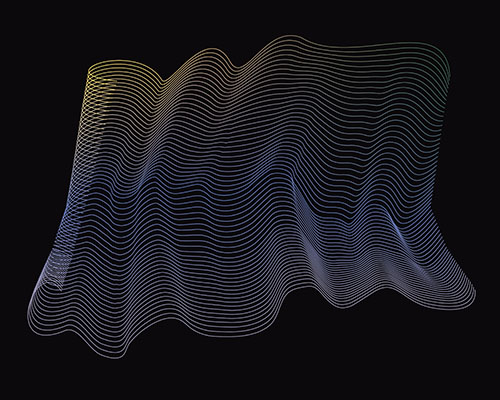
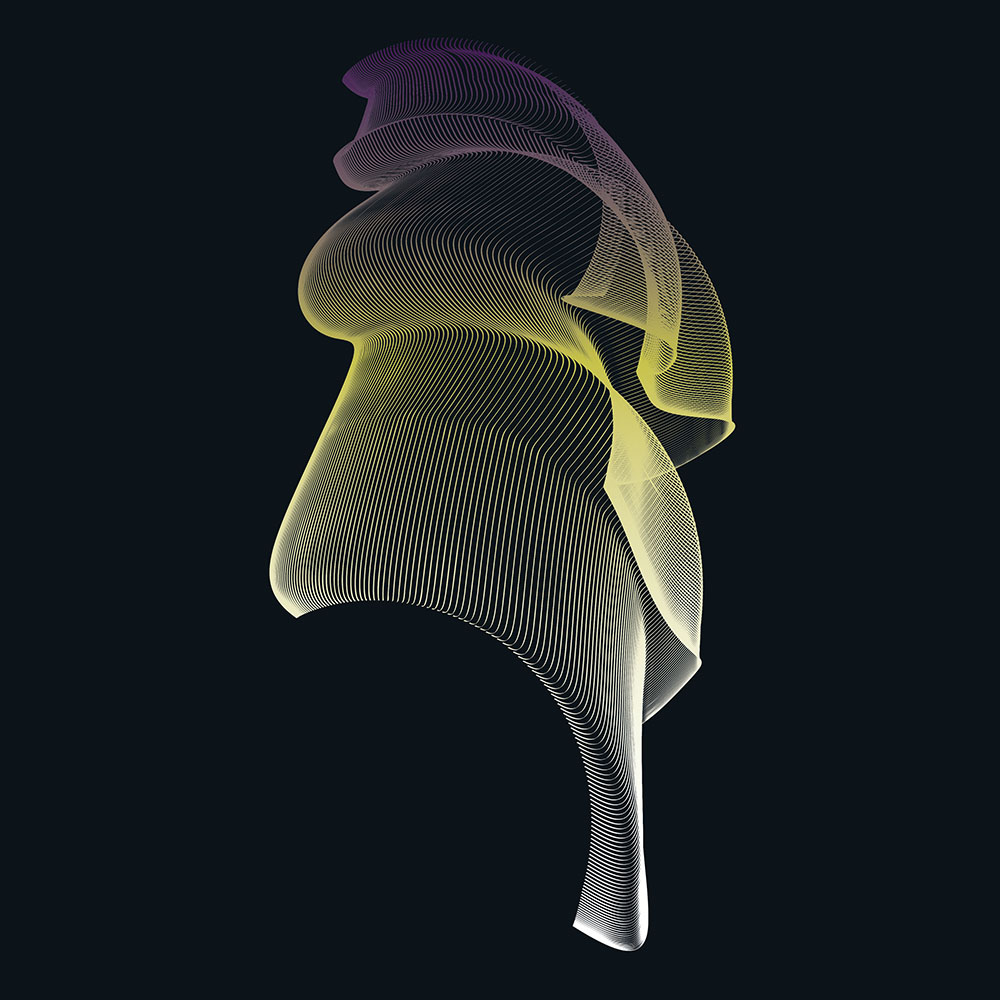
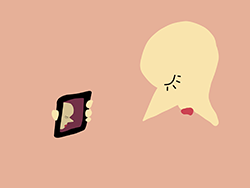


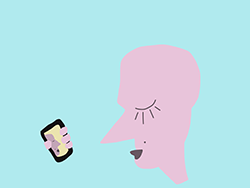
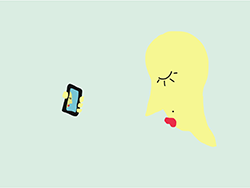


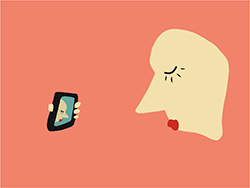
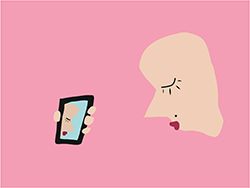

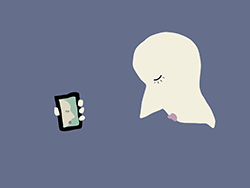
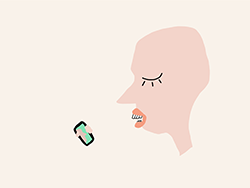
zine
Teaching Demos
In addition to the work detailed elsewhere on this site a selection of real-world teaching demos is featured below. My syllabus assignments introduce and build on concepts related to film & video, photography & image editing, illustration, motion graphics, animation, visual effects, and web design using HTML5, CSS3, Bootstrap, Javascript, and P5.js among other libraries. Working with APIs is introduced via the OpenWeather API, the Google Maps API, Open Data APIs, museum APIs, and include real-time data visualization utilizing Chart.js
Typography Design
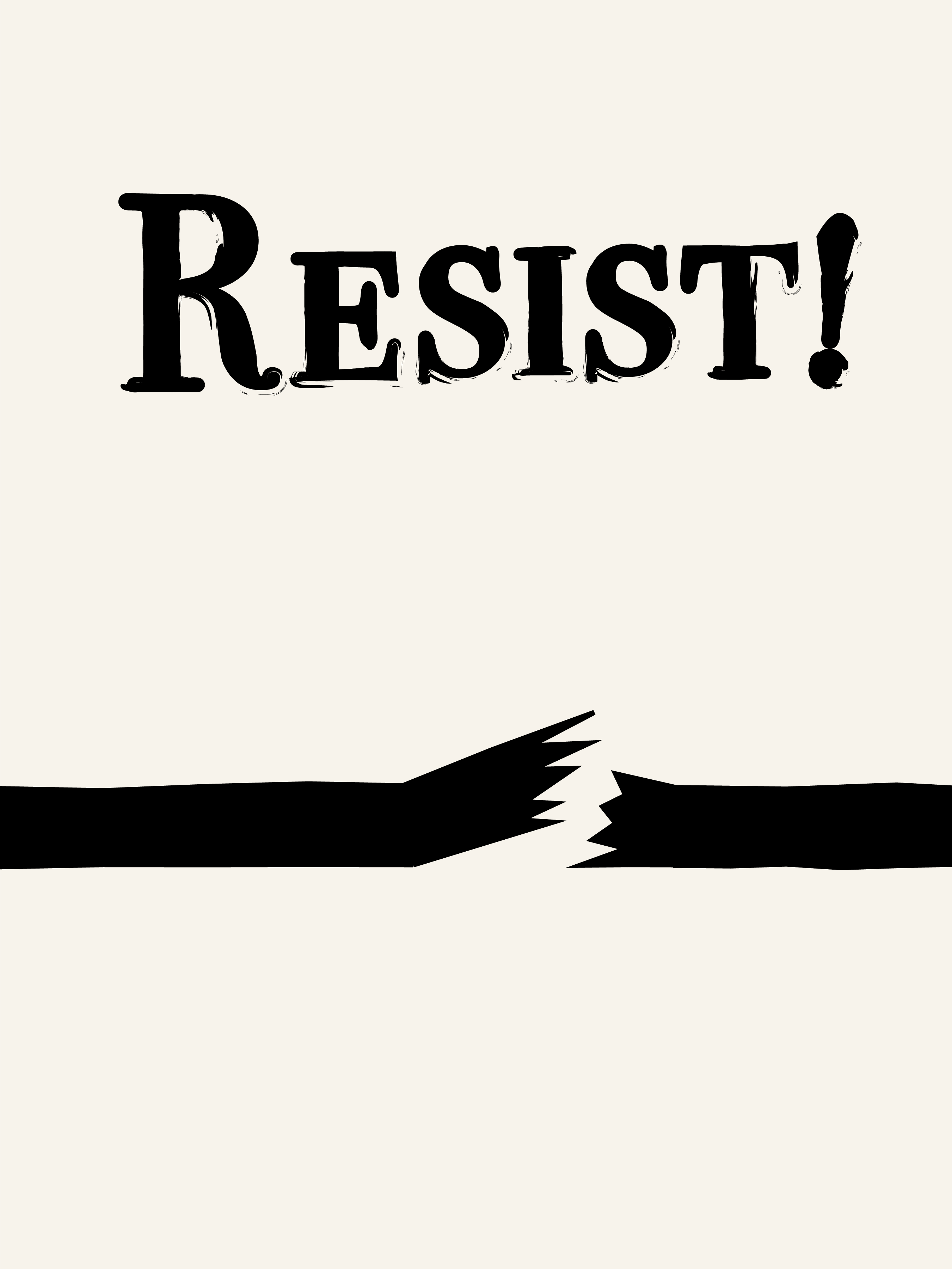
Motion Graphics
Animation
Rotoscoping
Vector Patterns
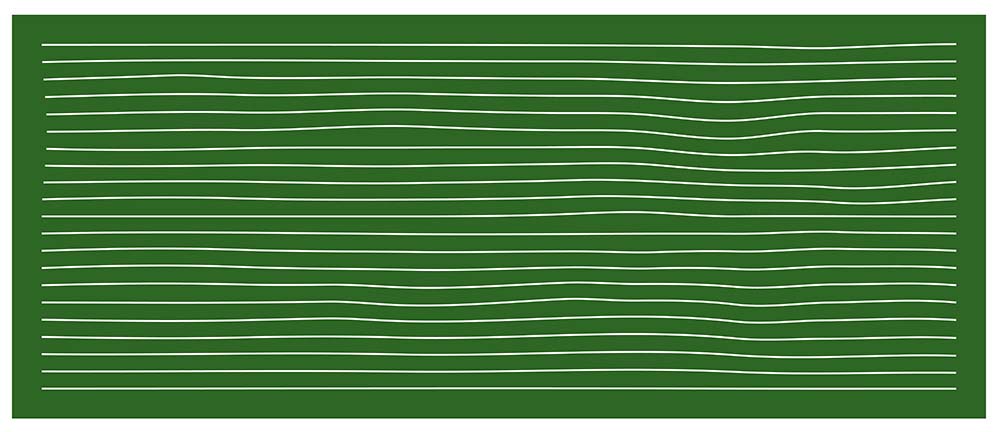
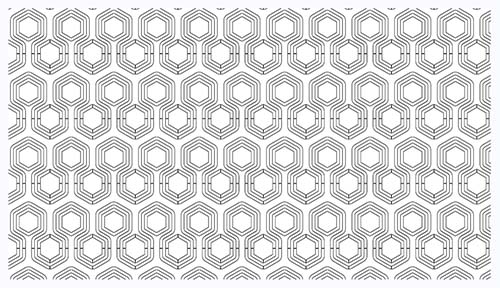
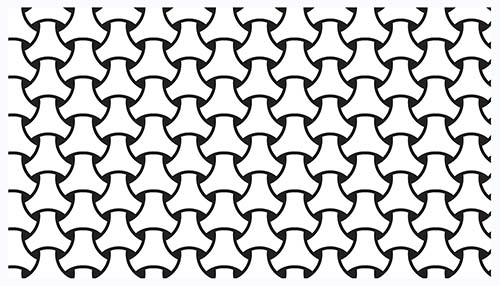
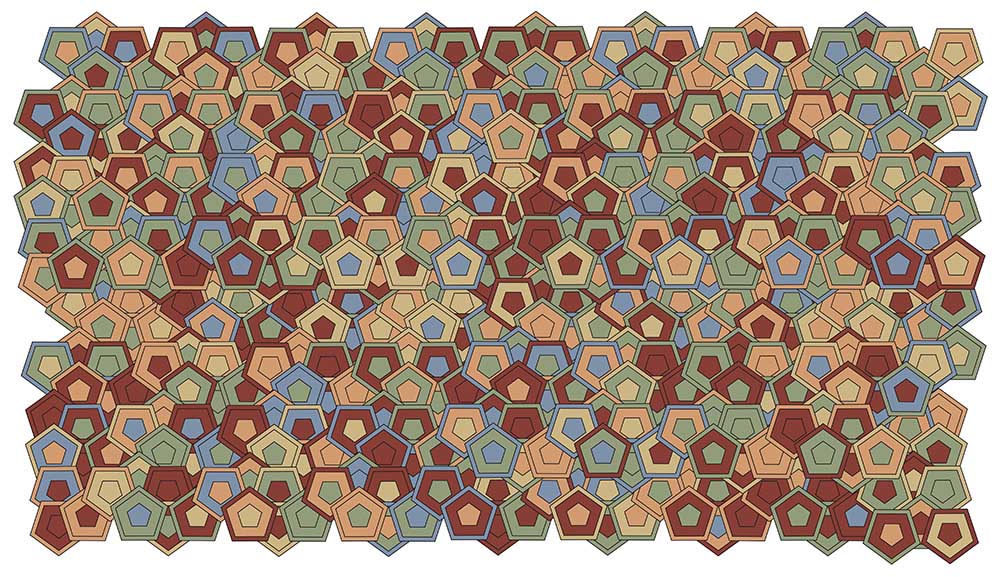
Generative VFX
Image Correction
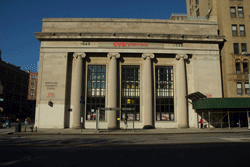
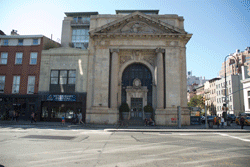
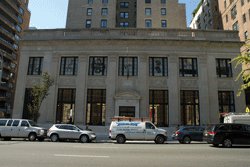
Real-time data visualization APIs
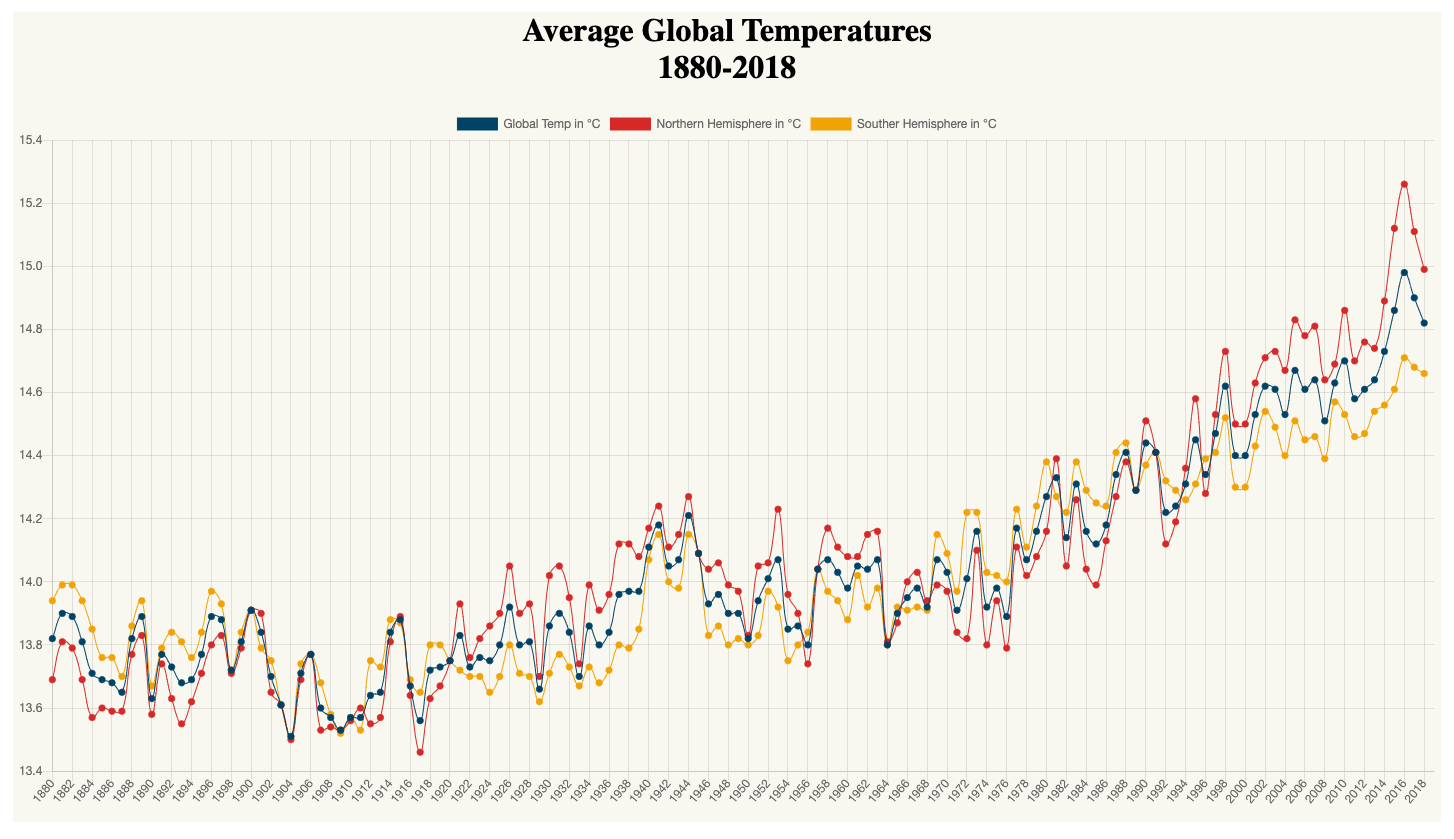
Logo Iconography
